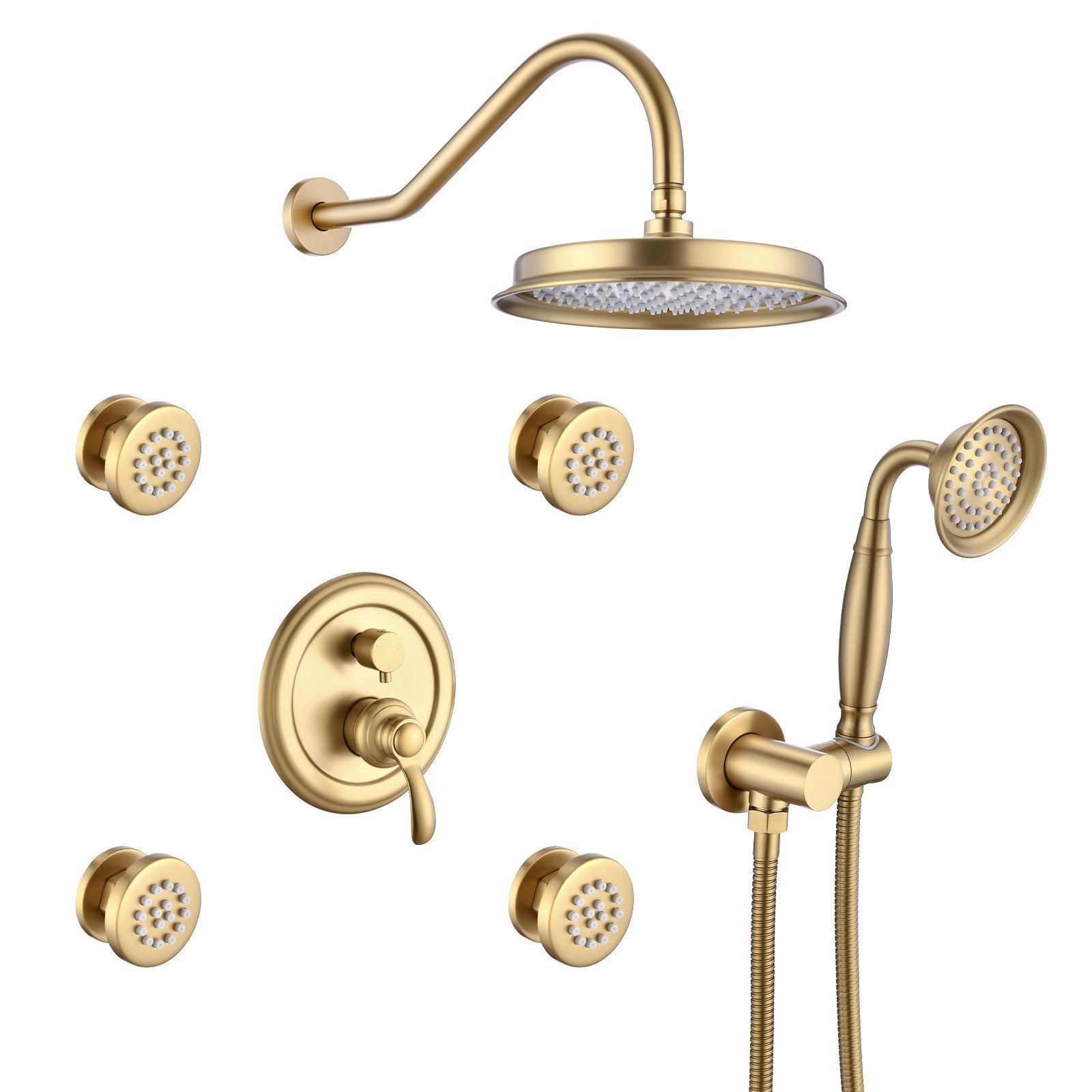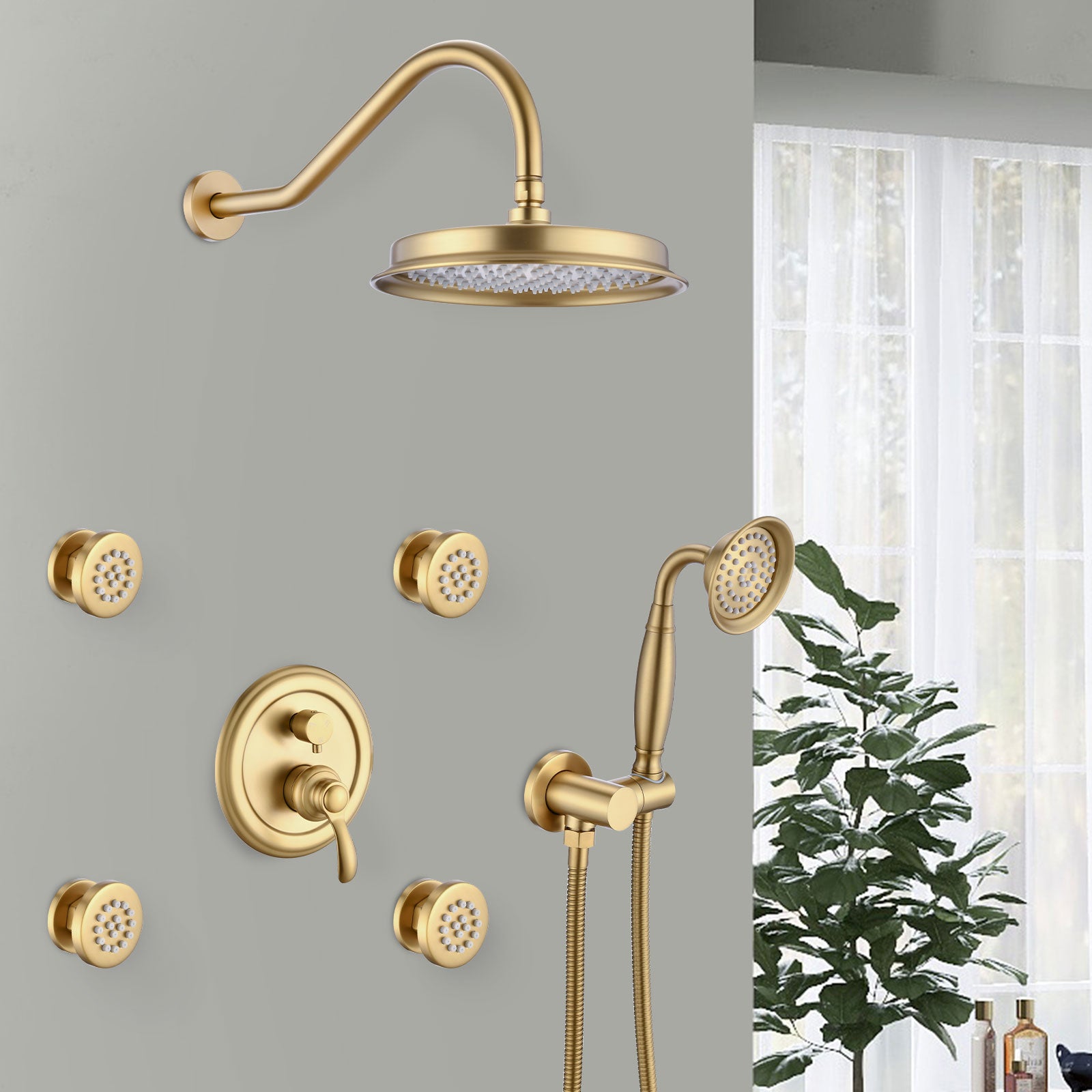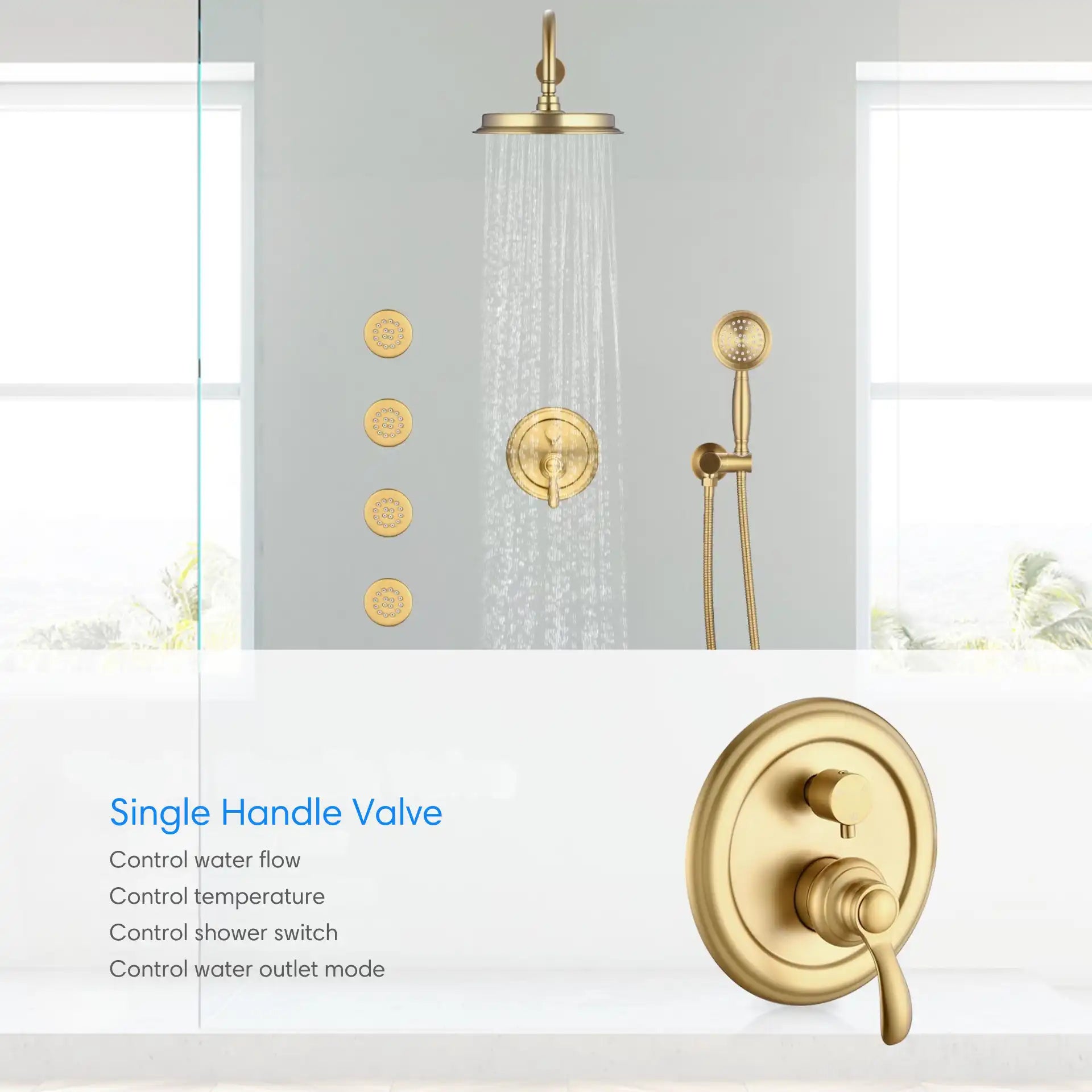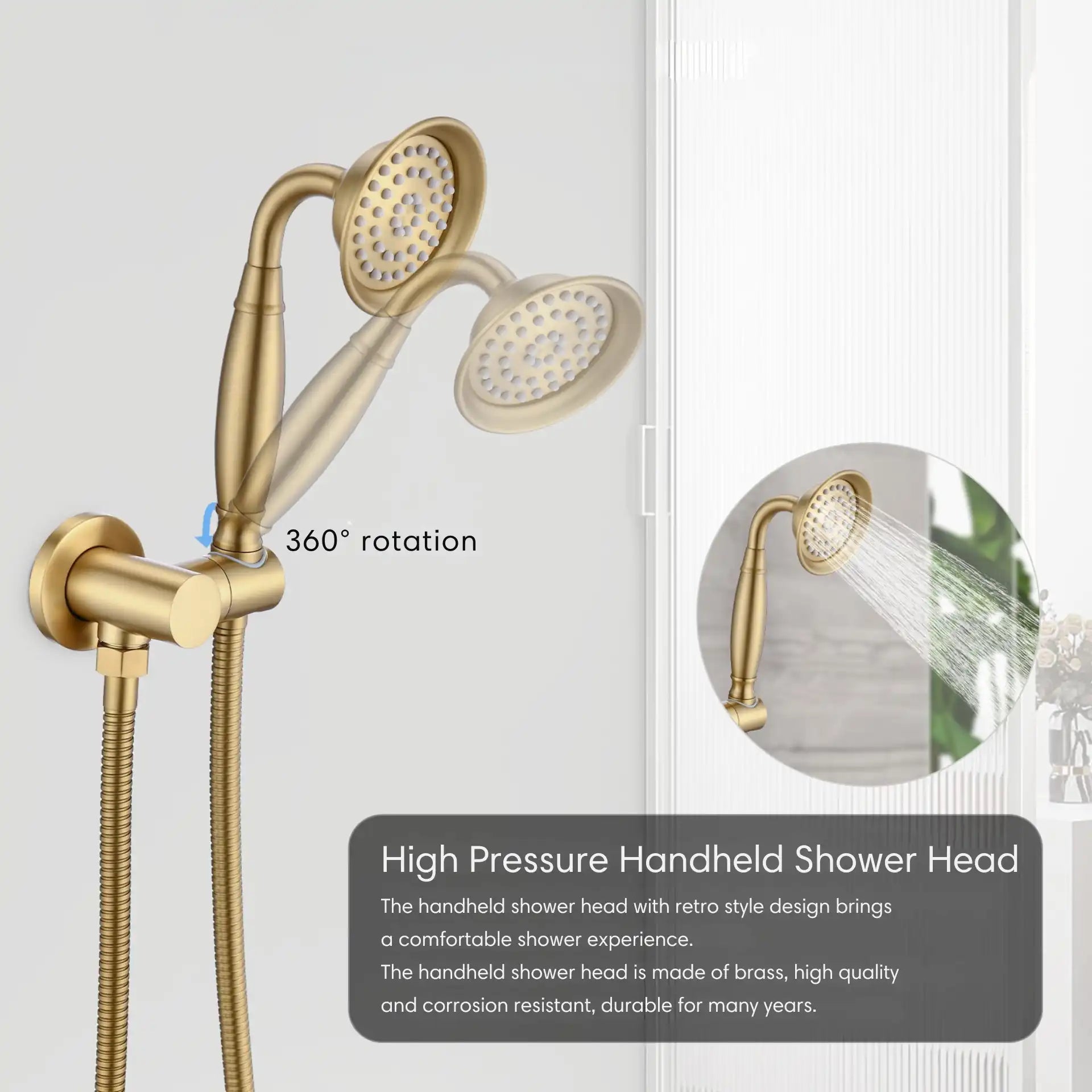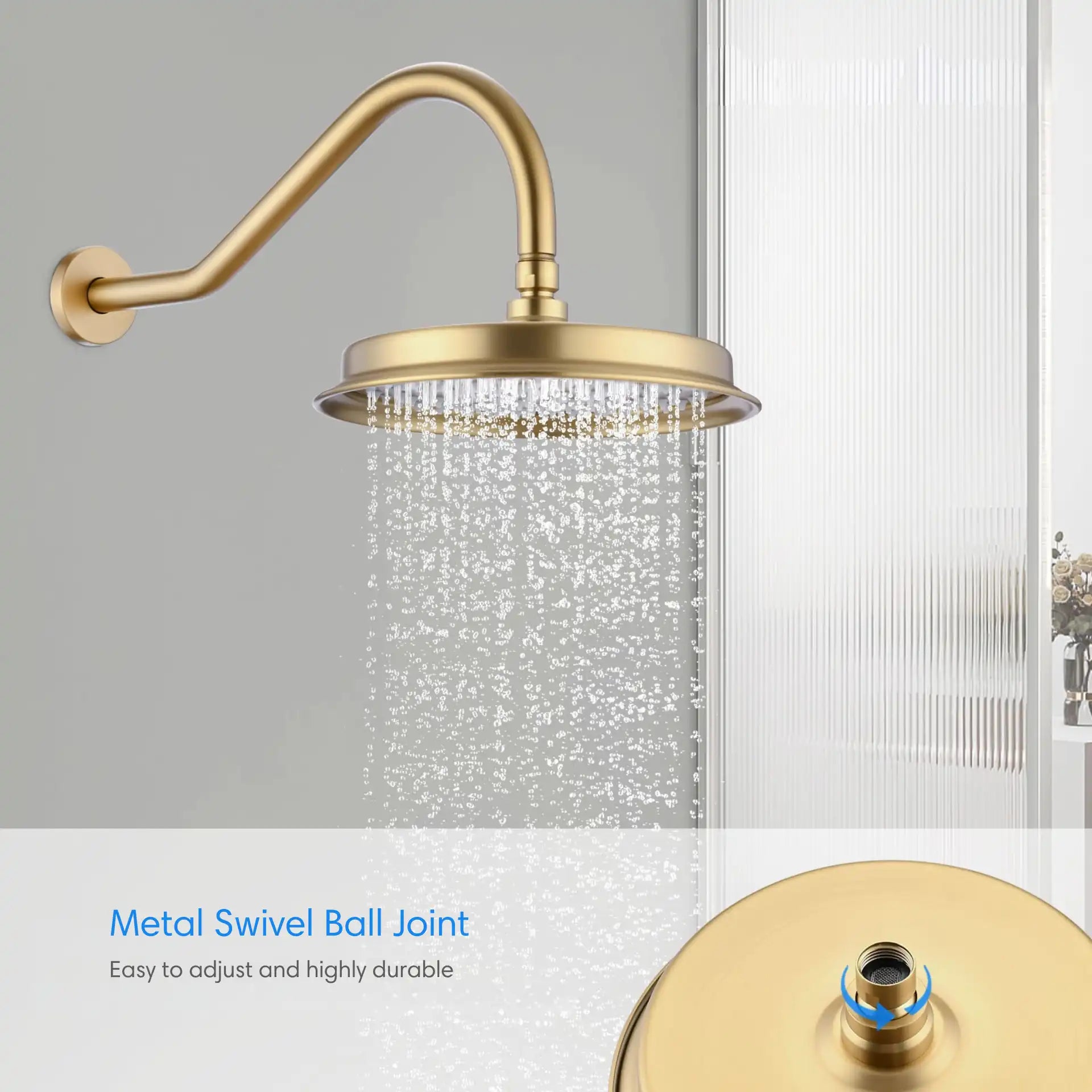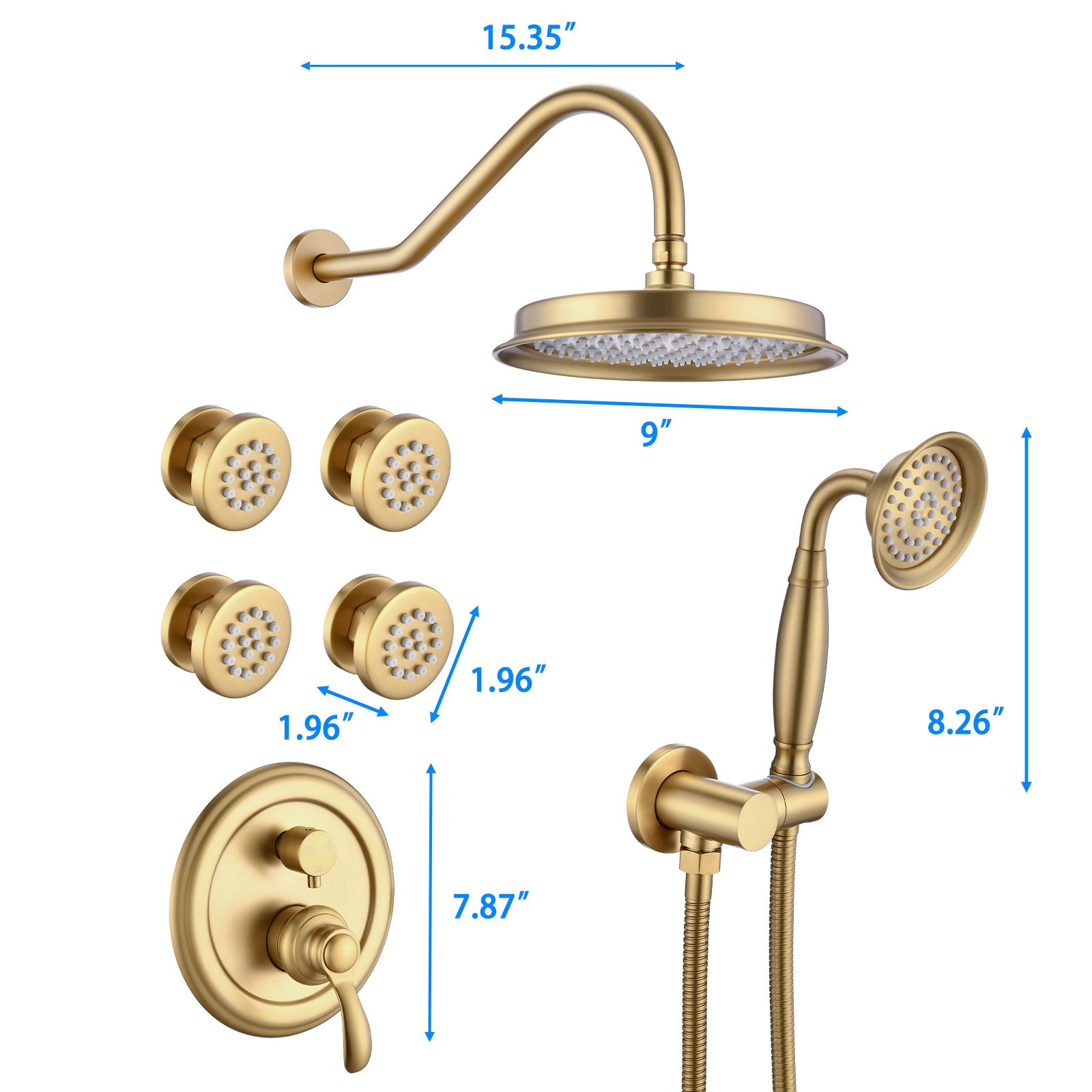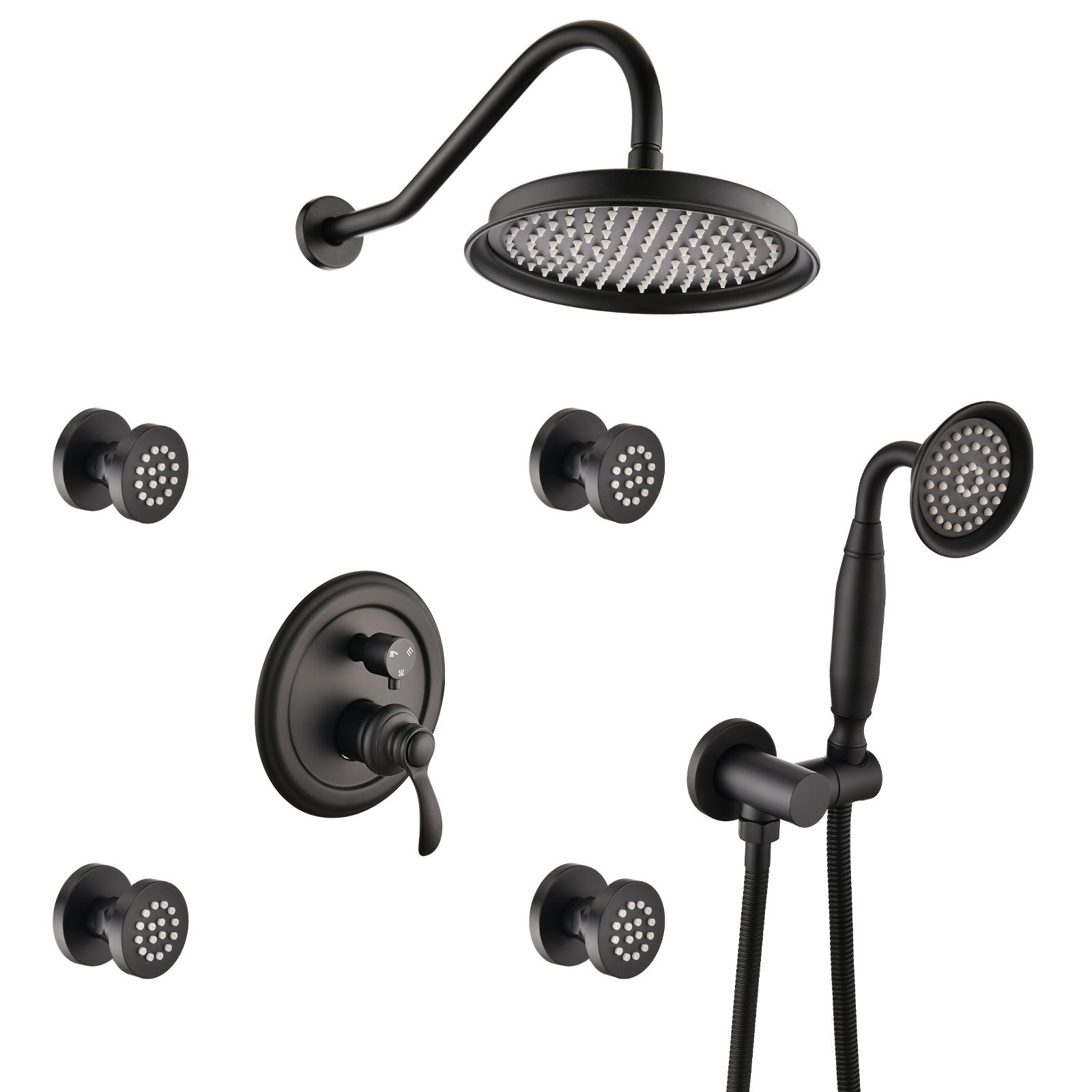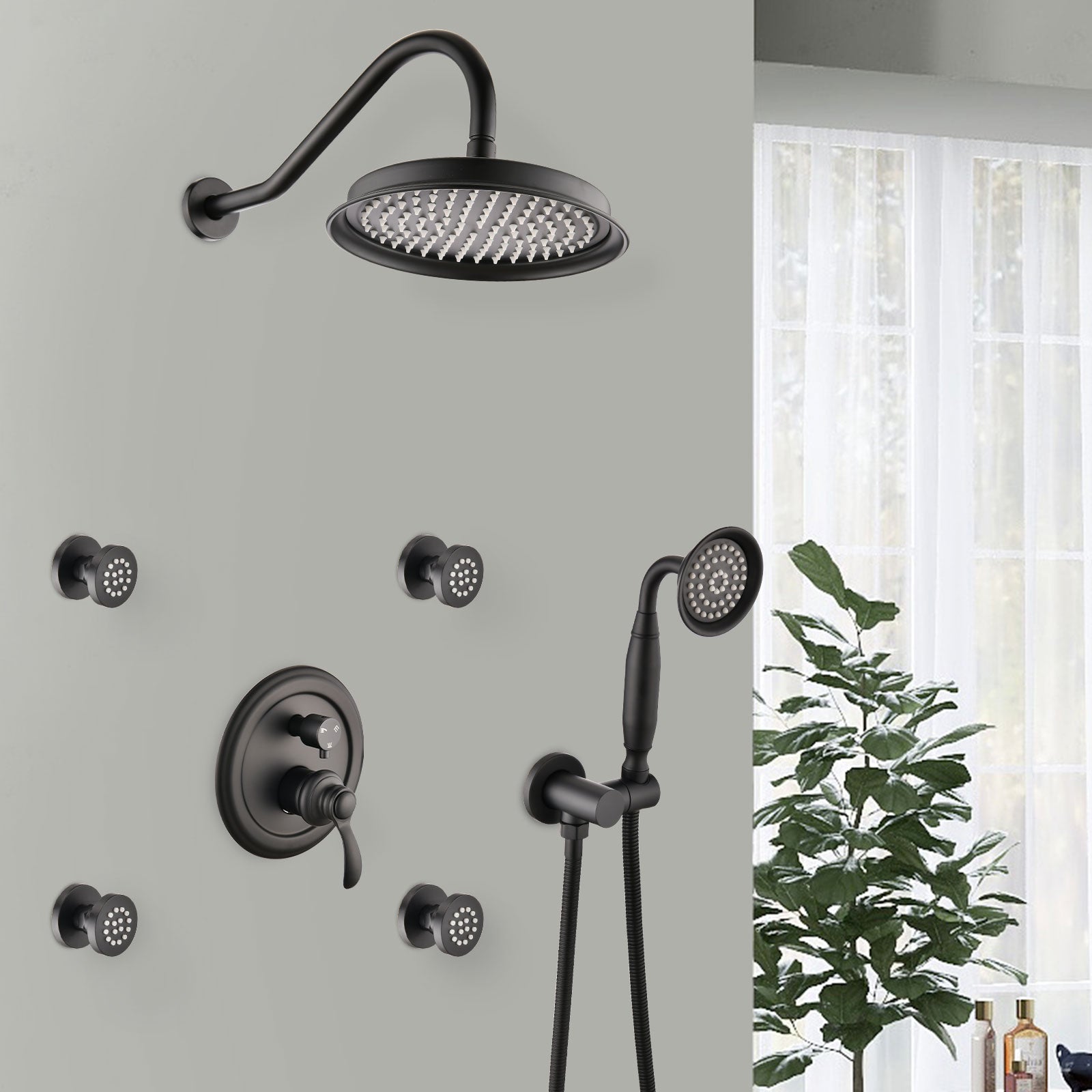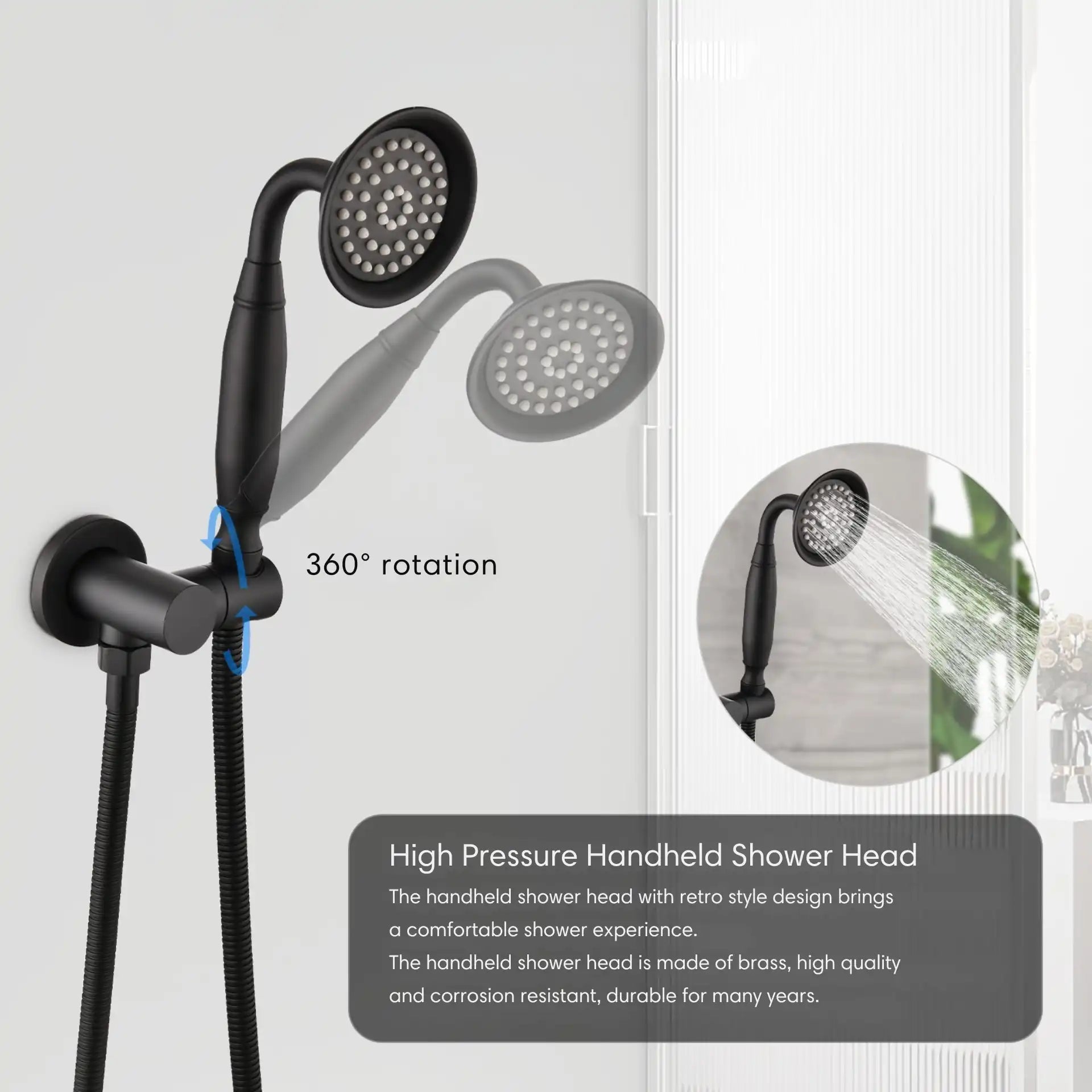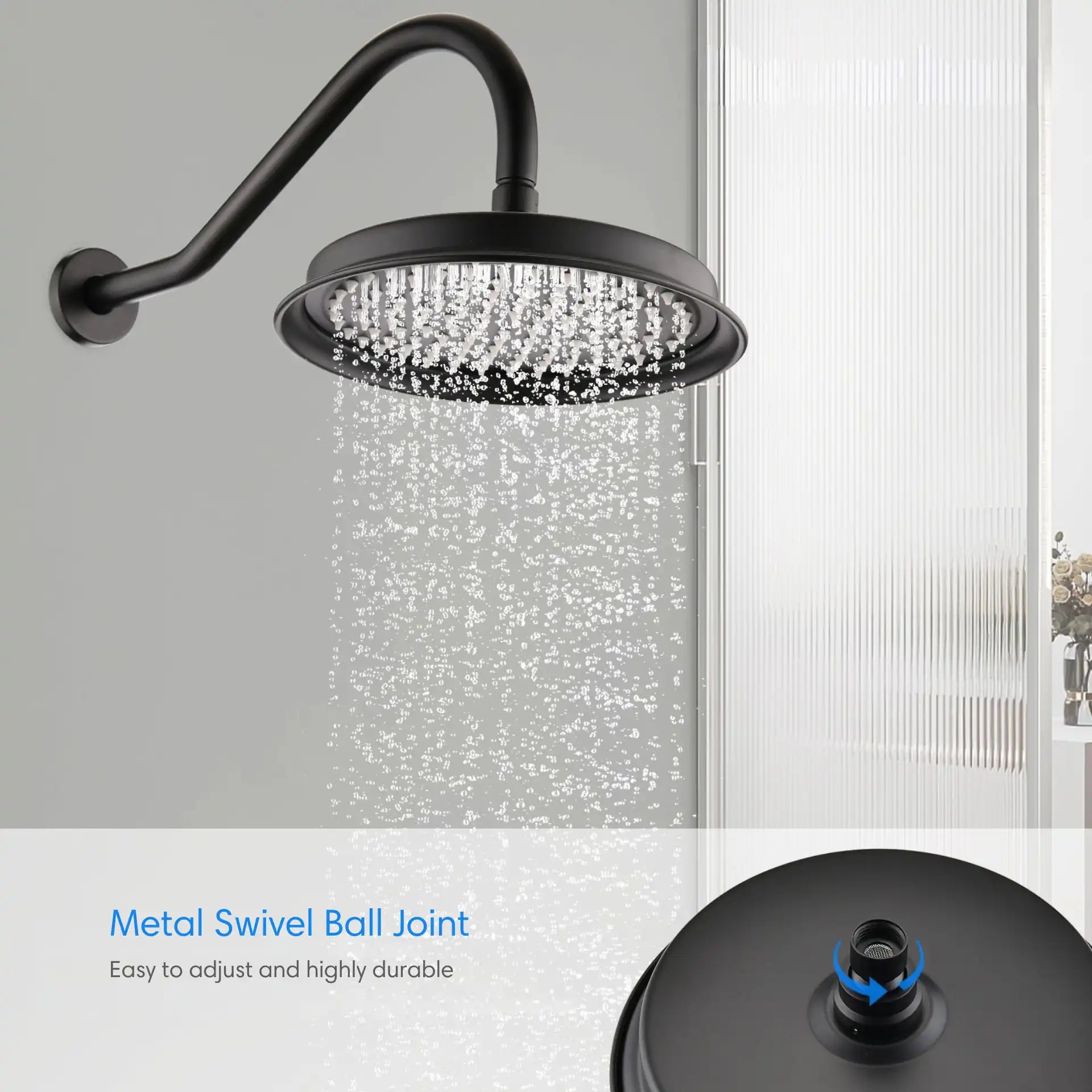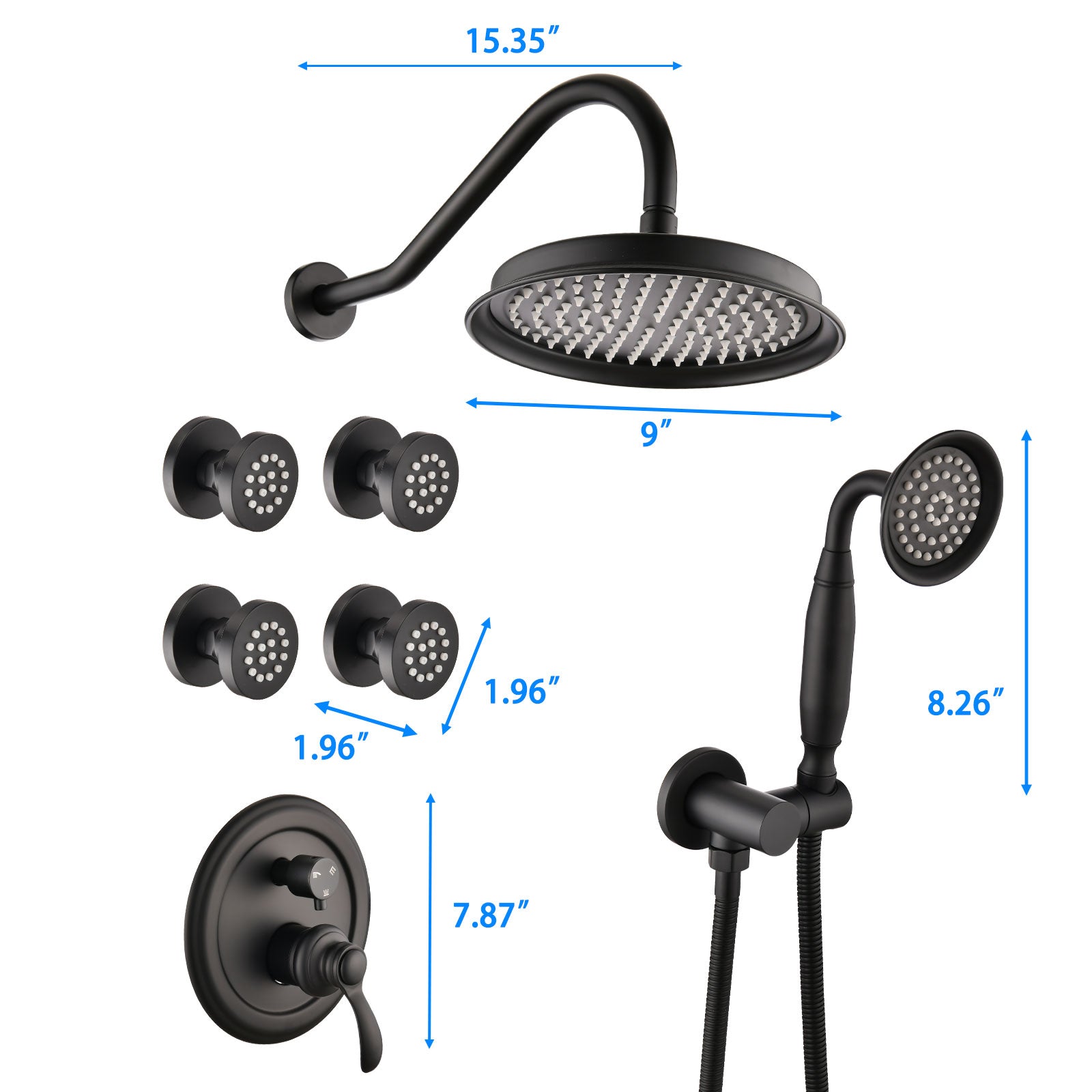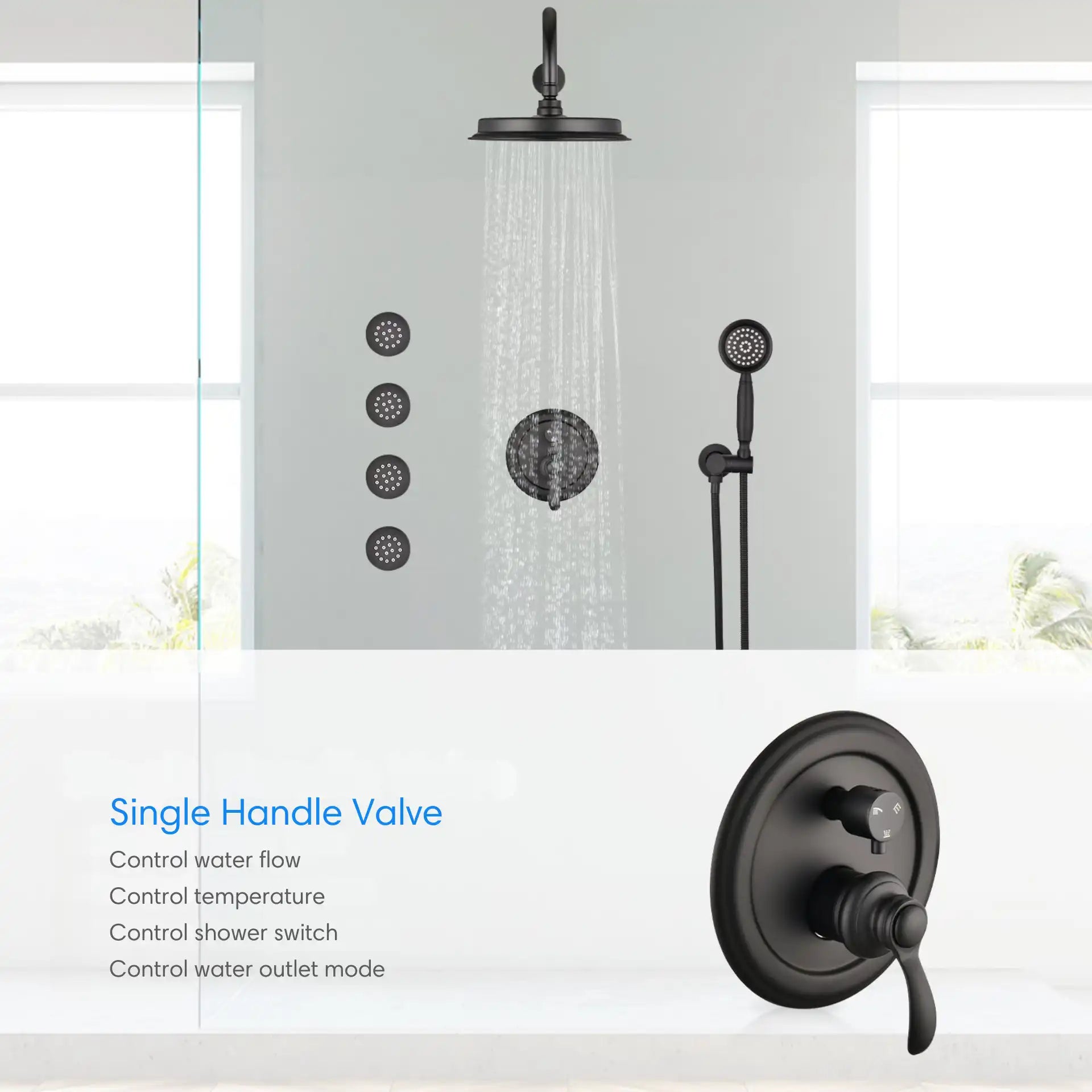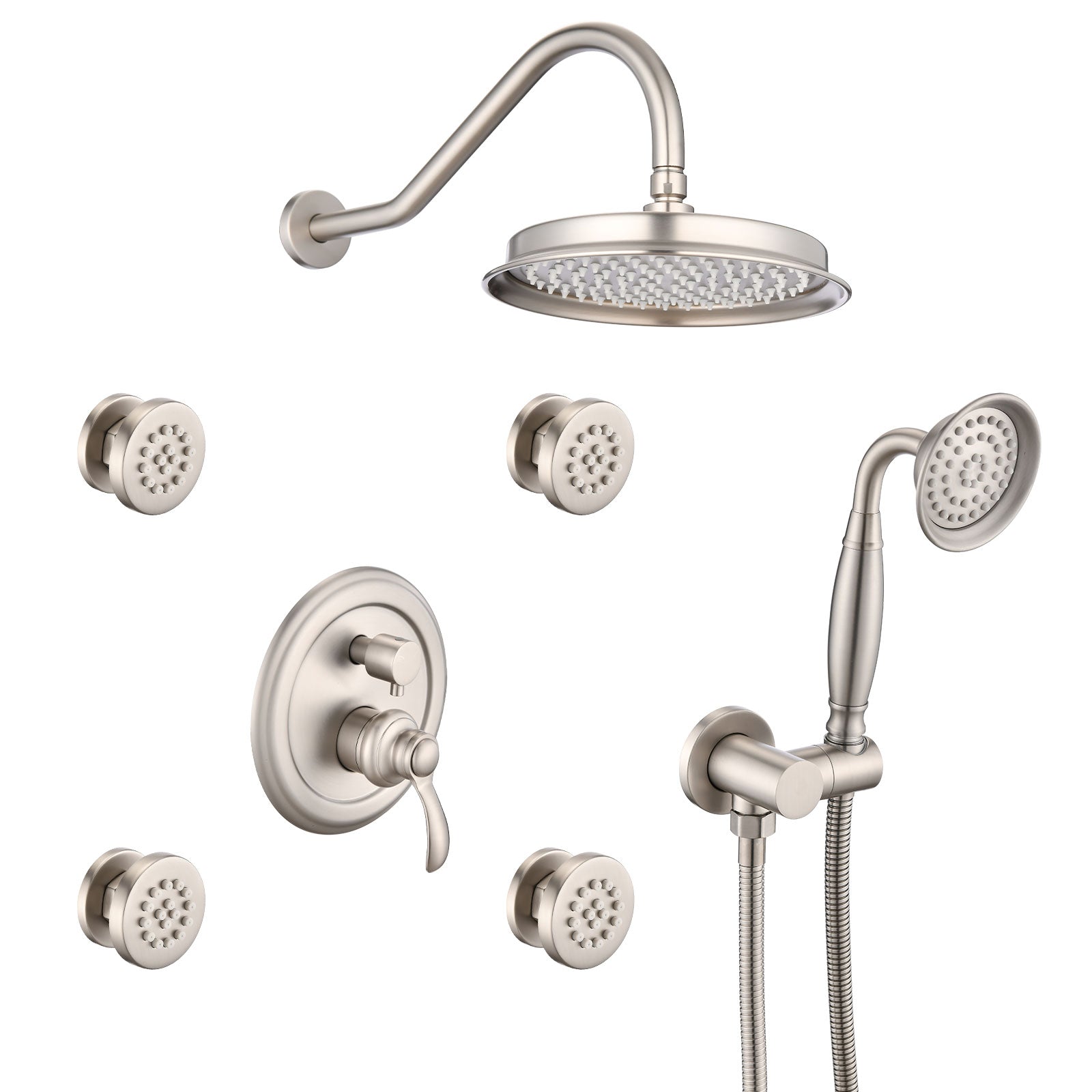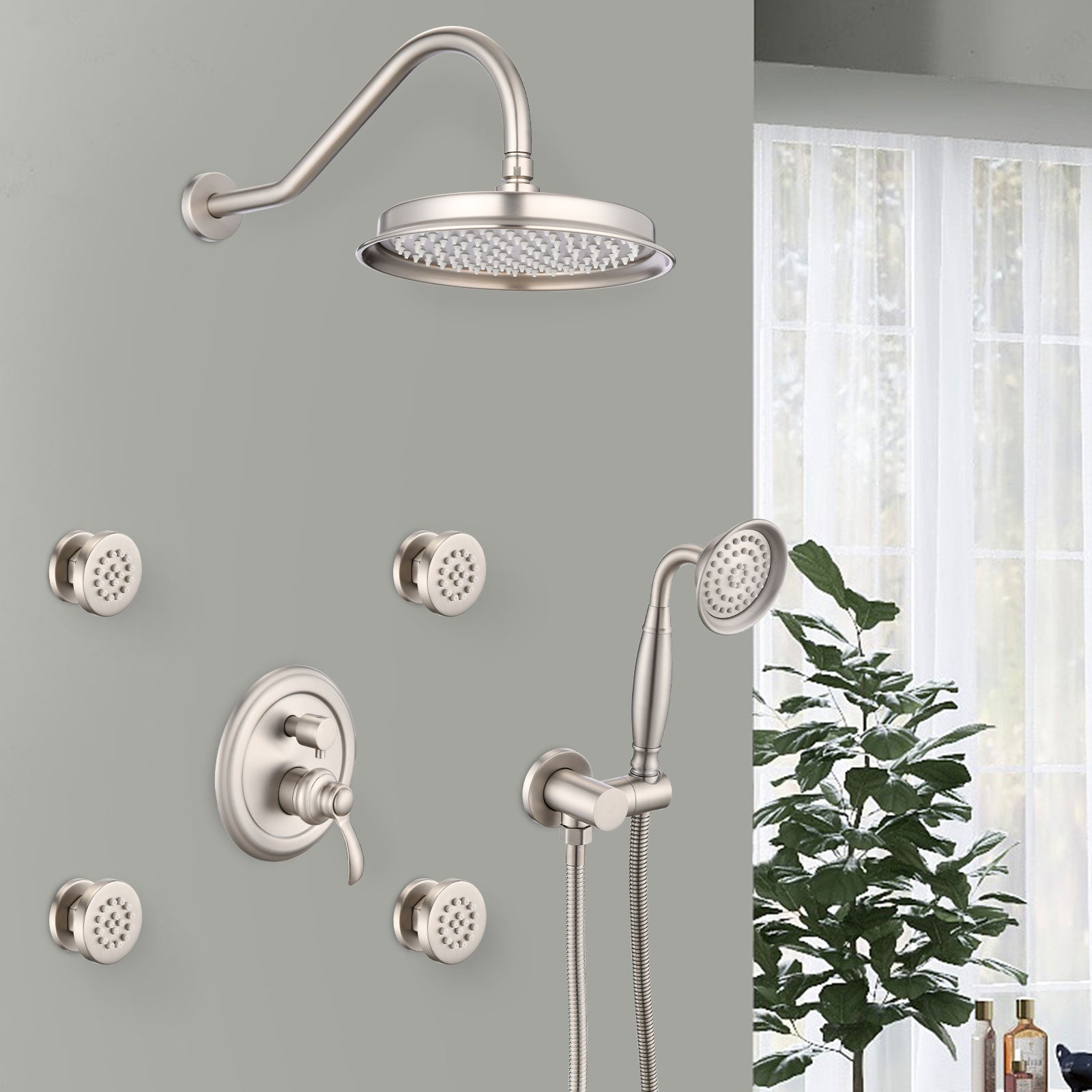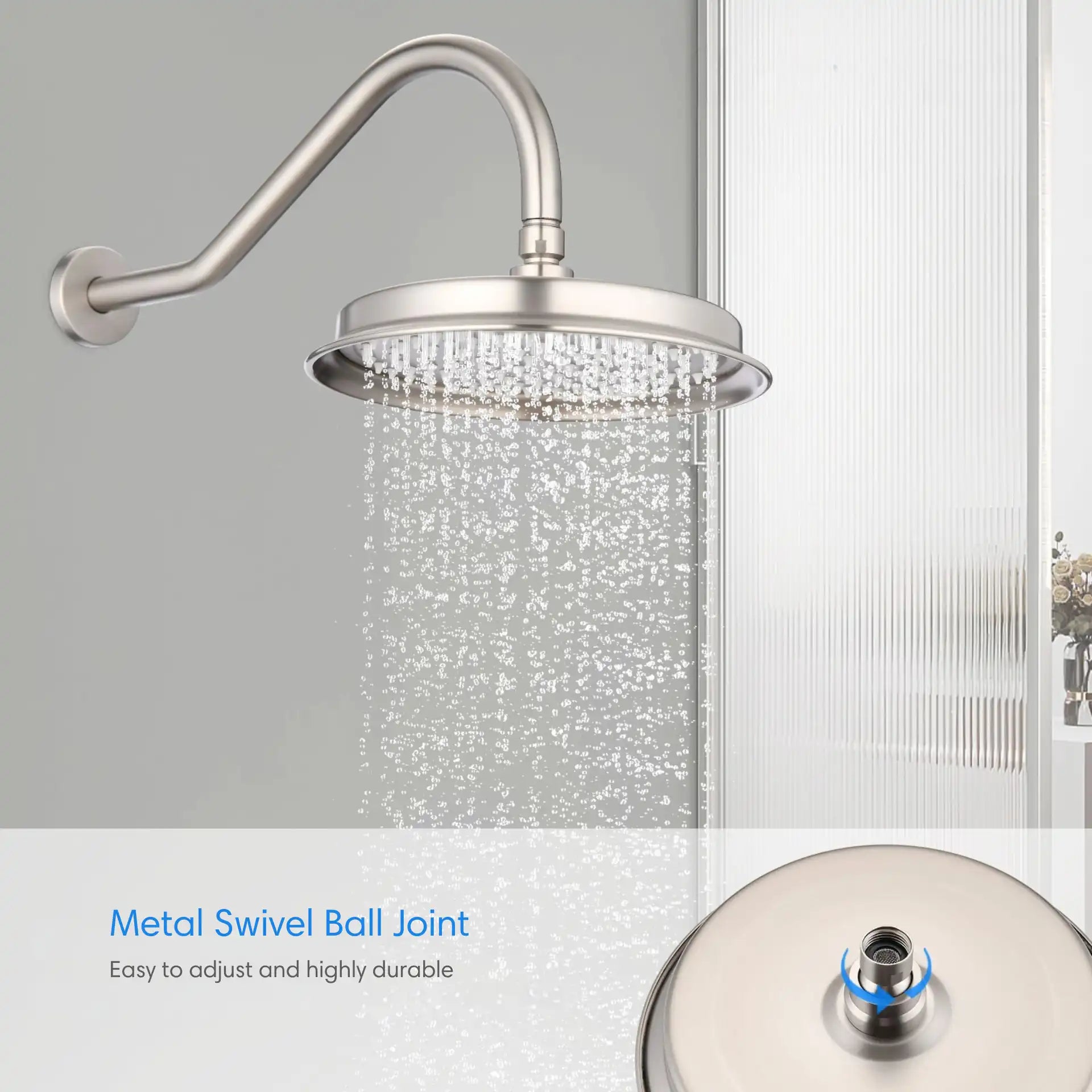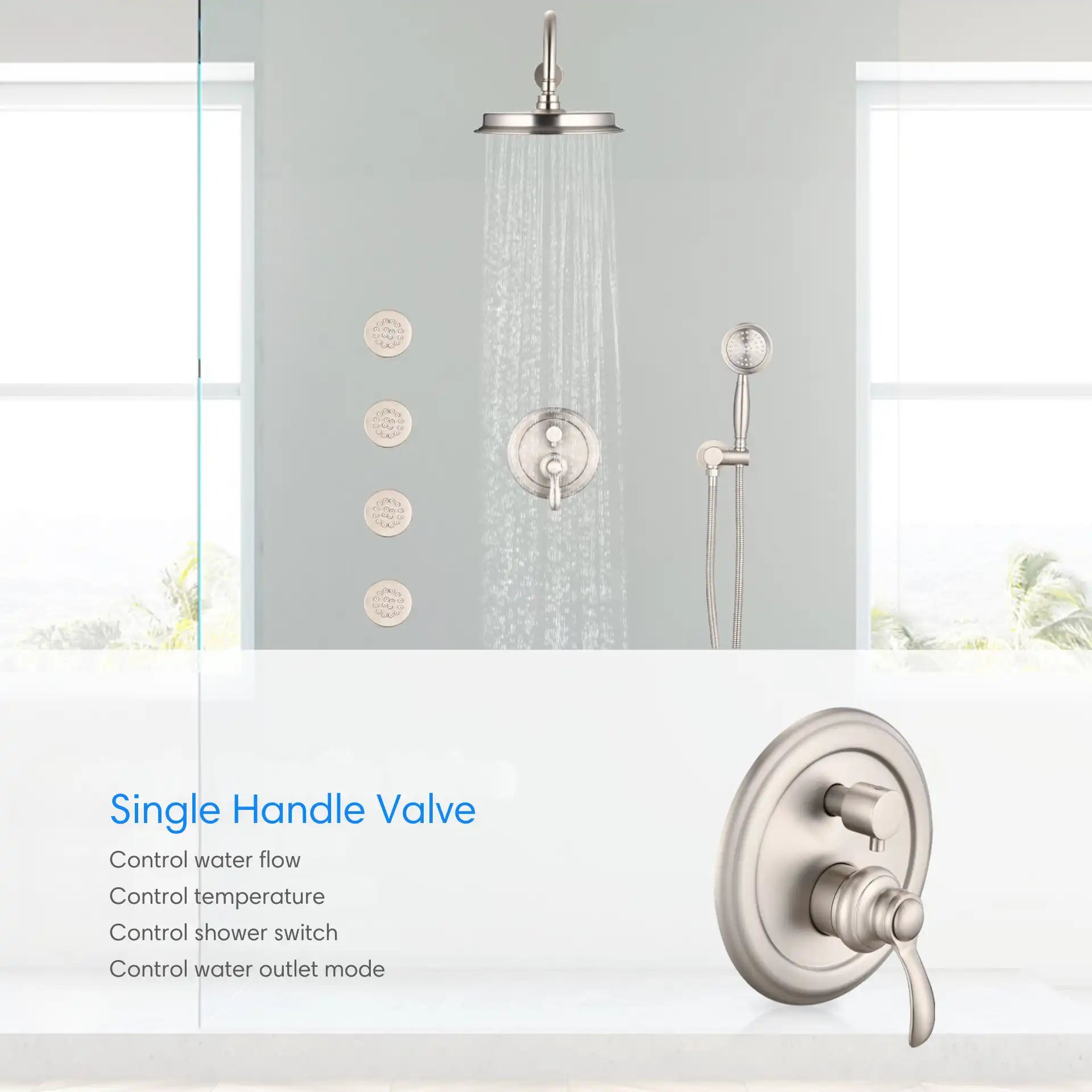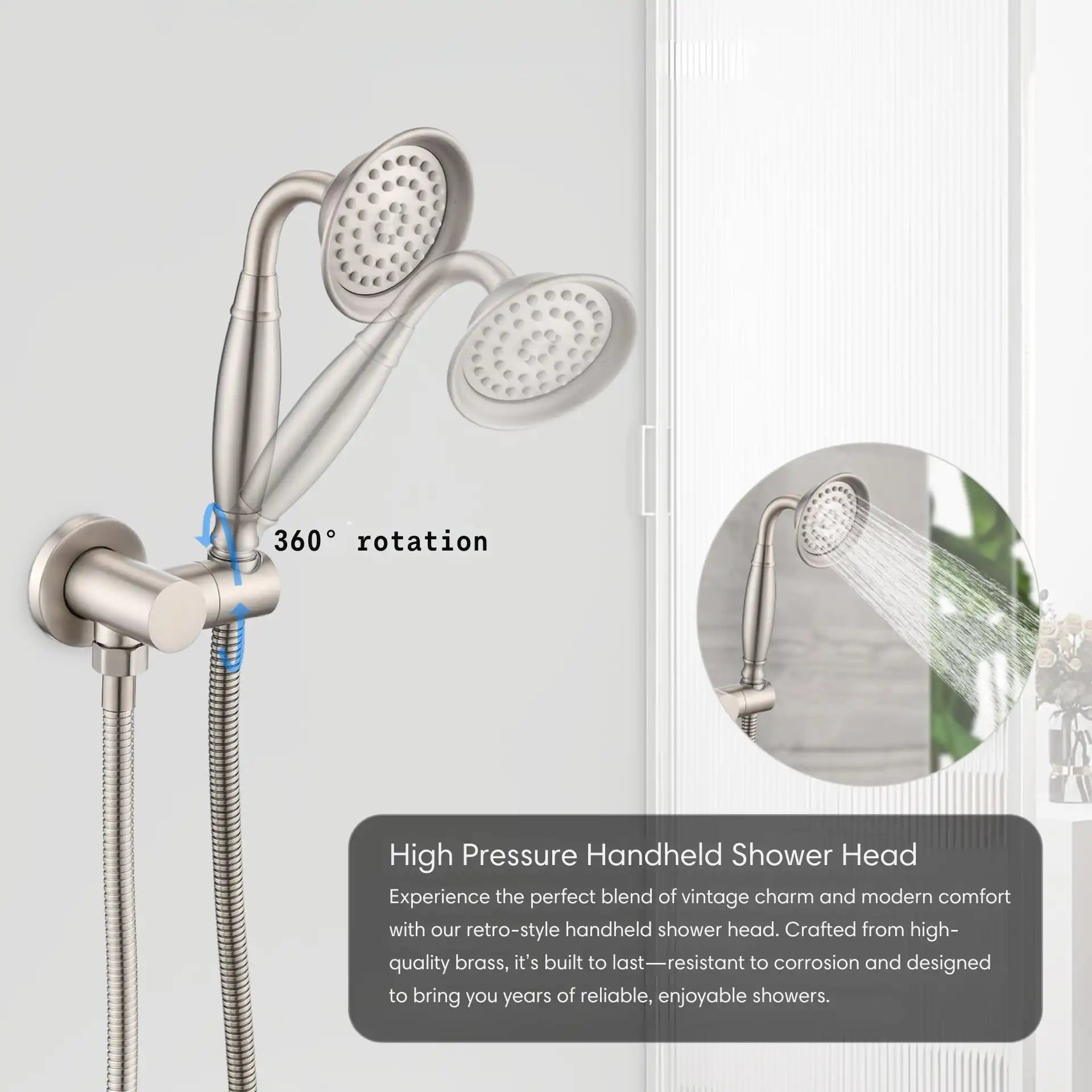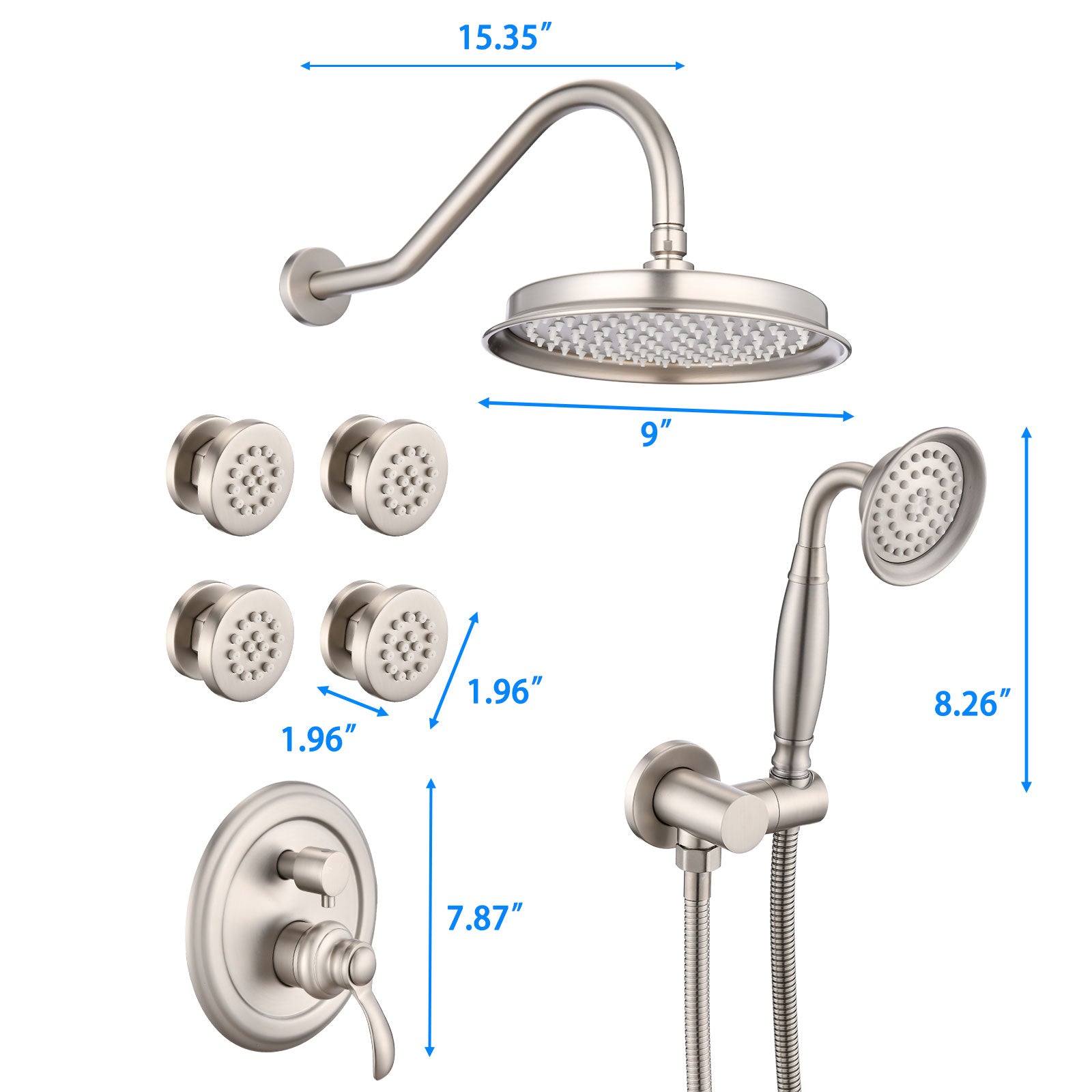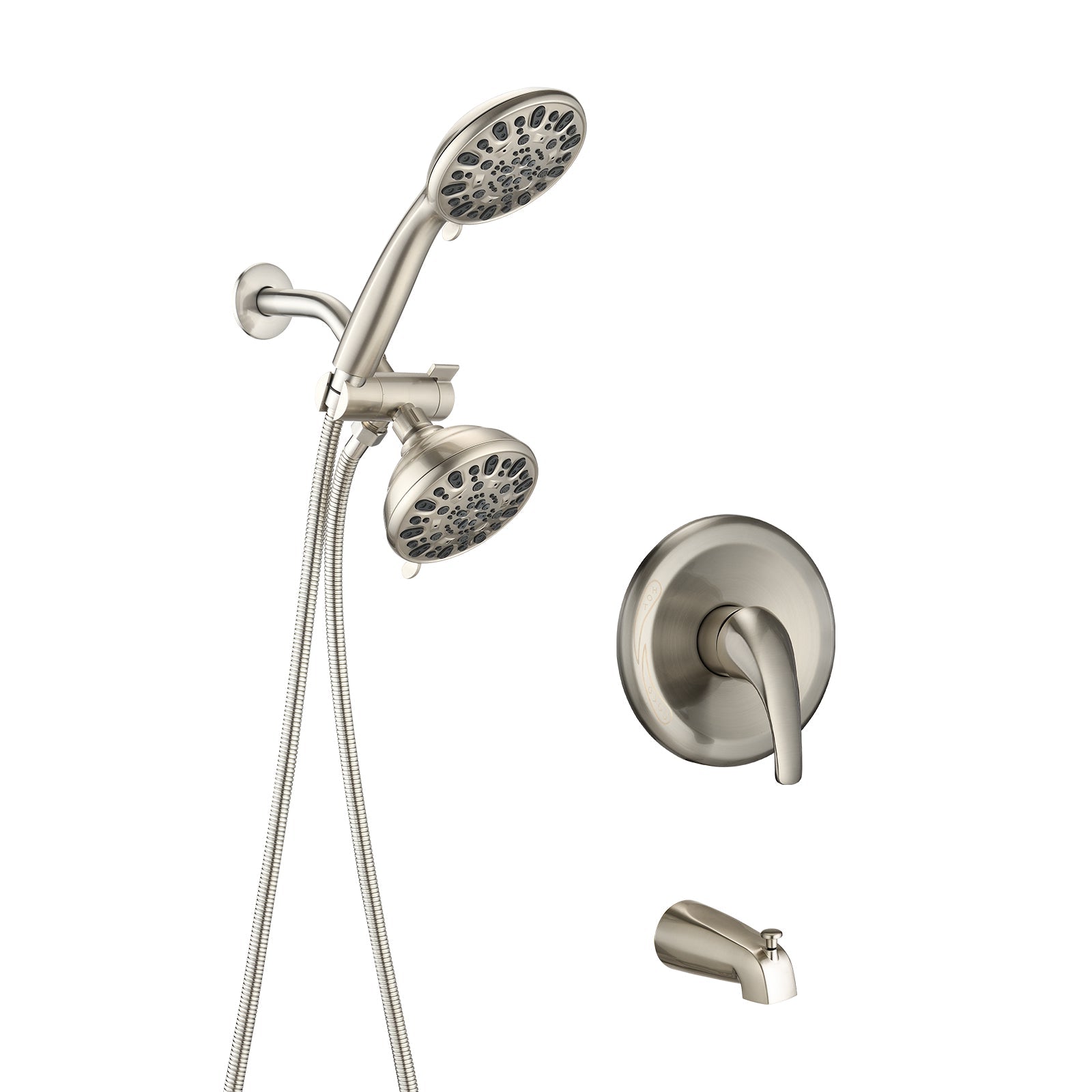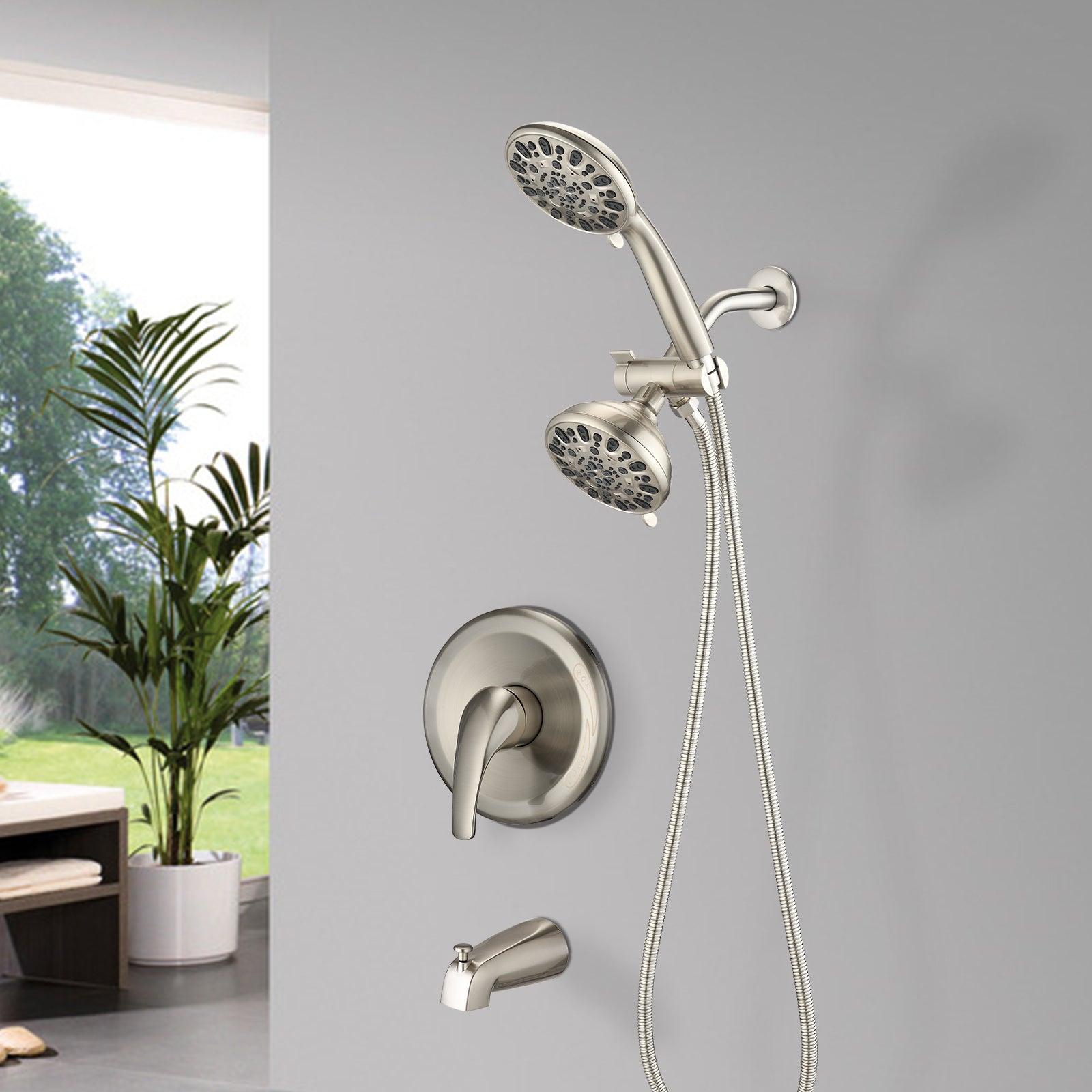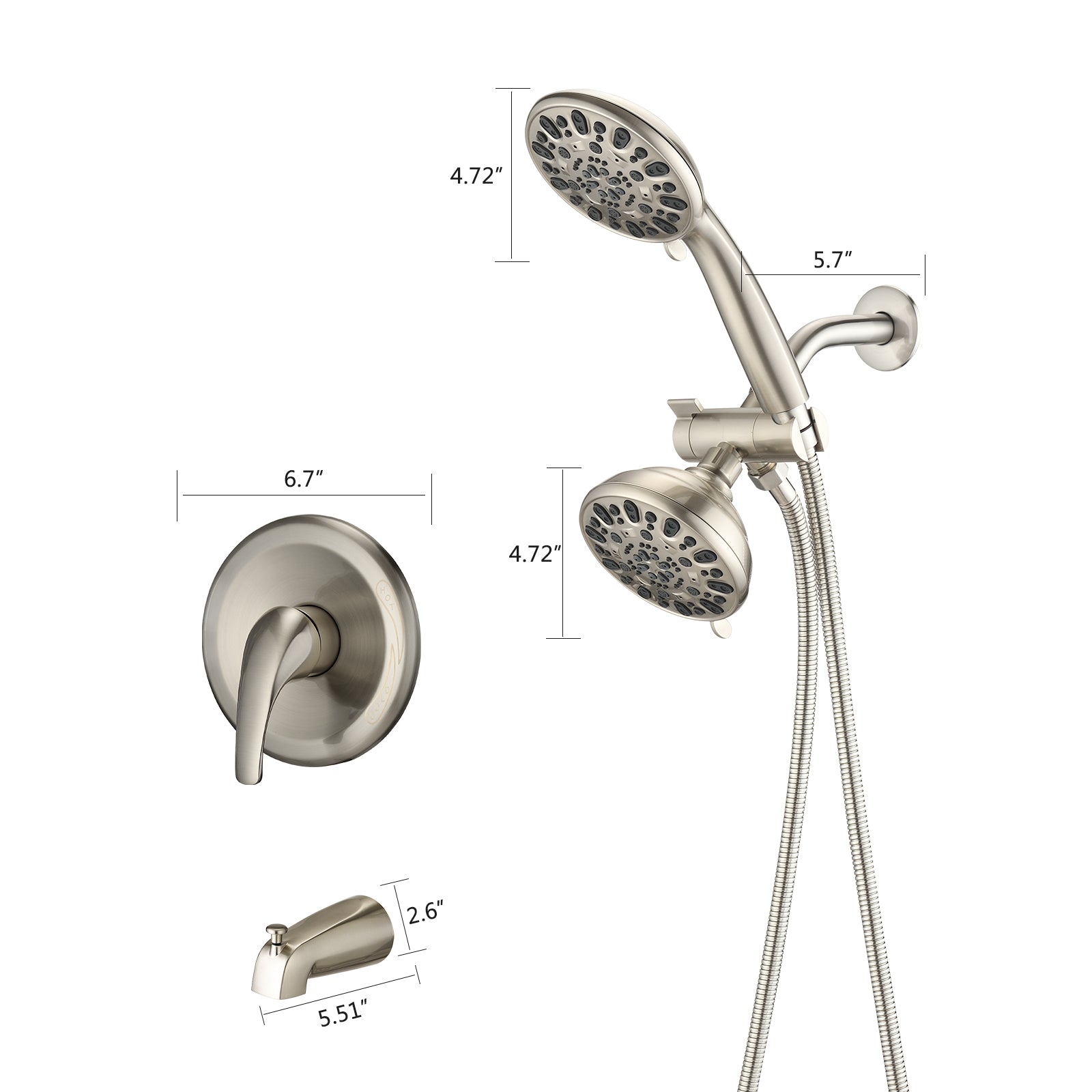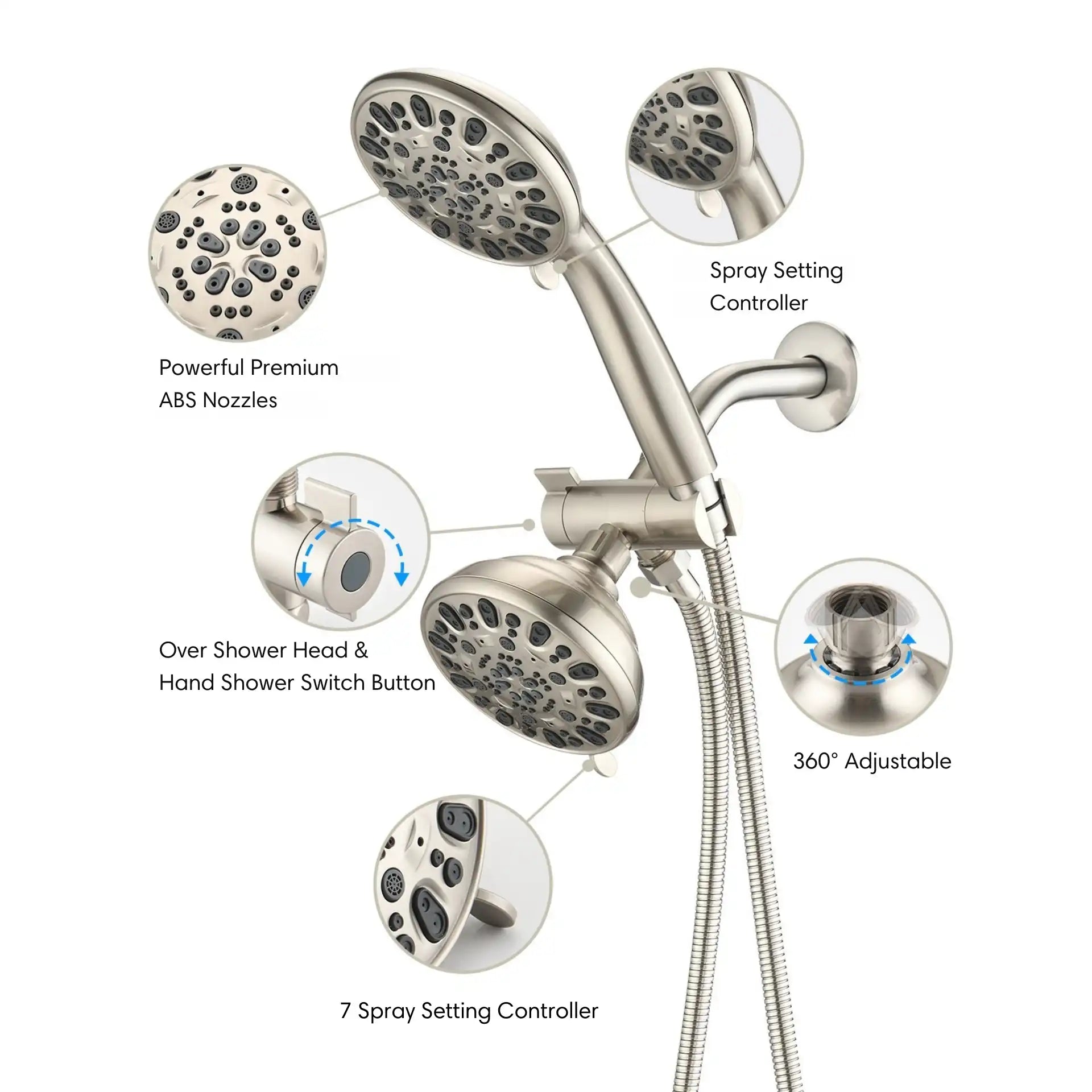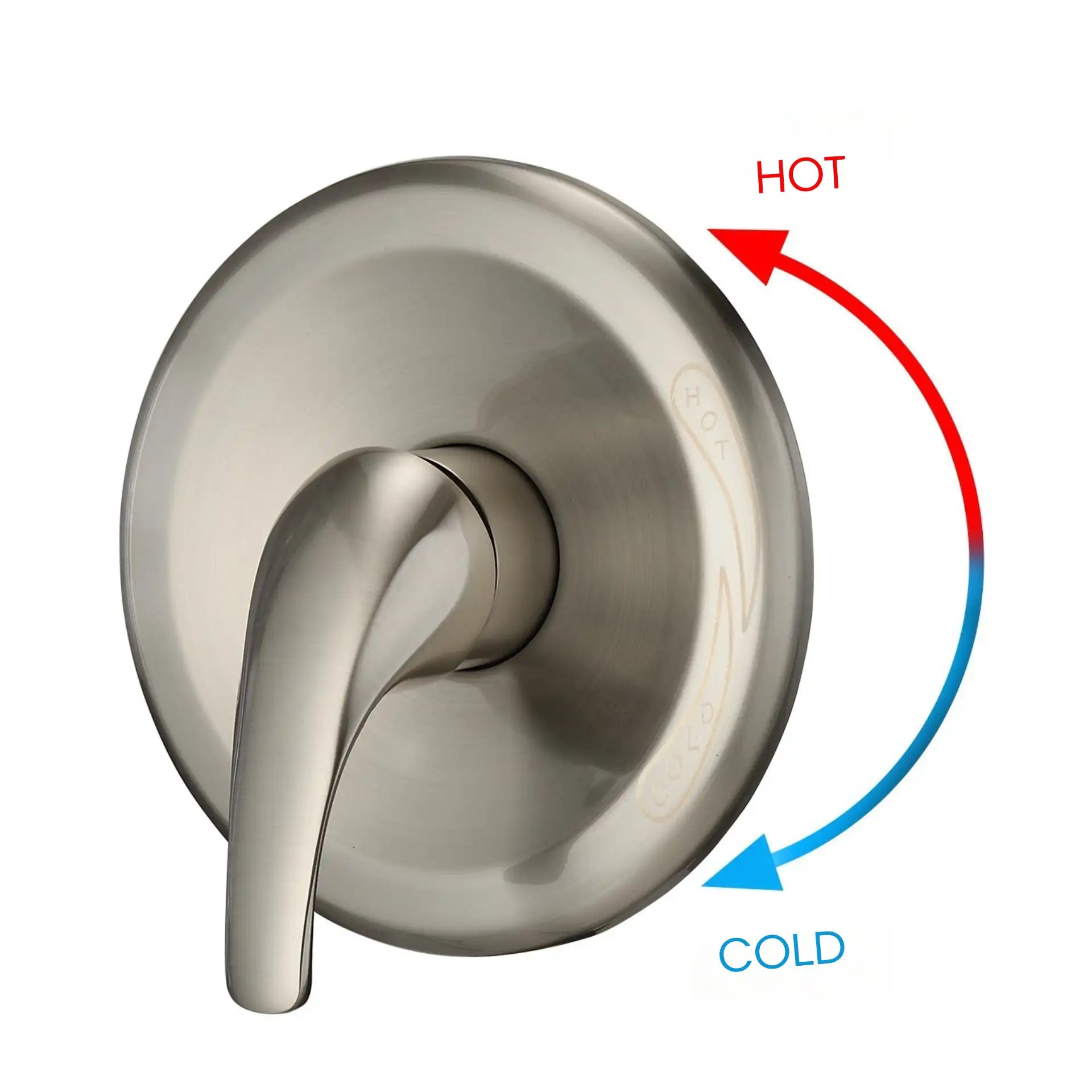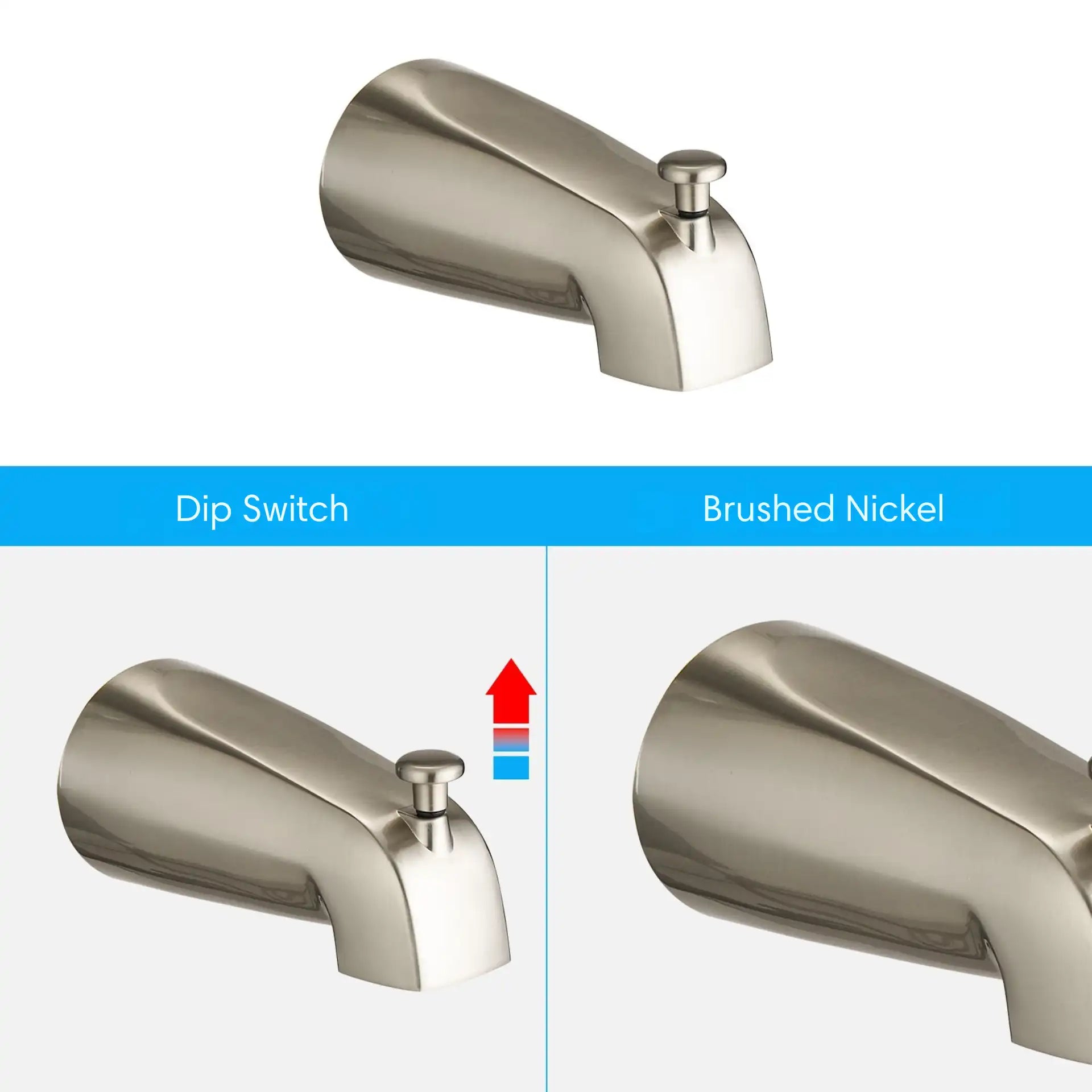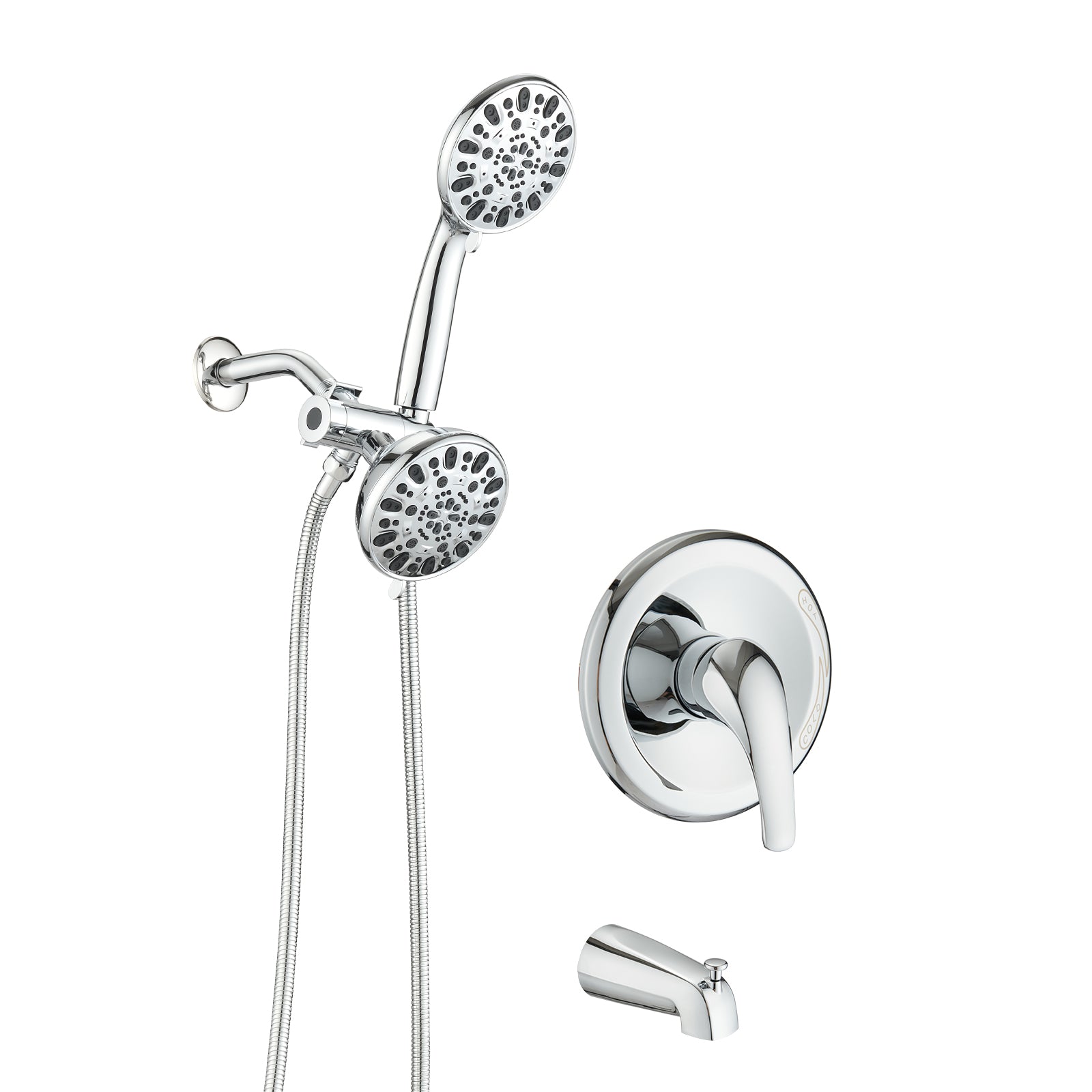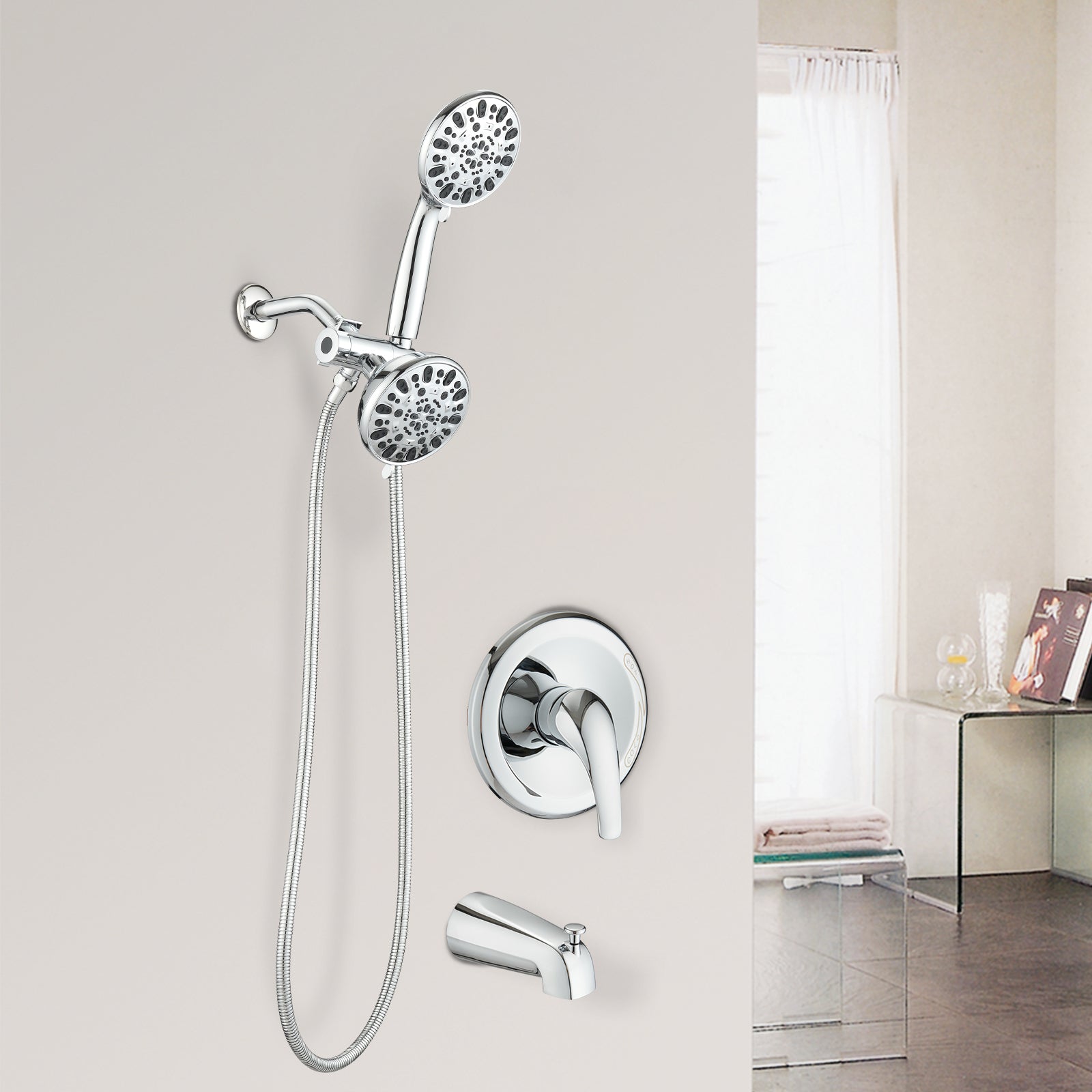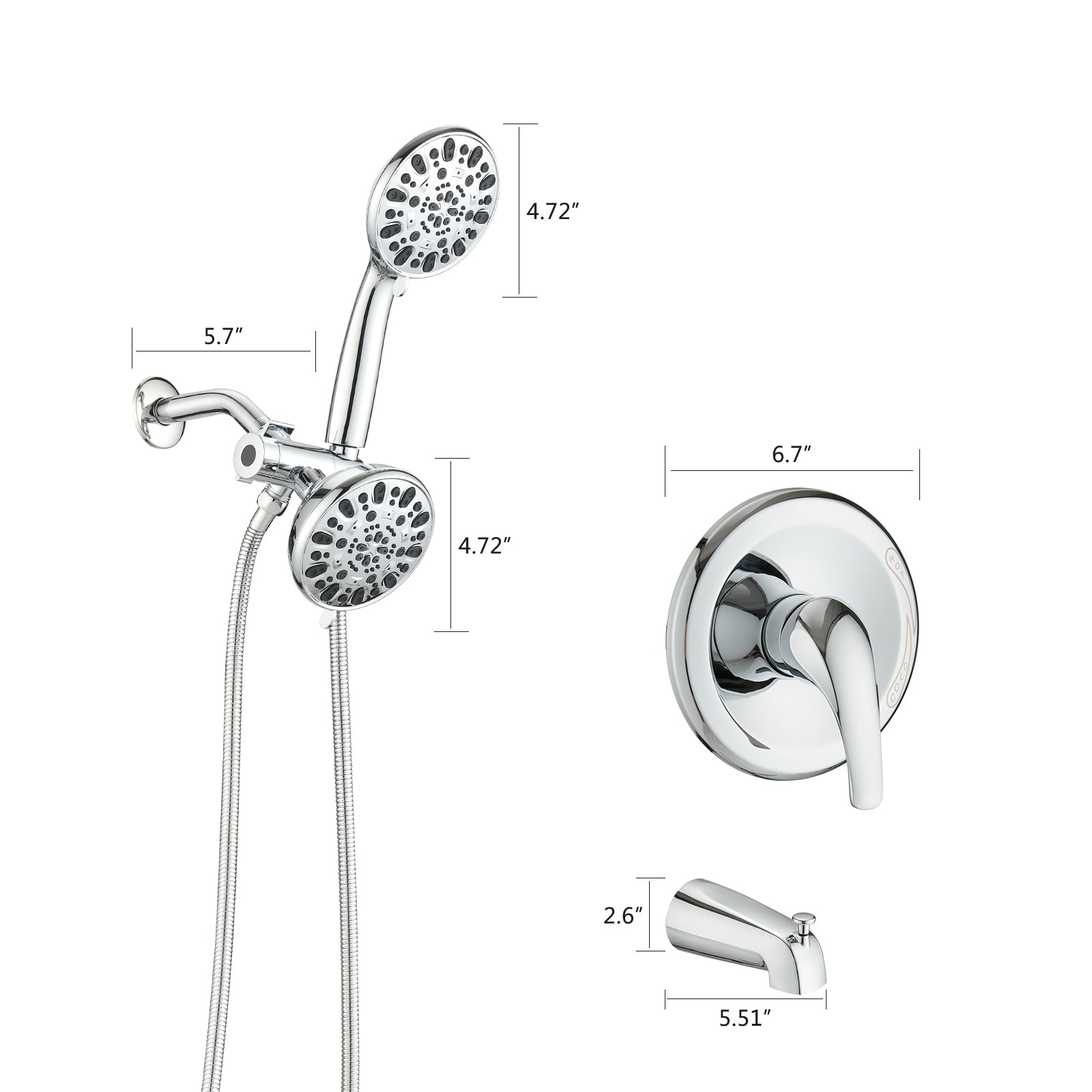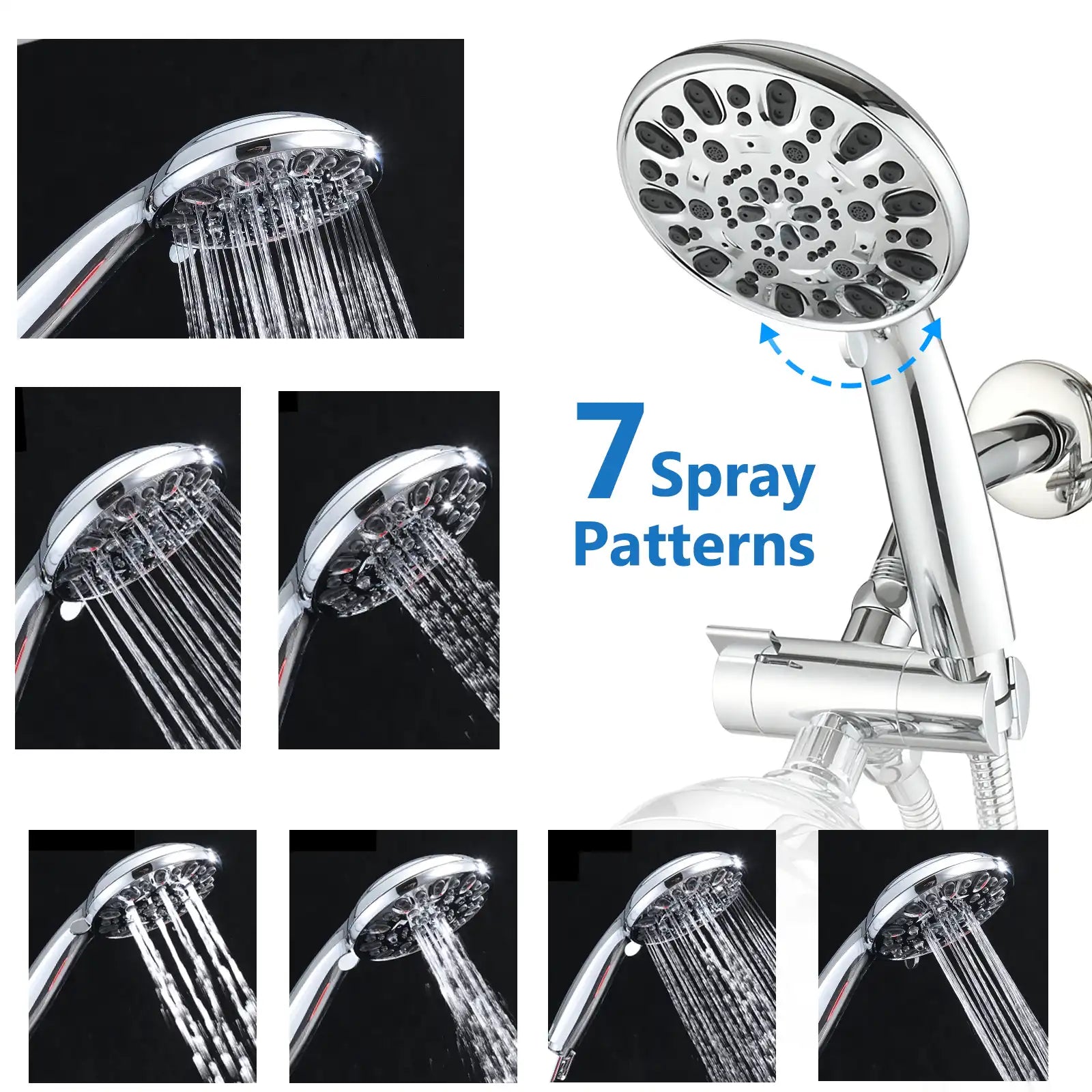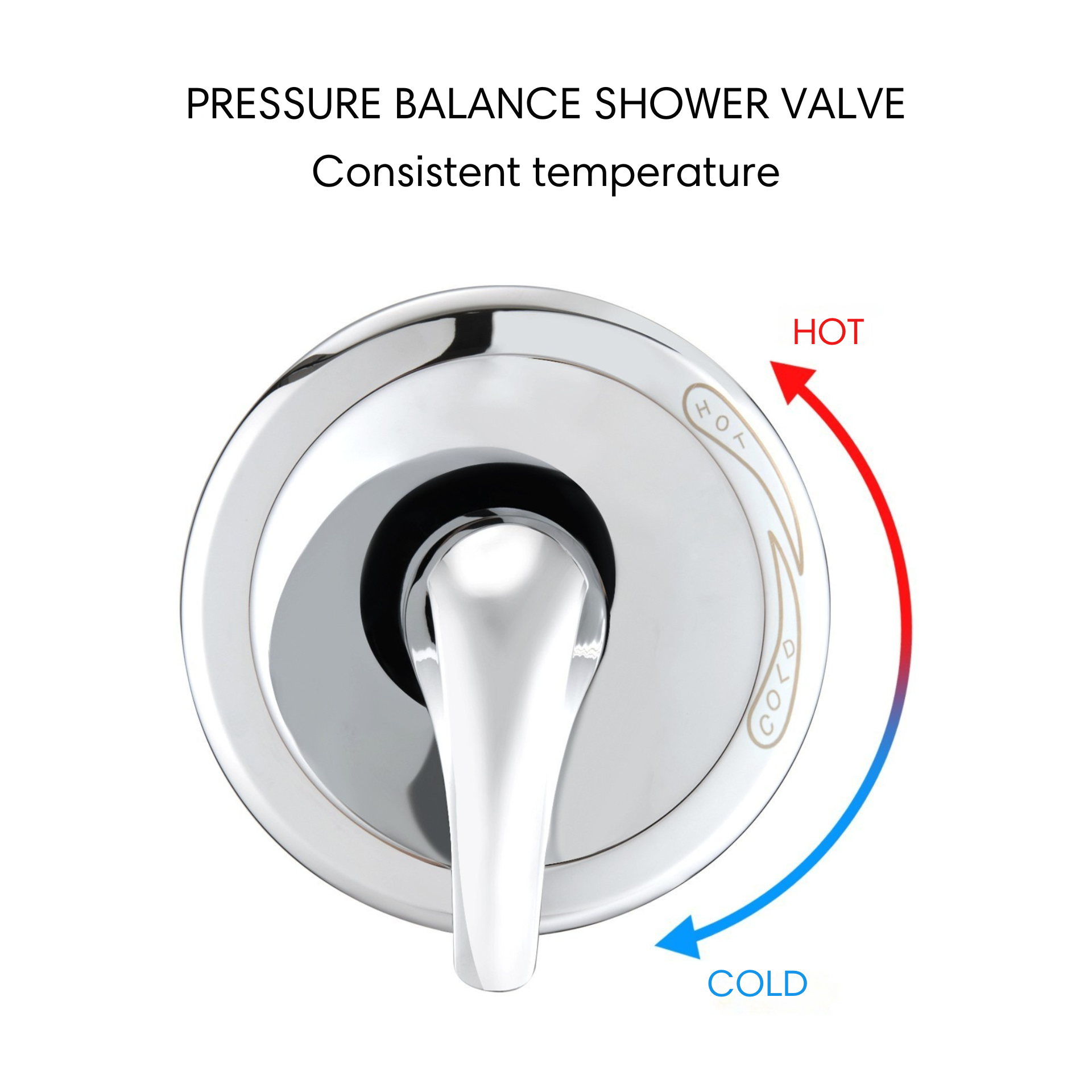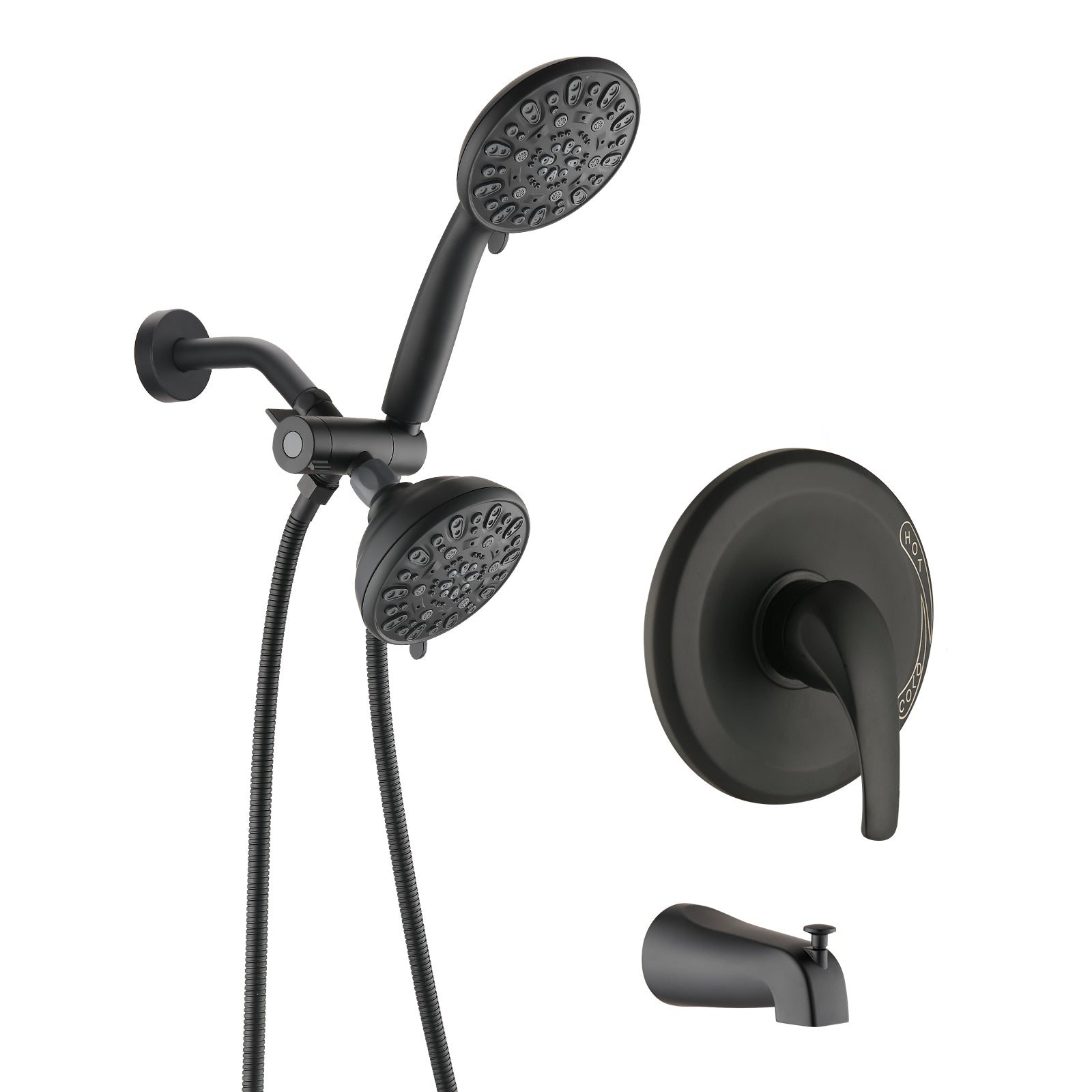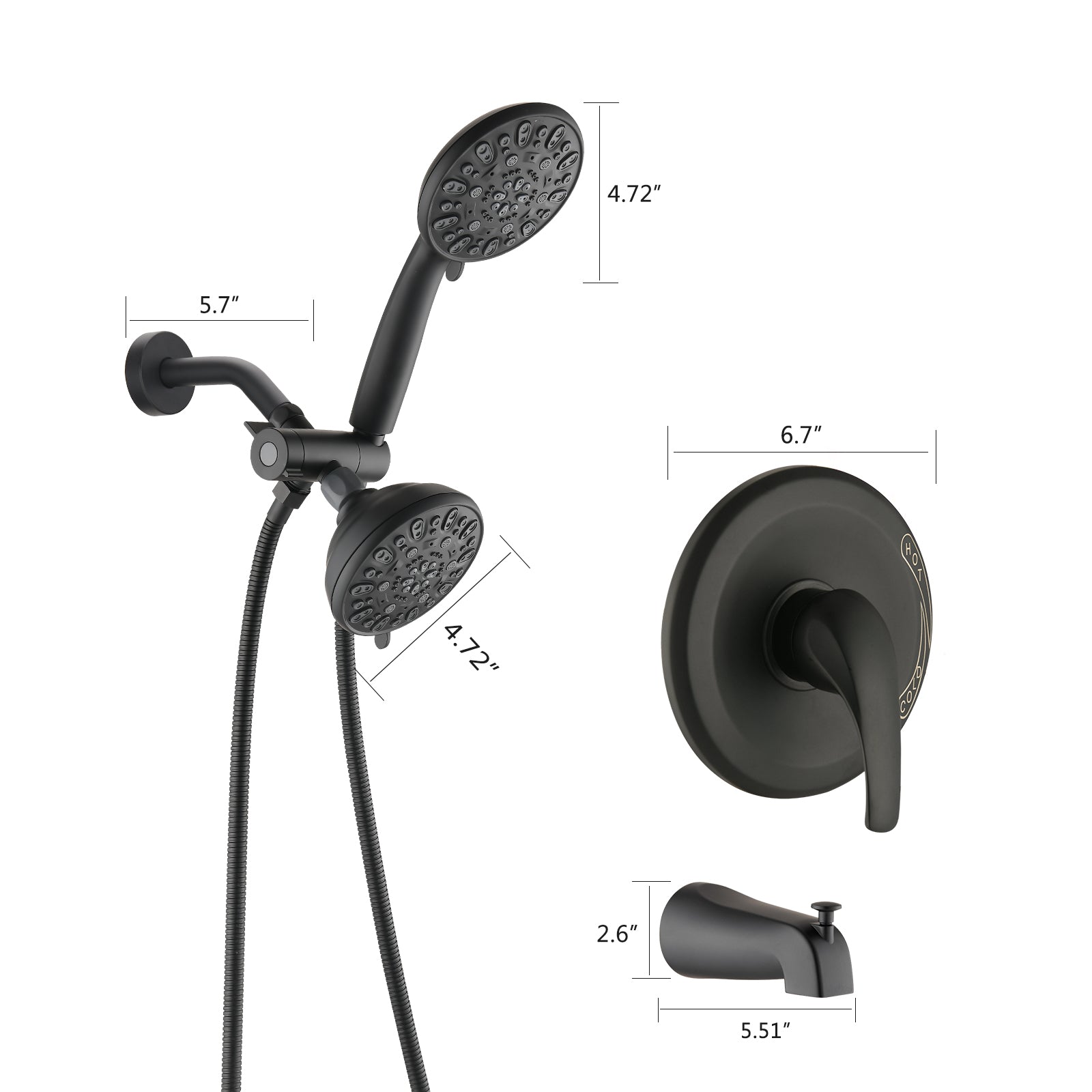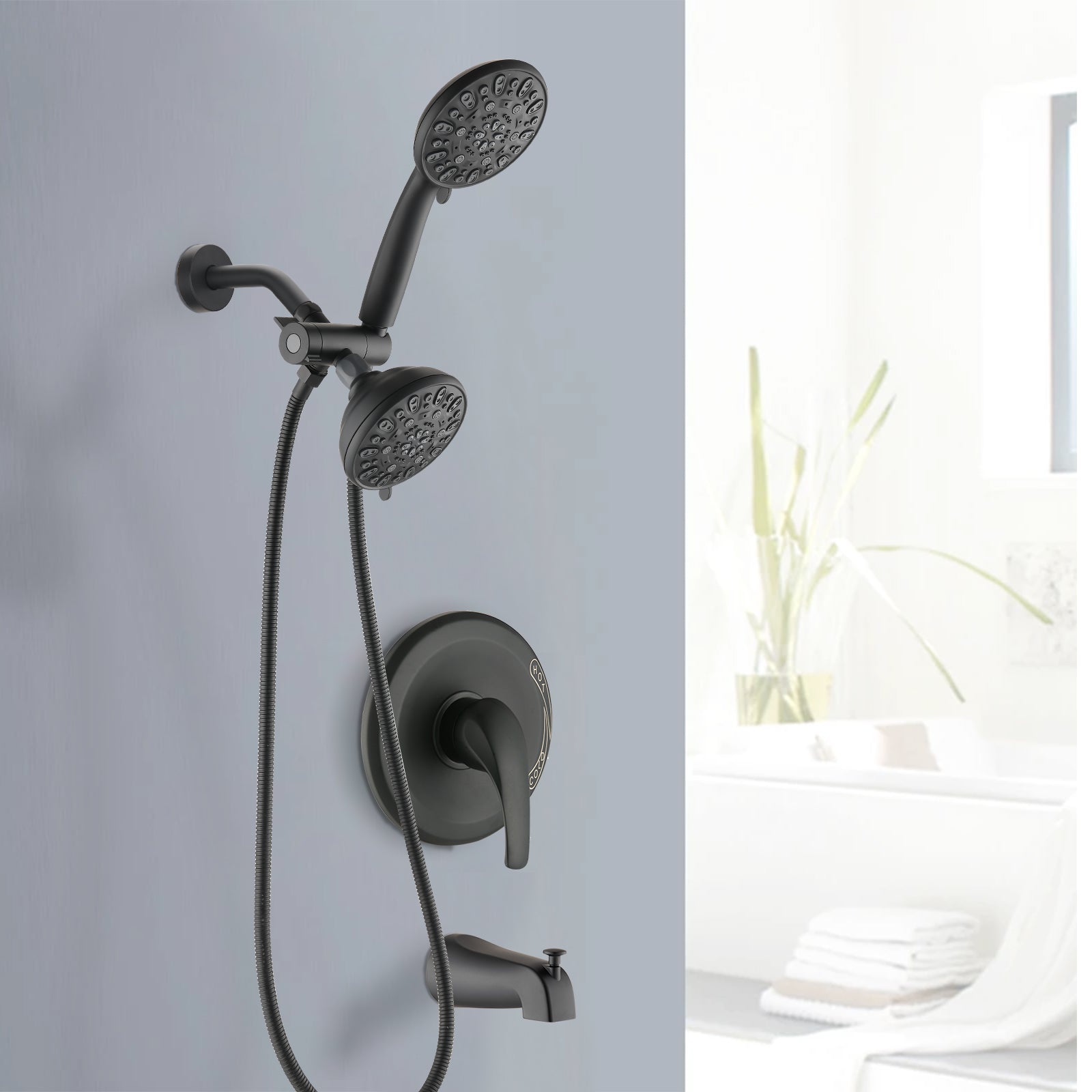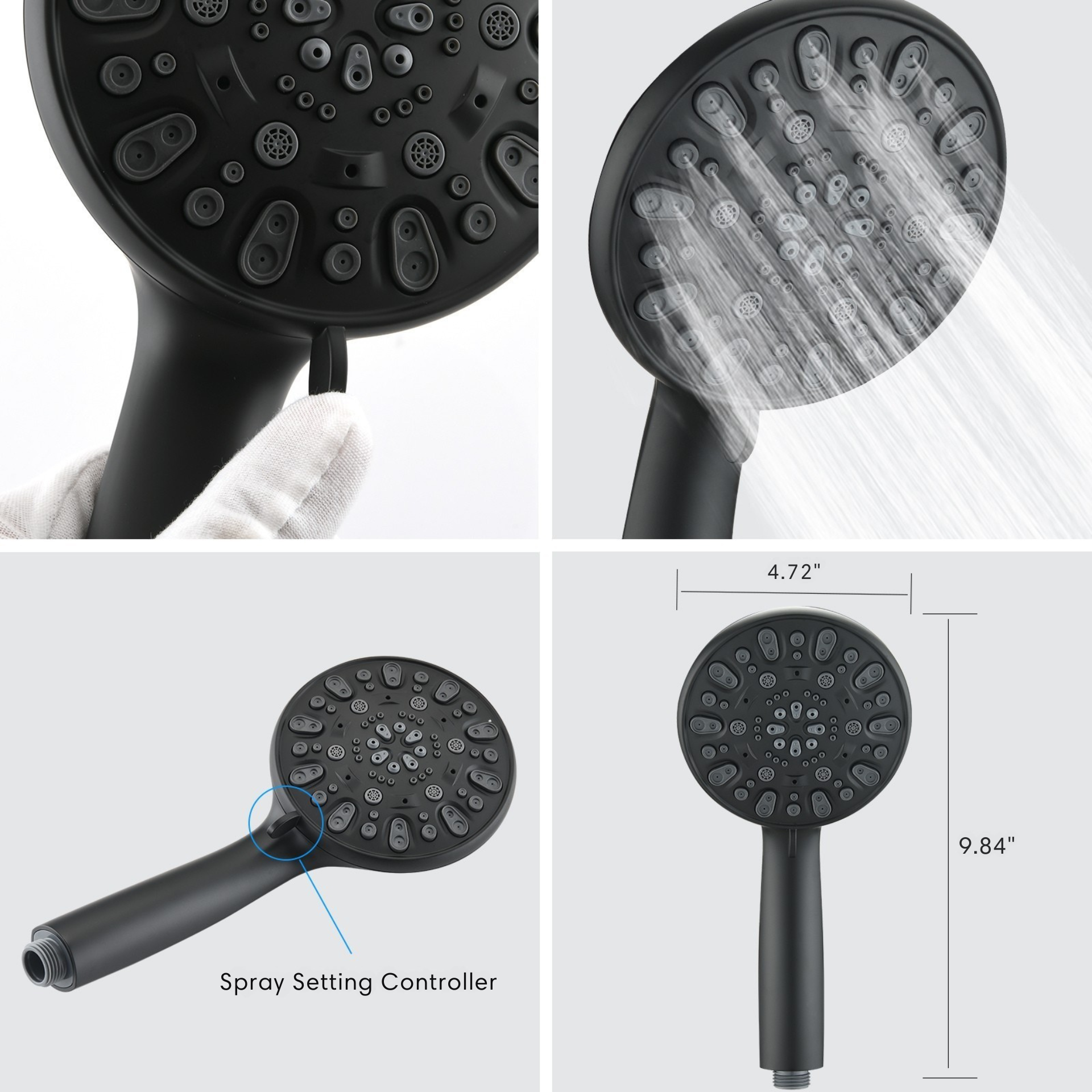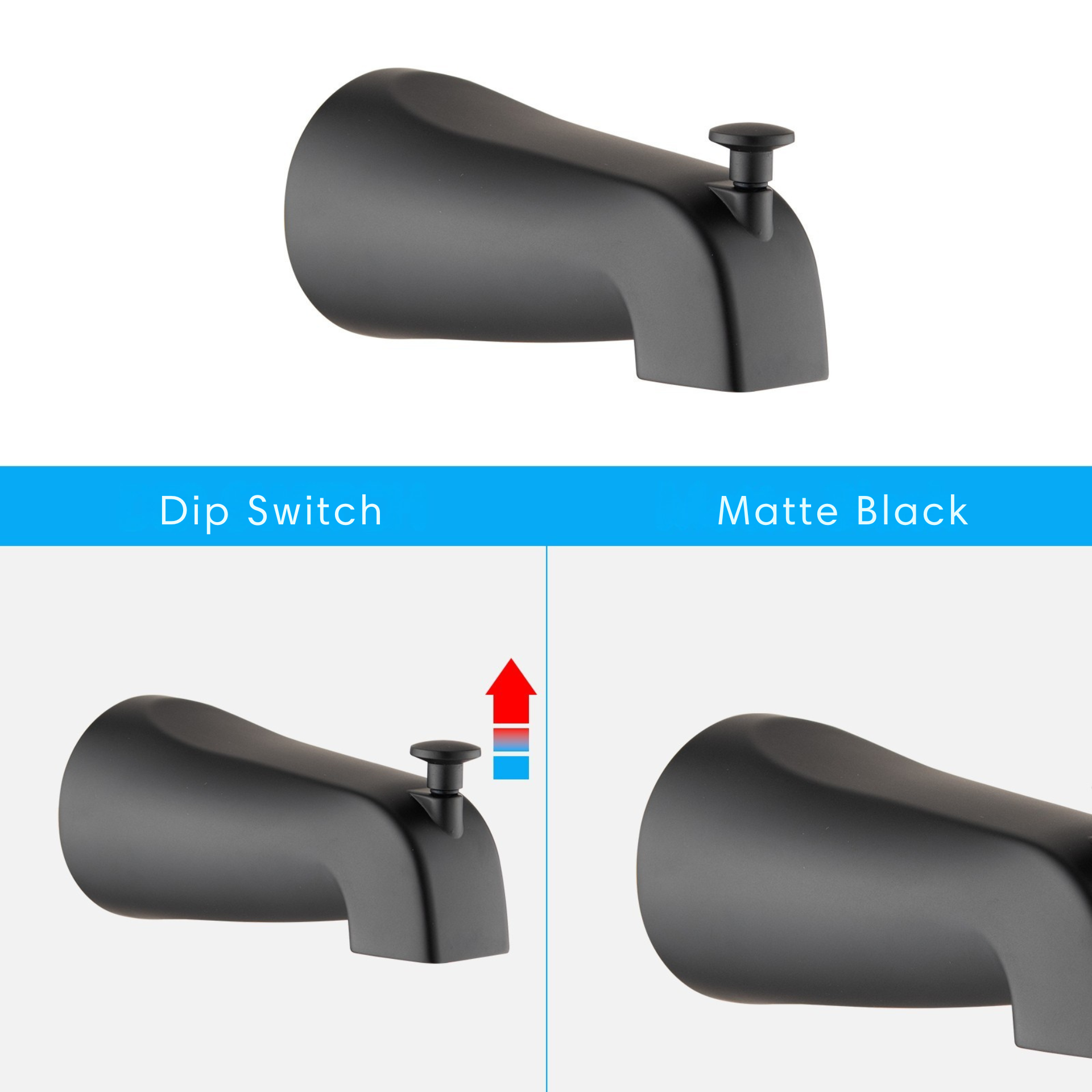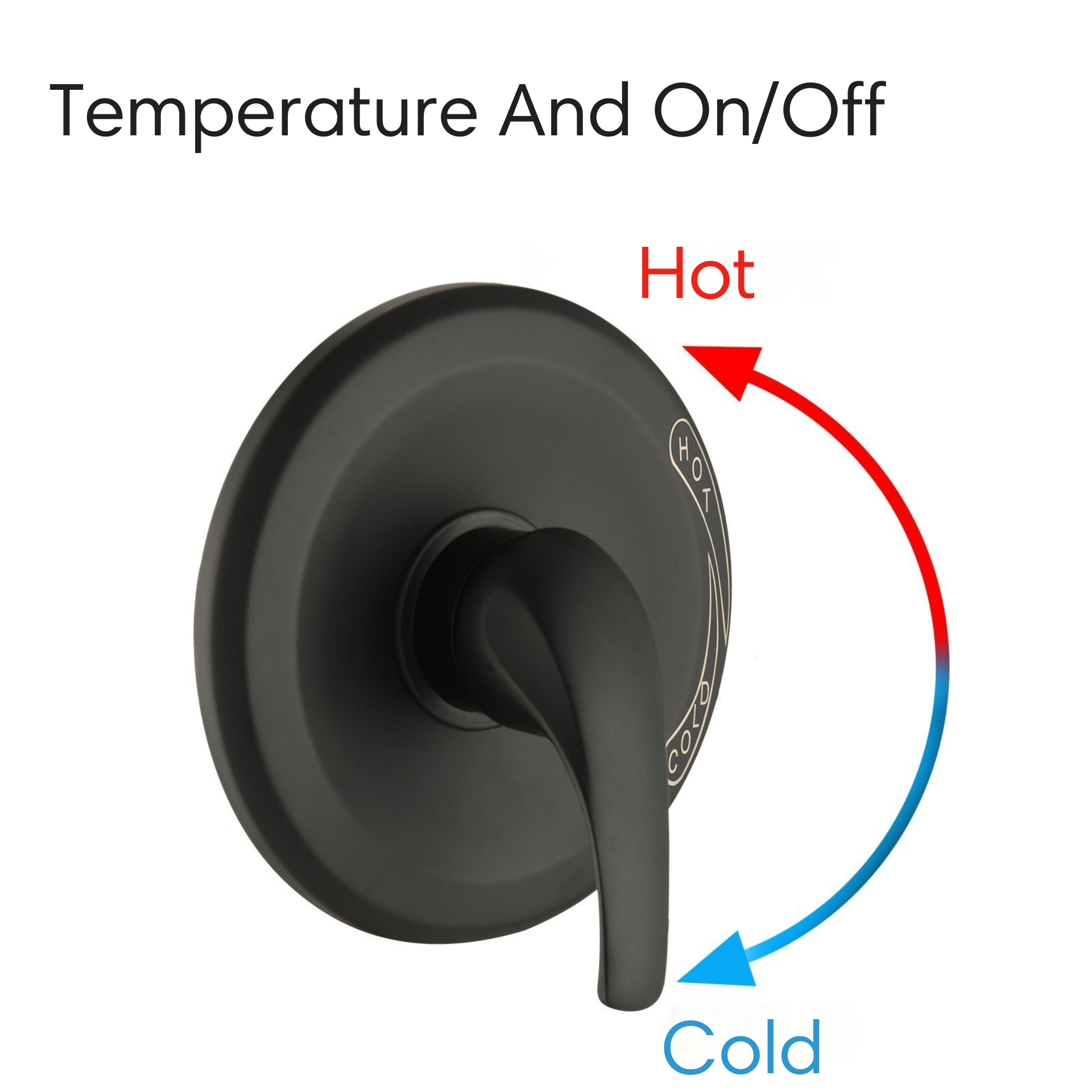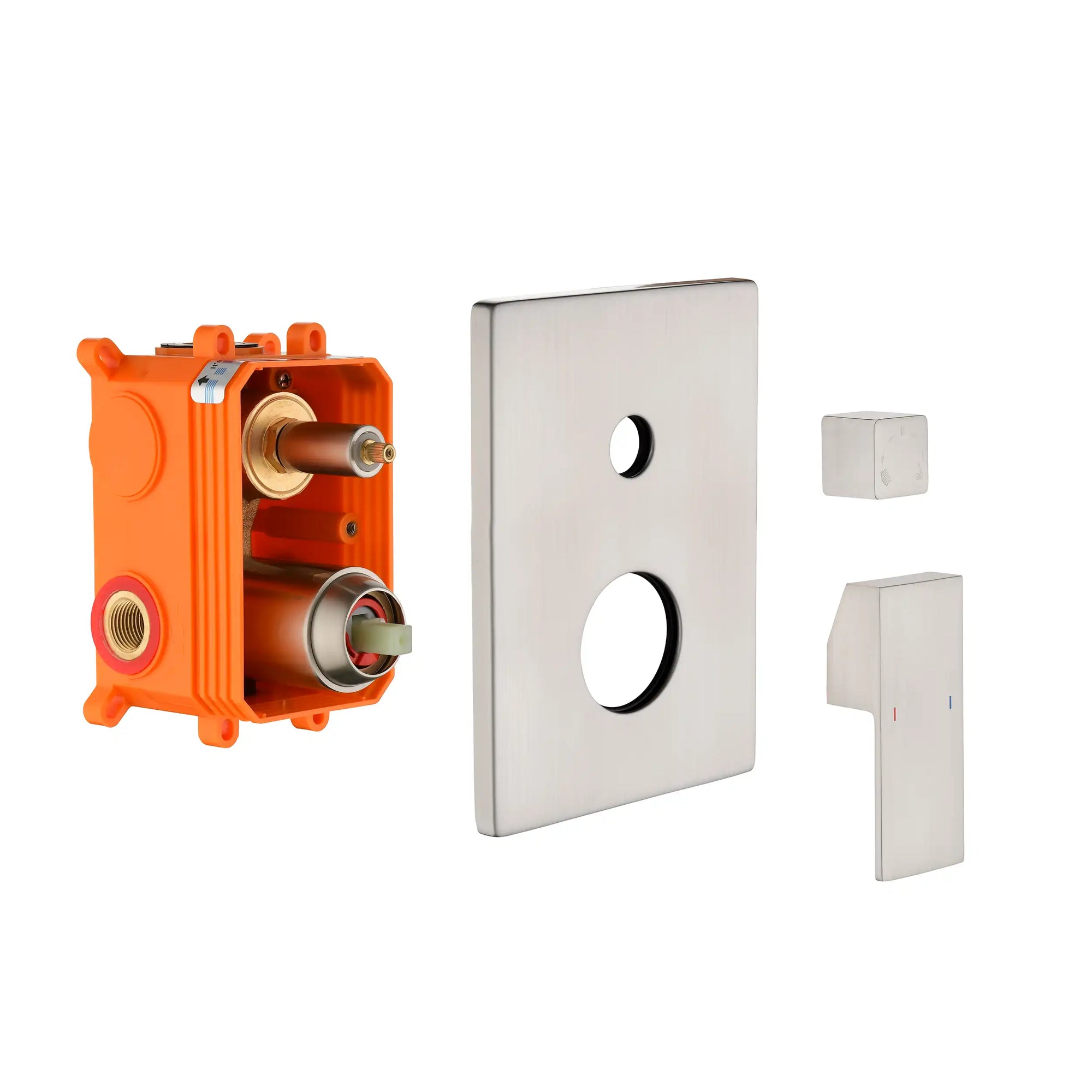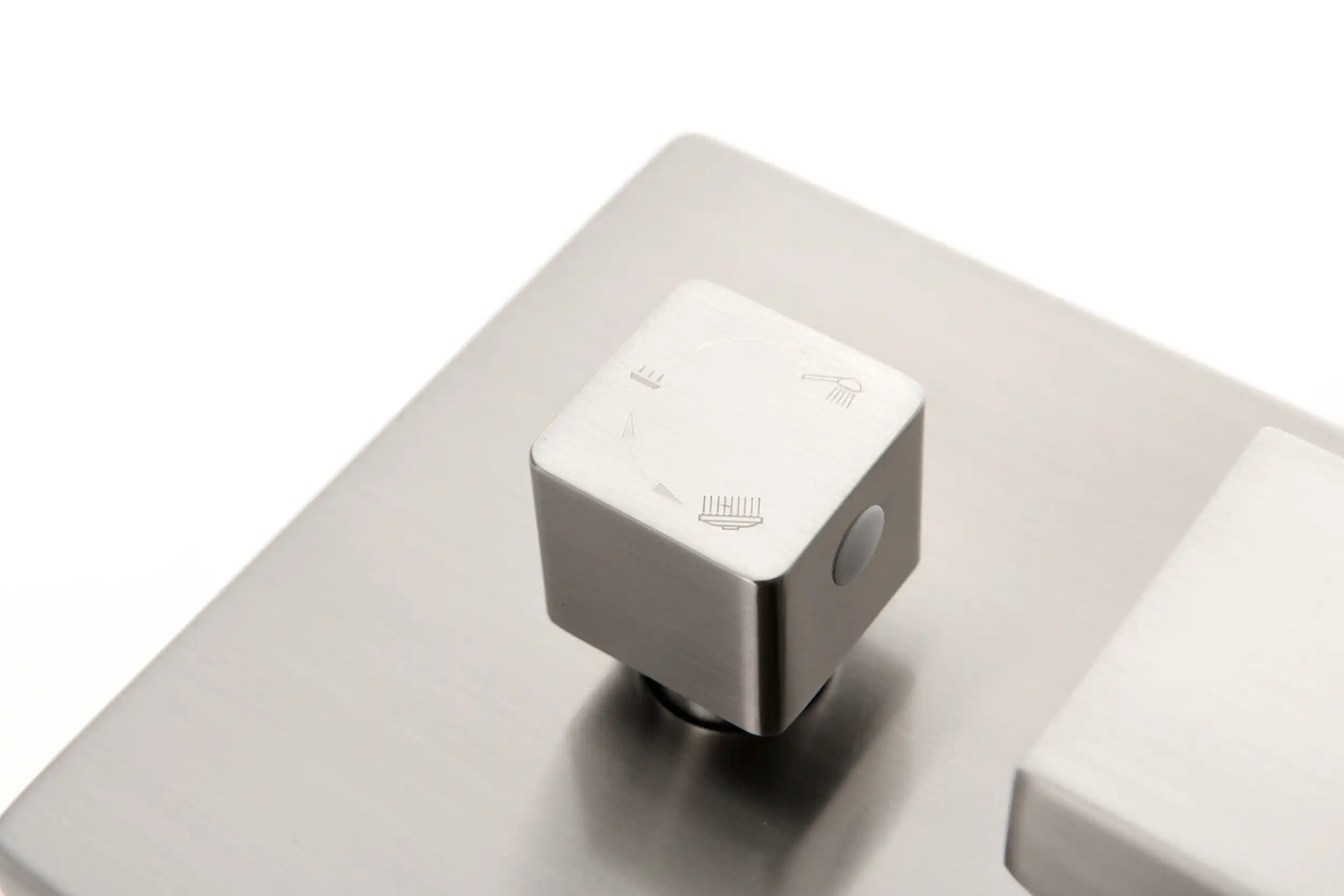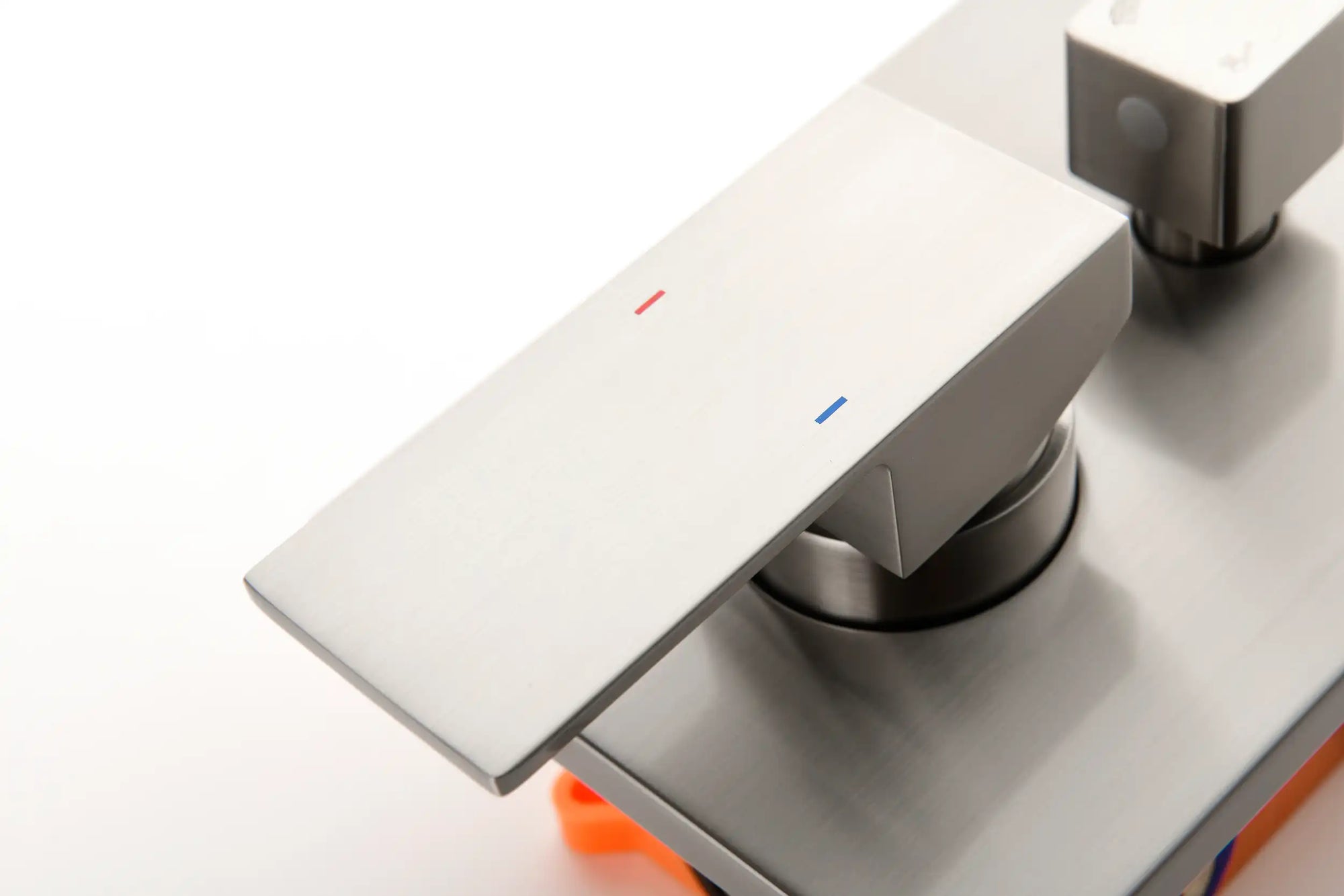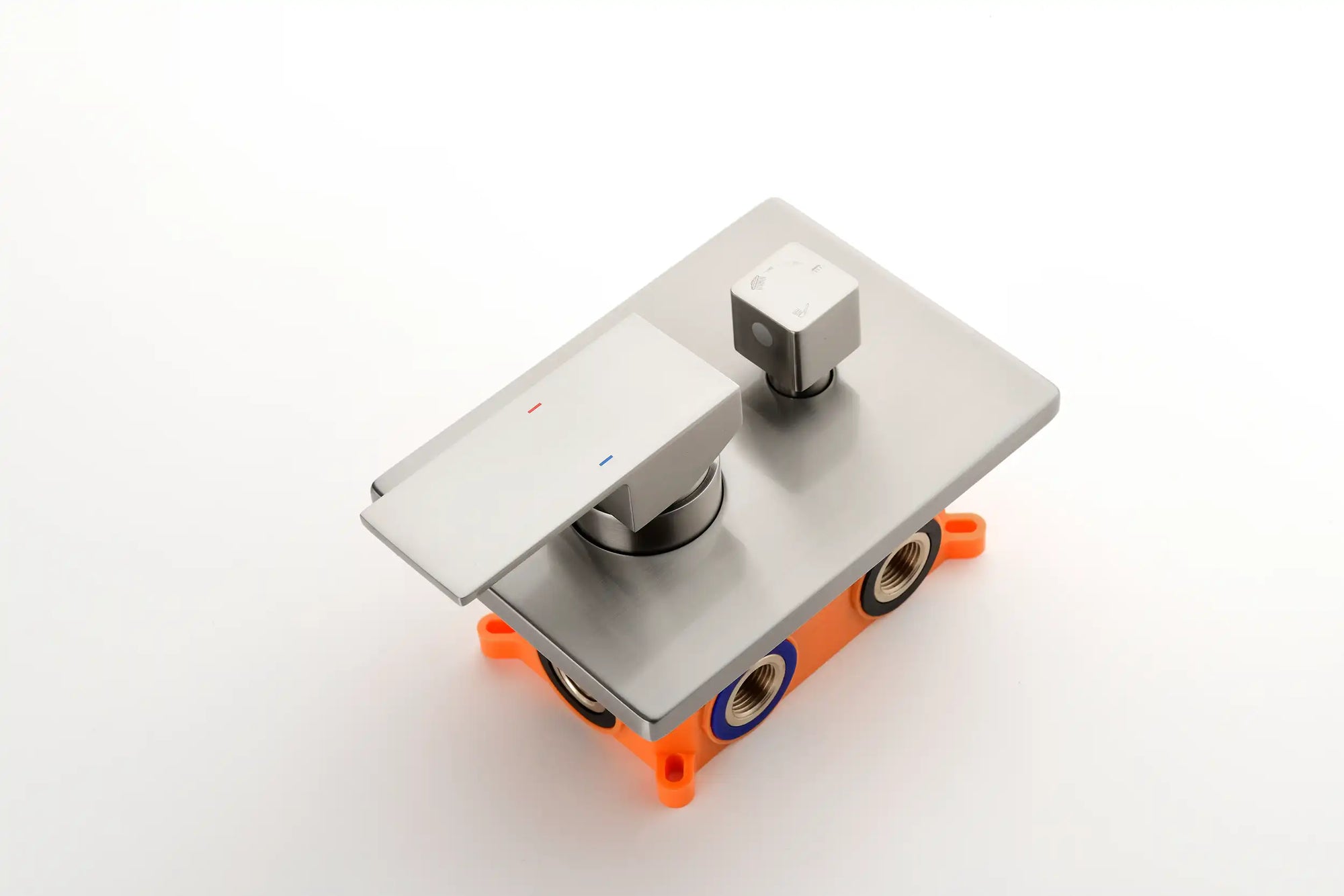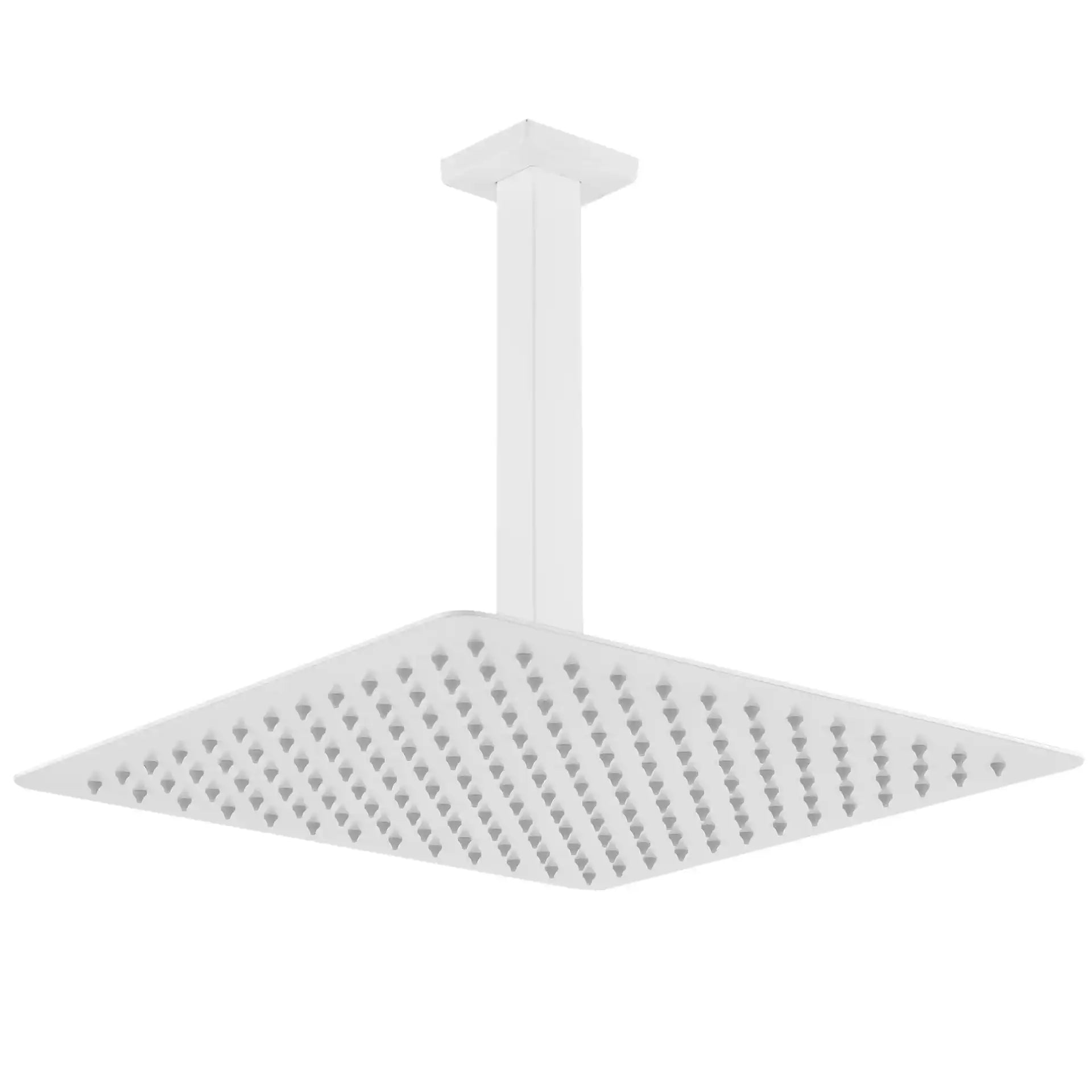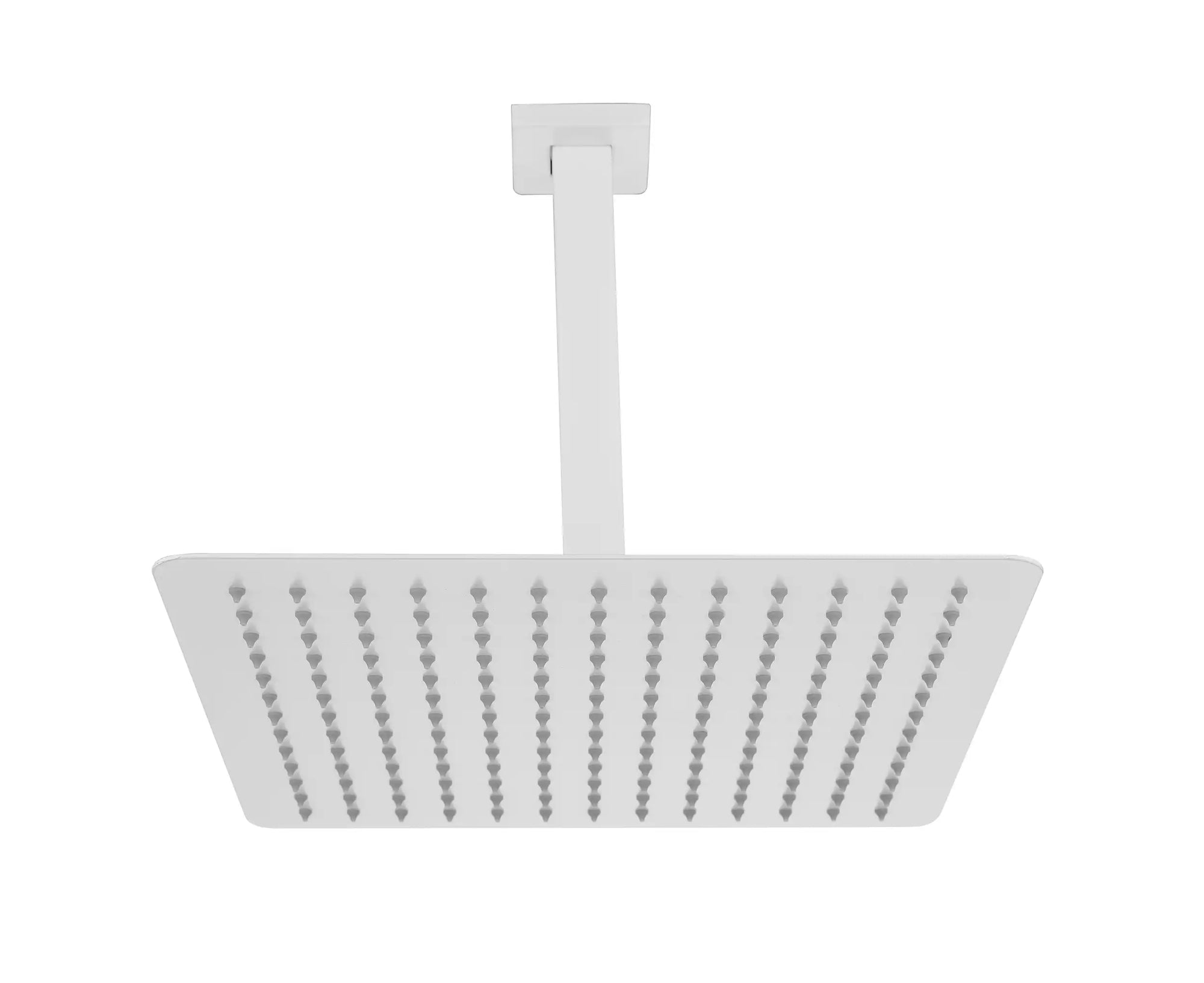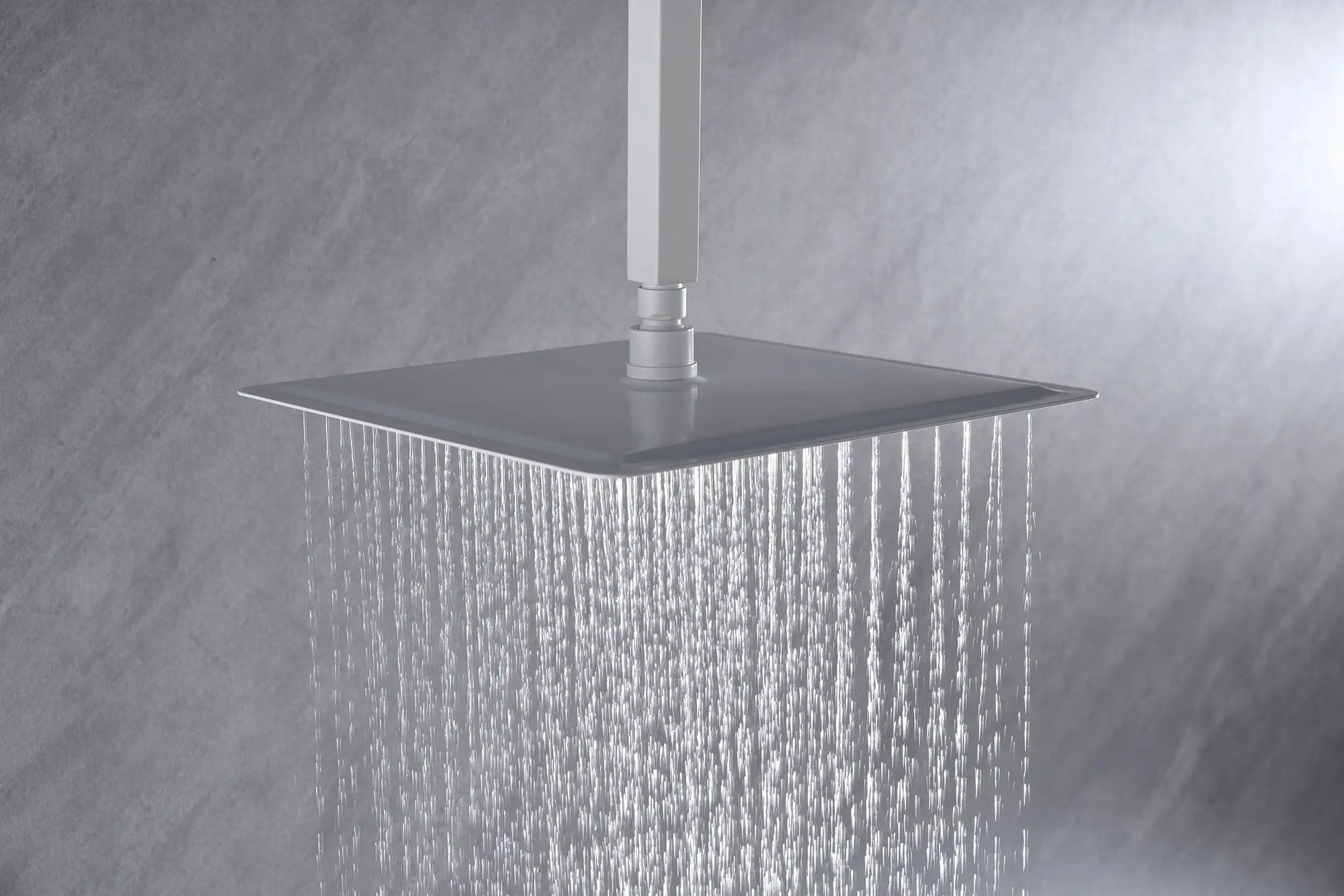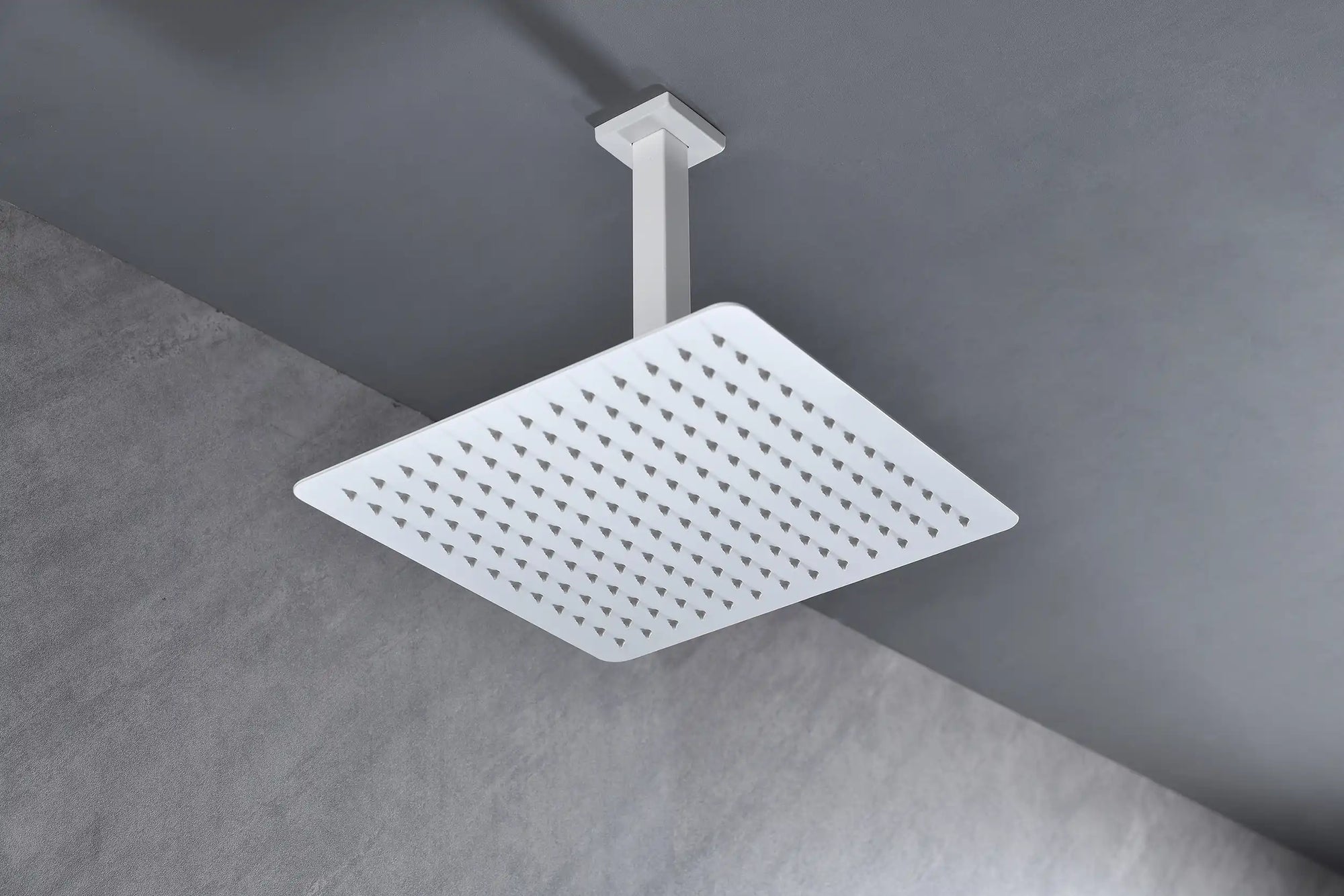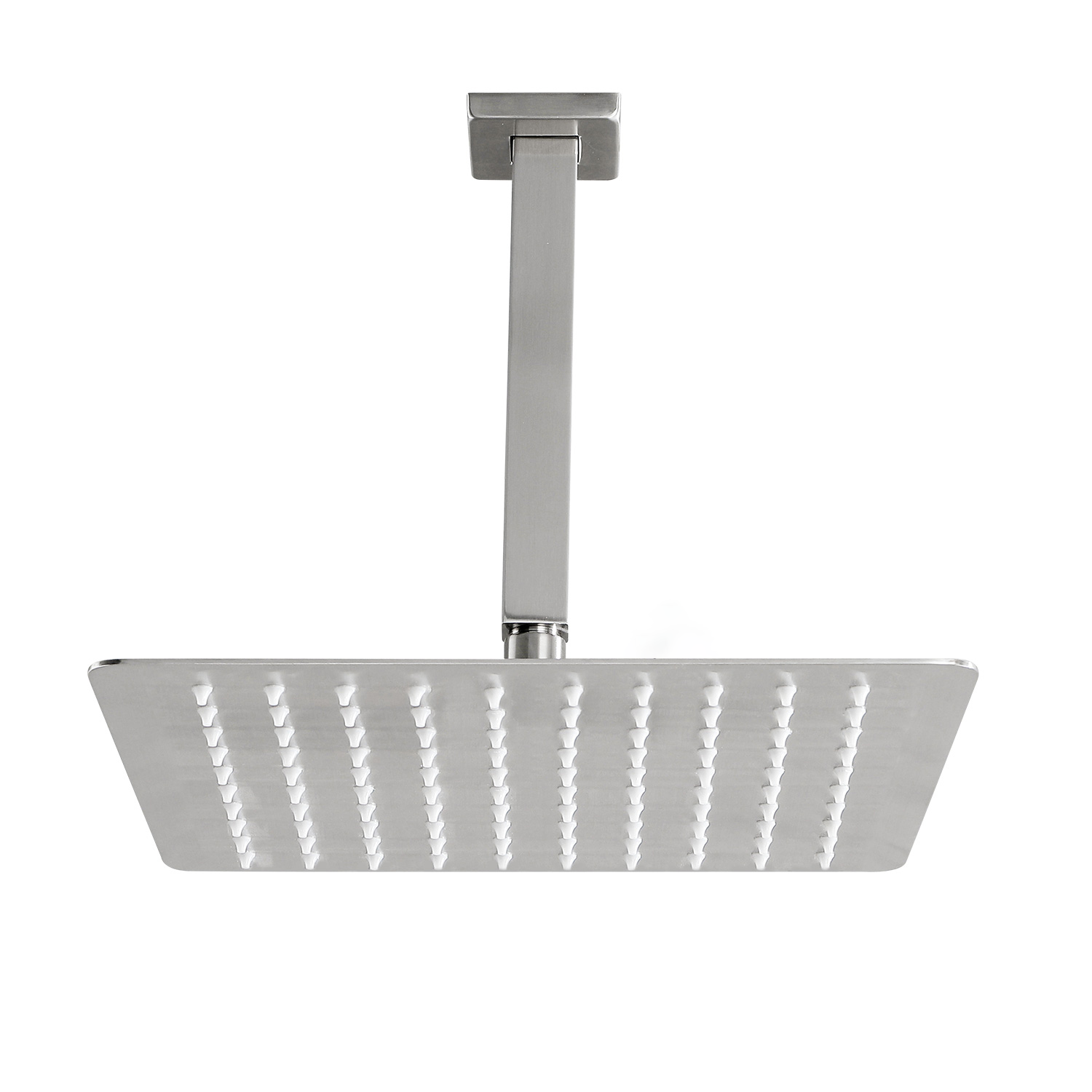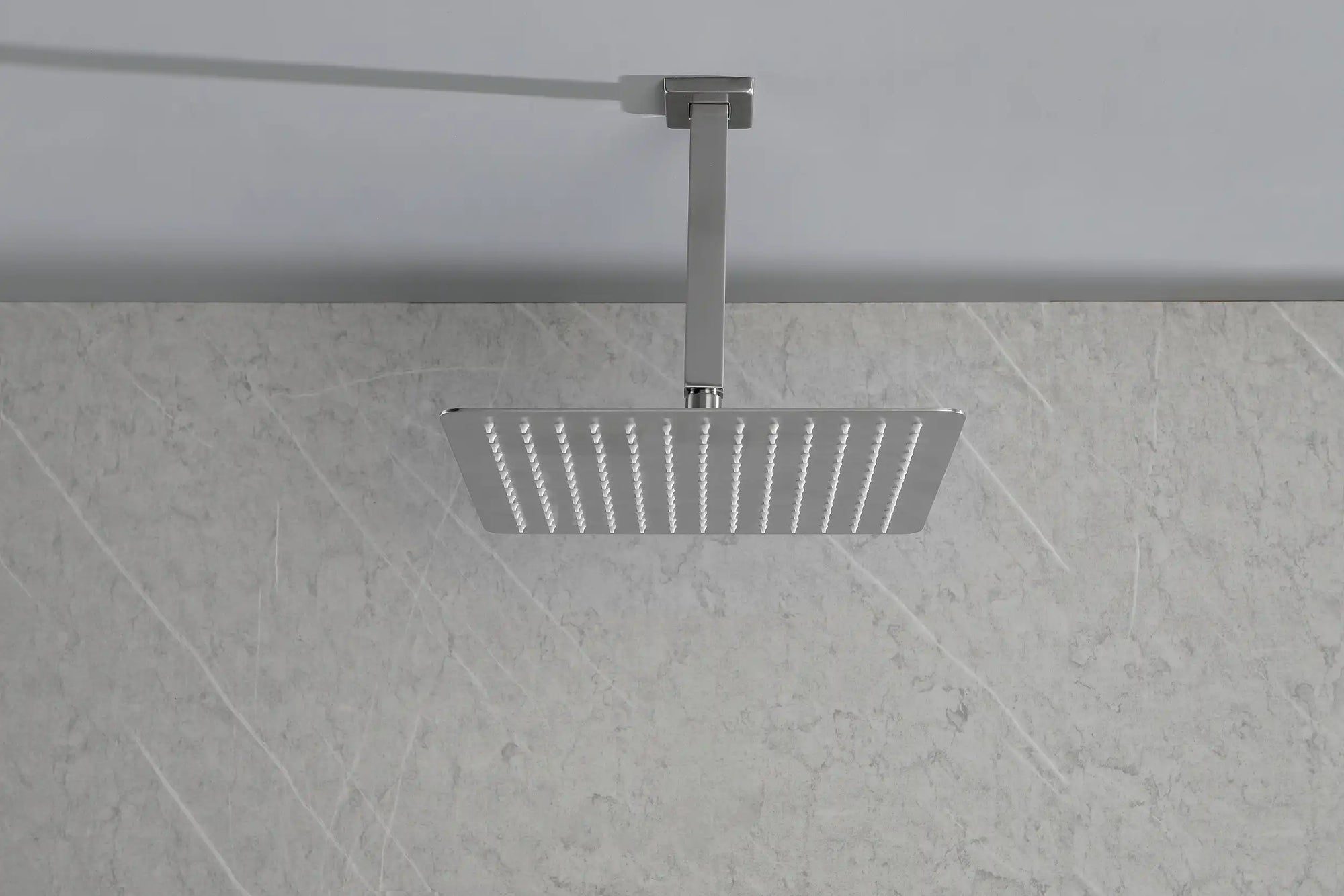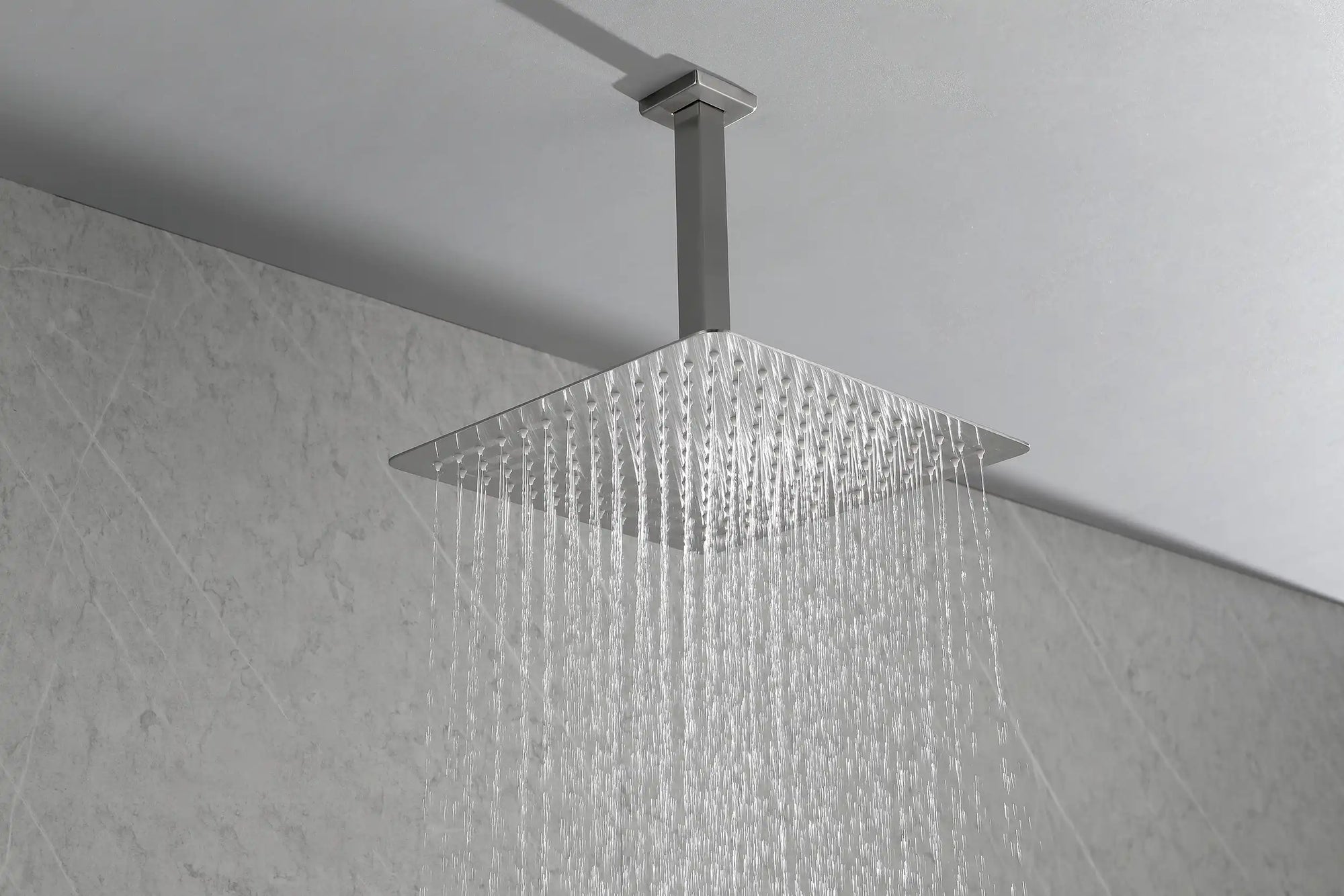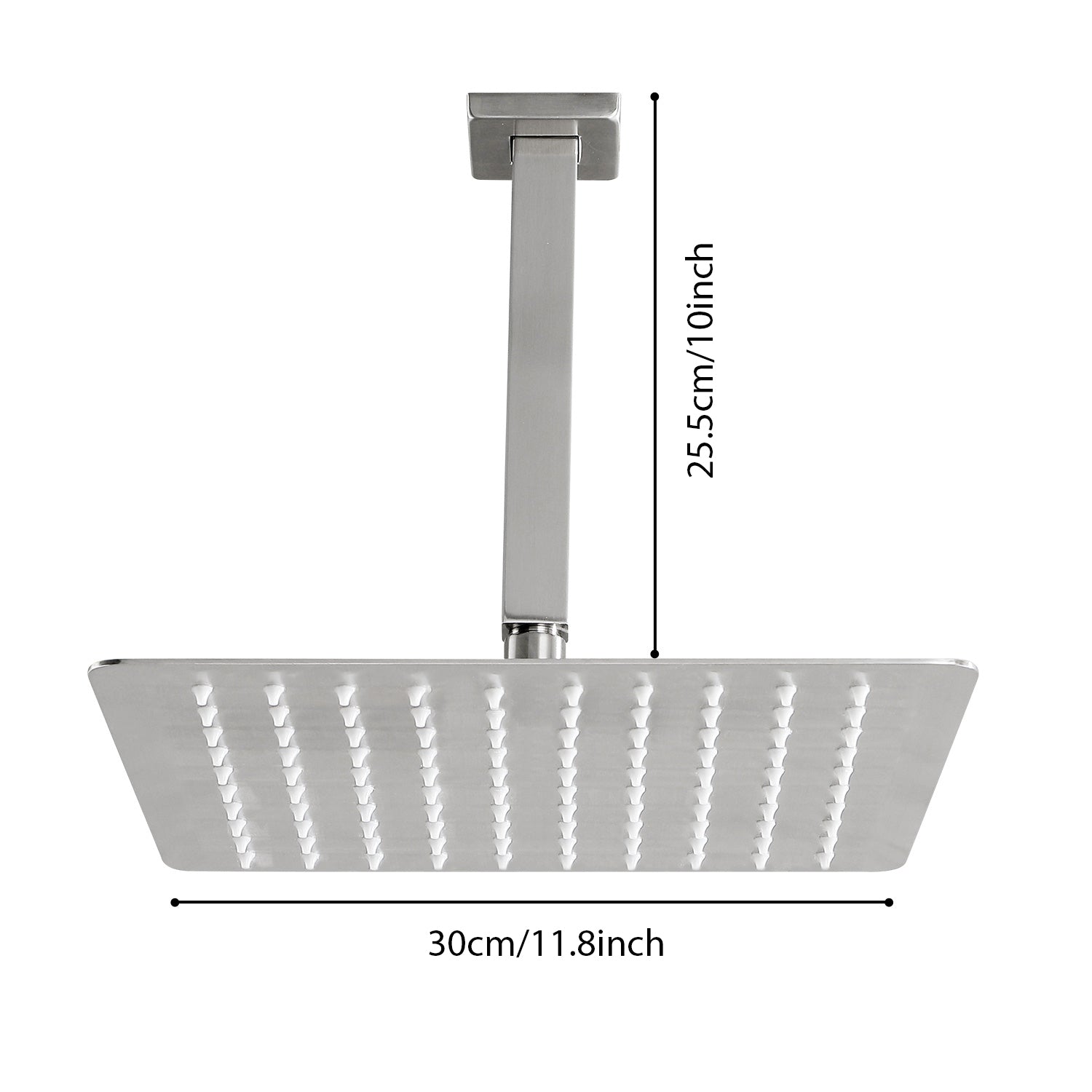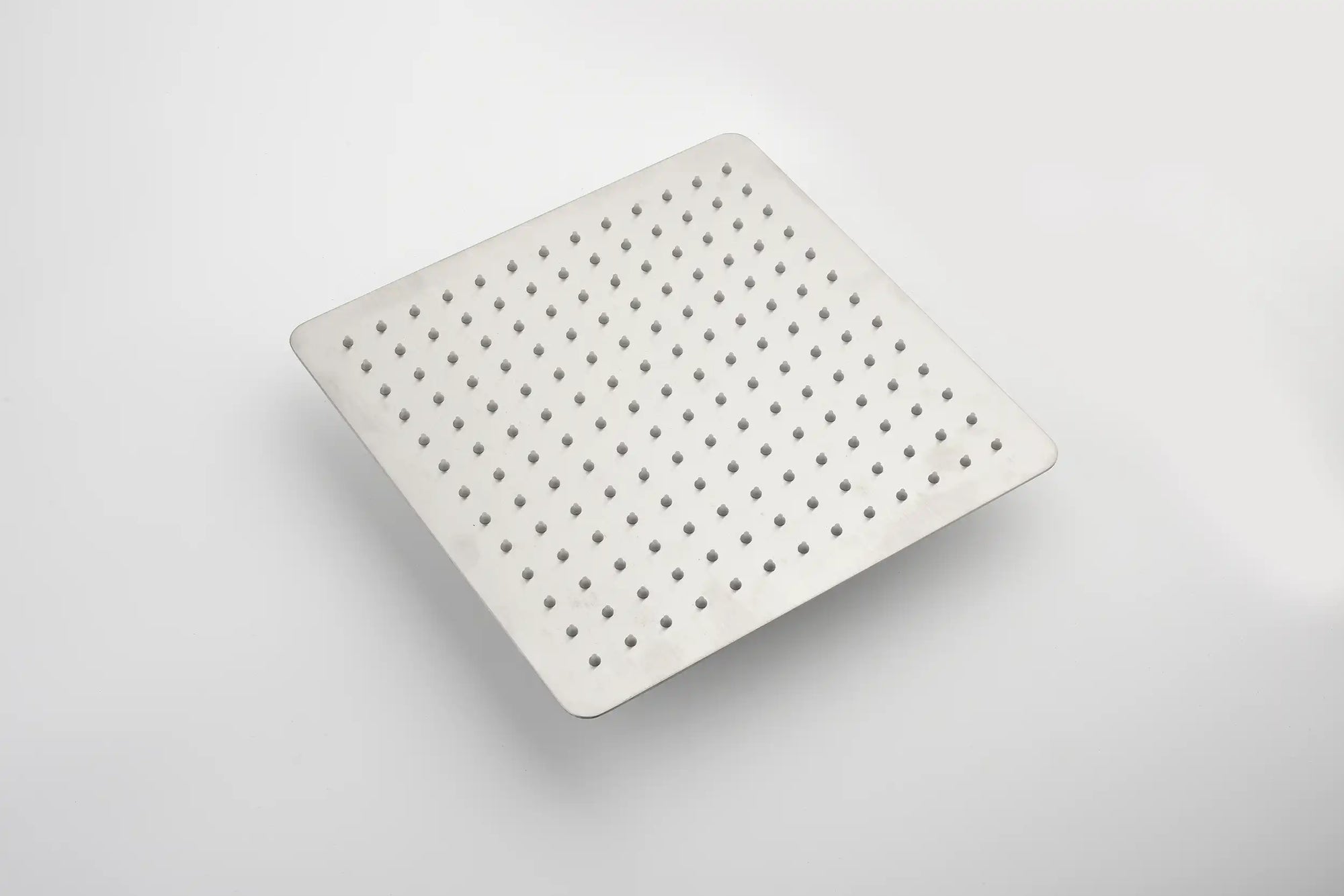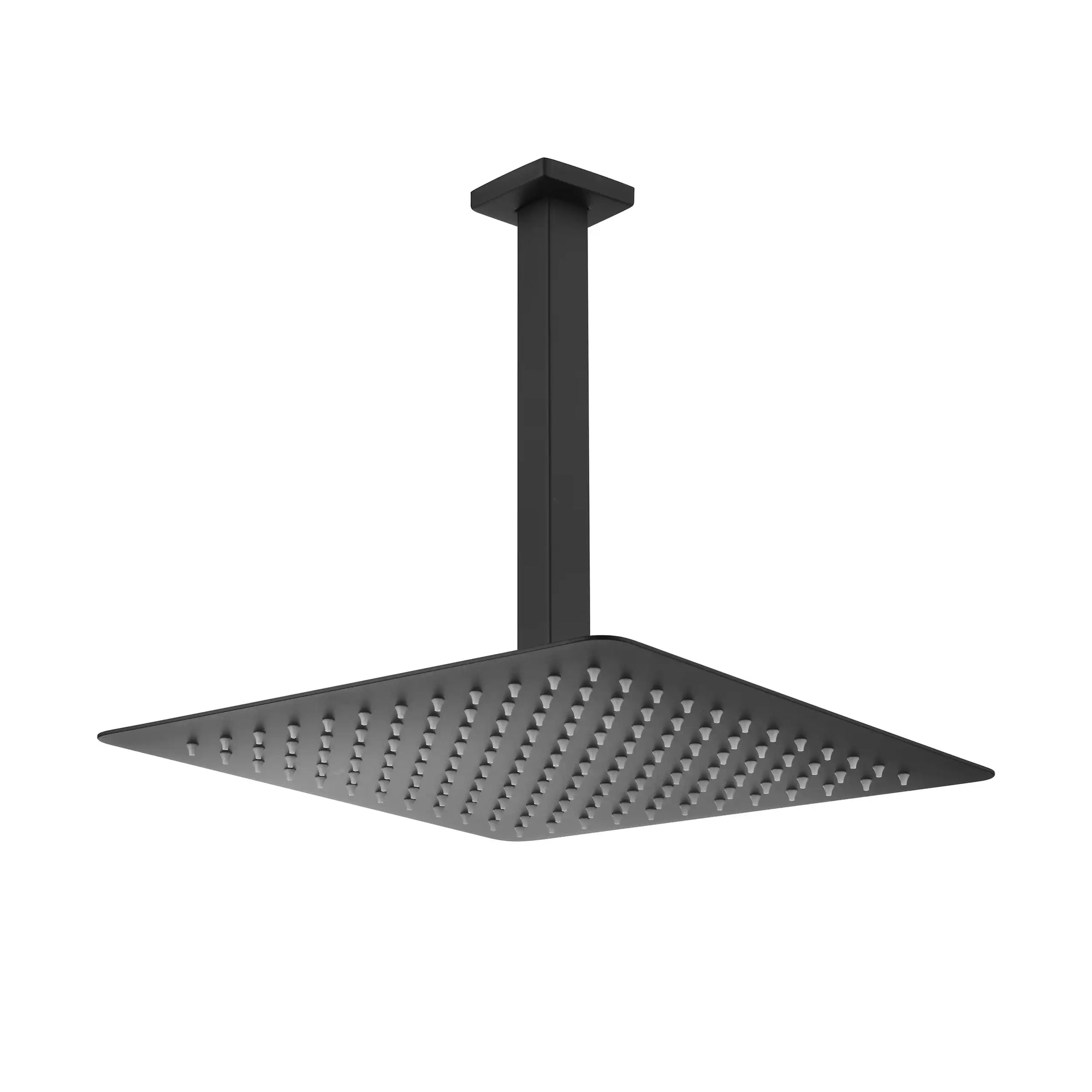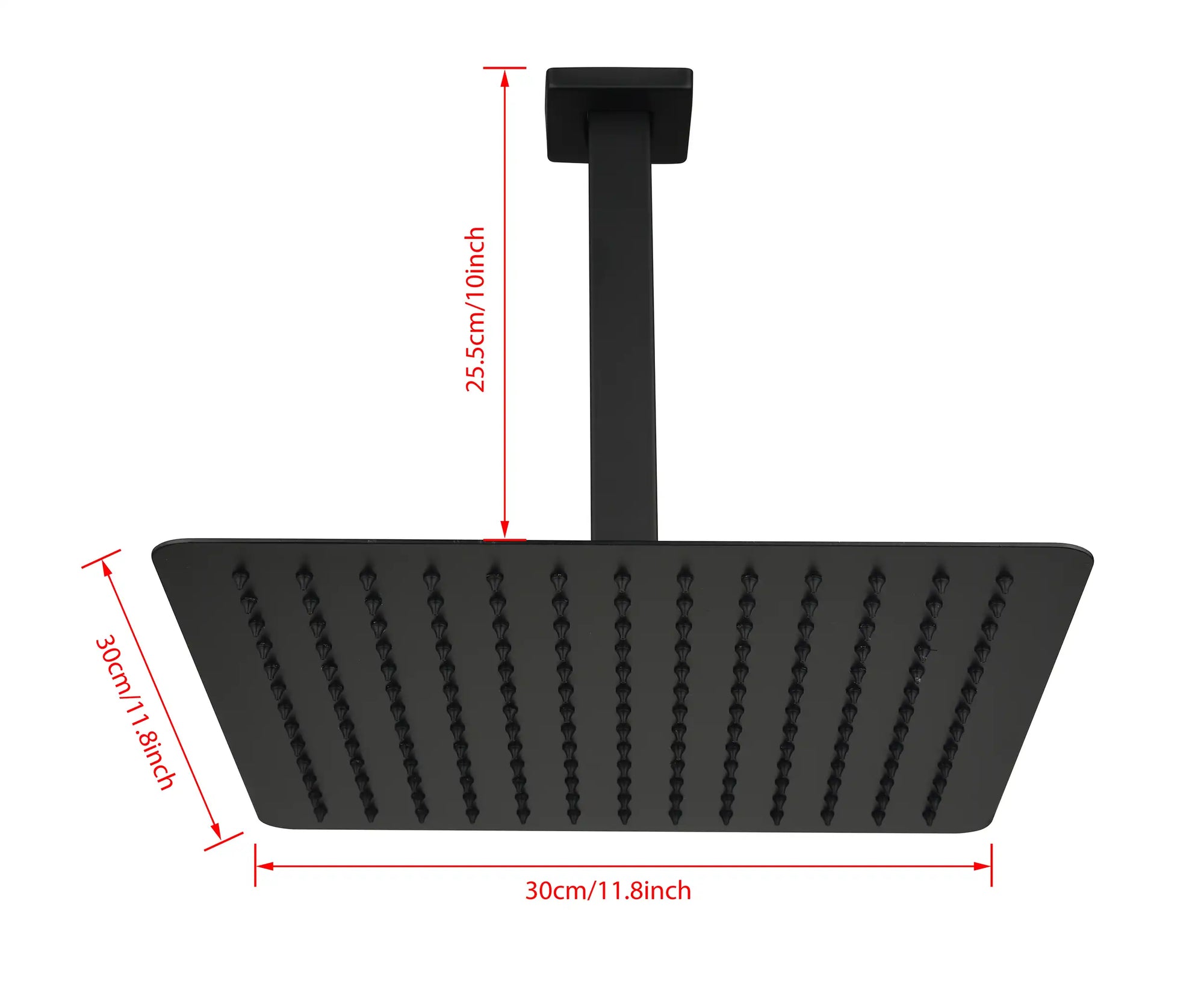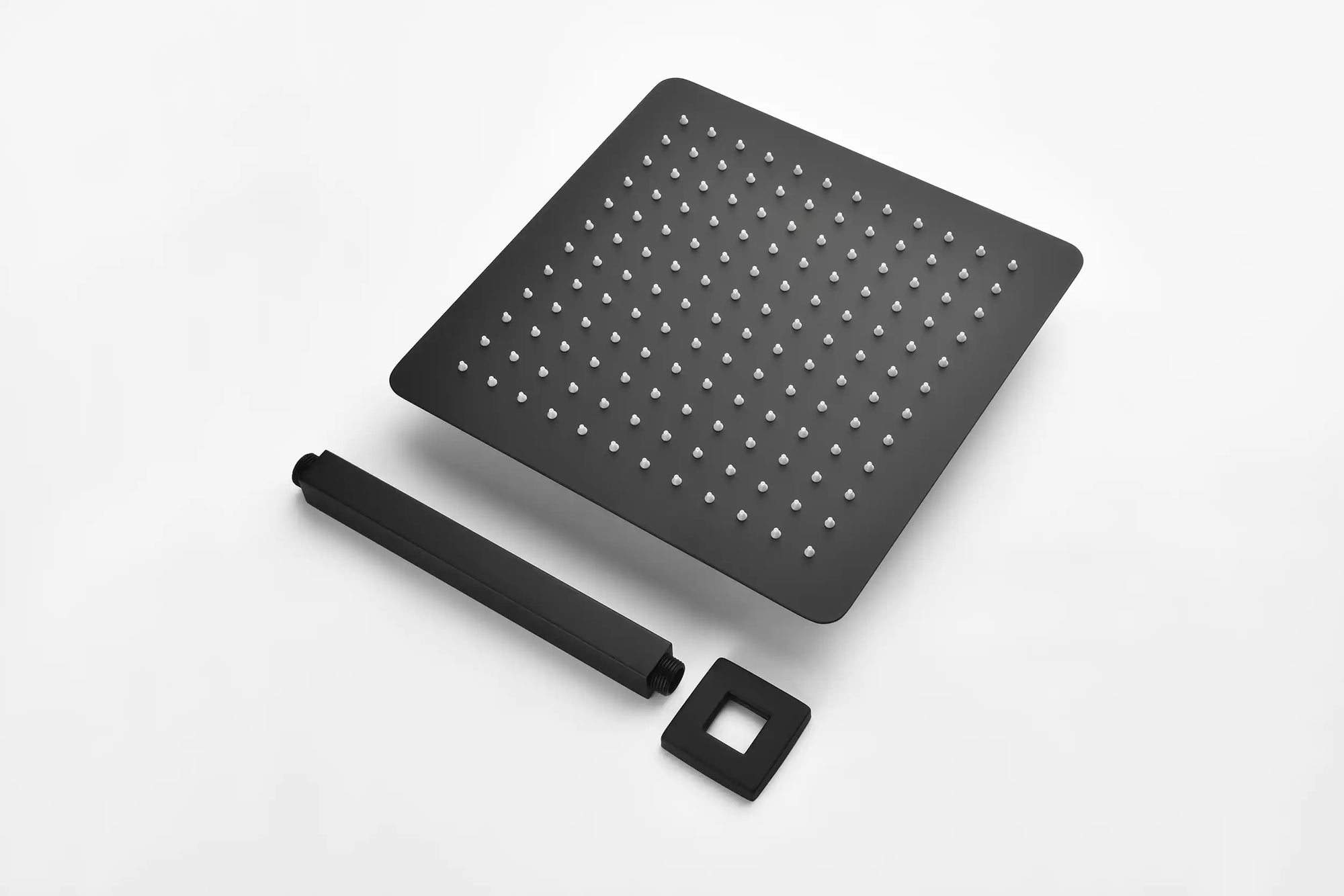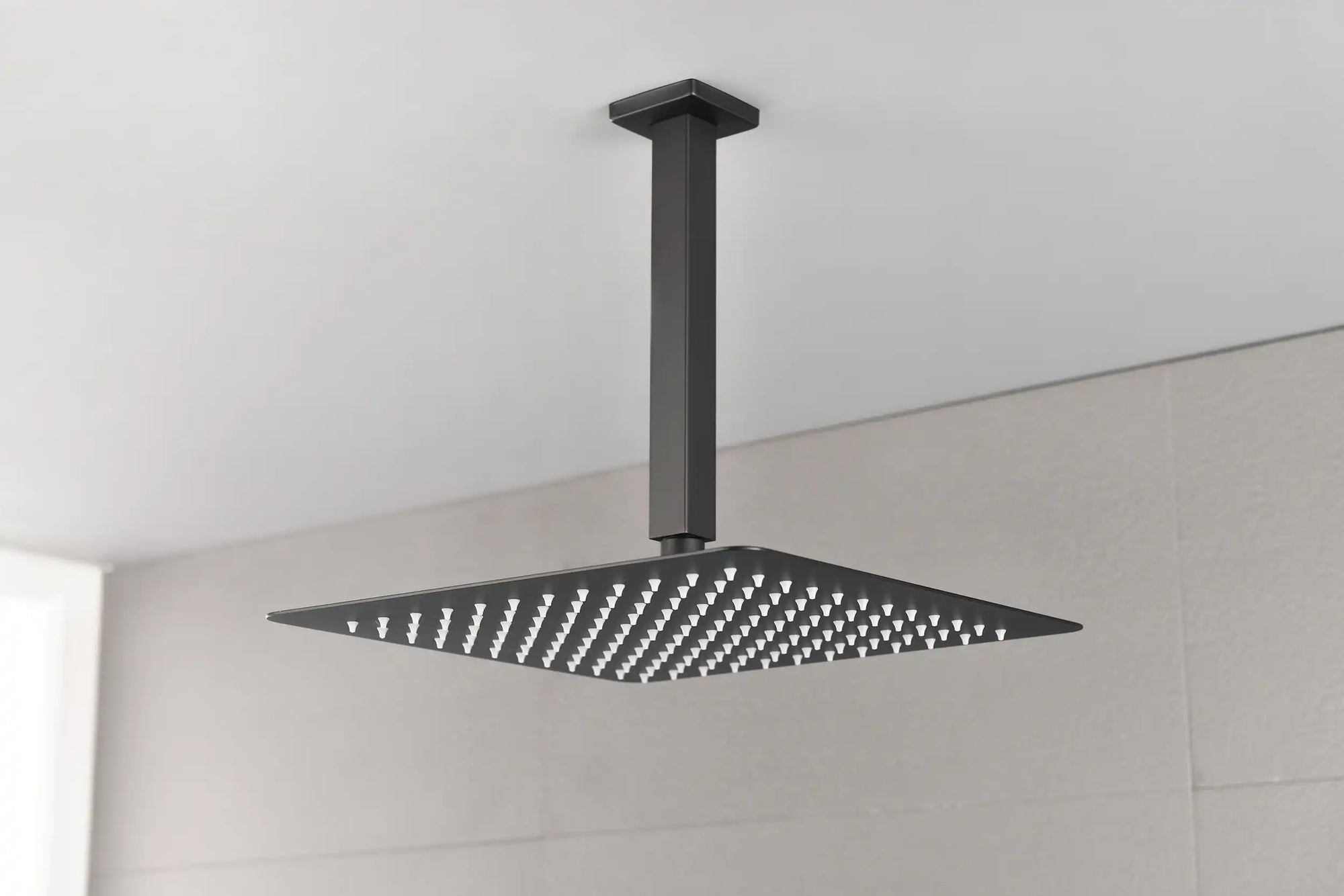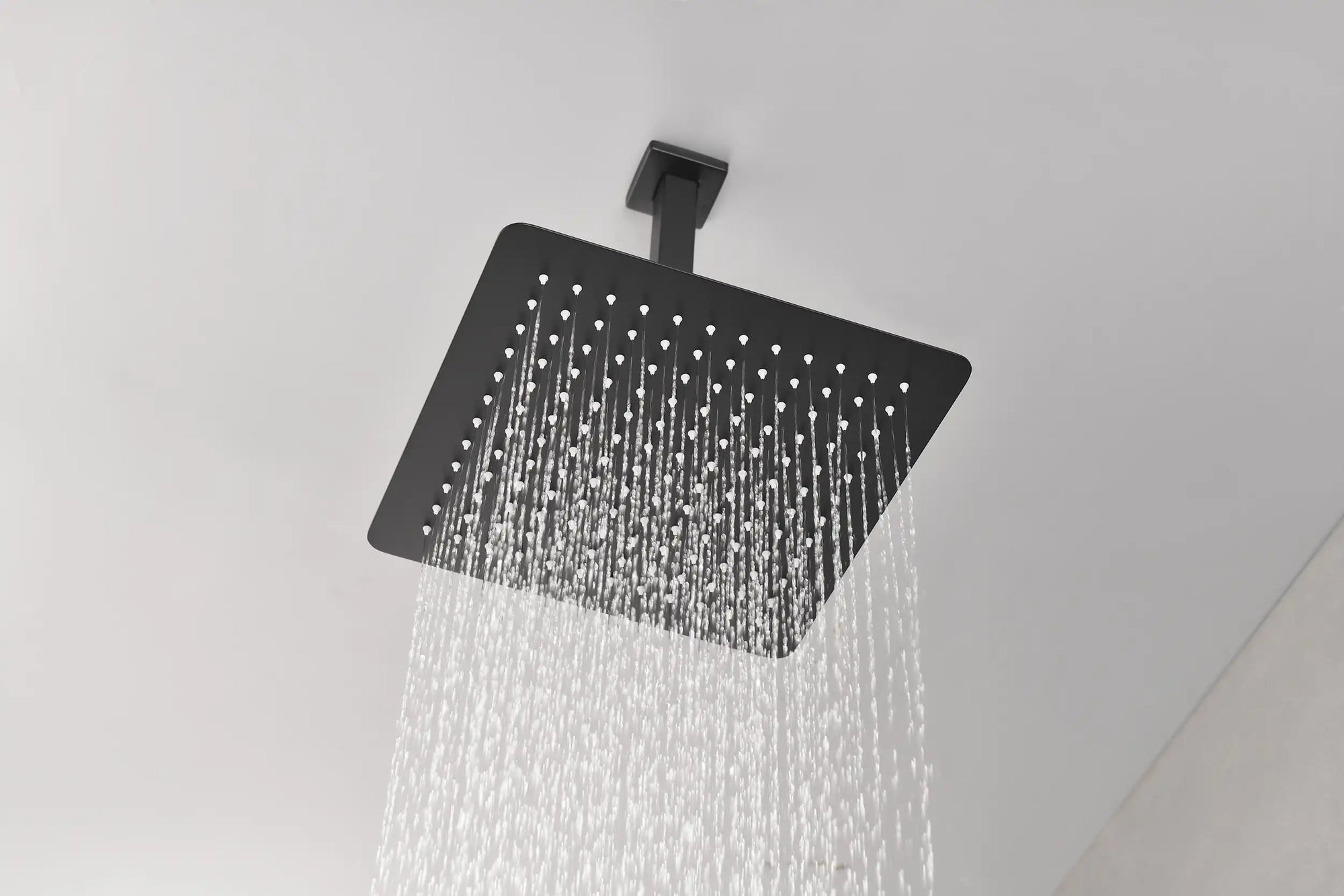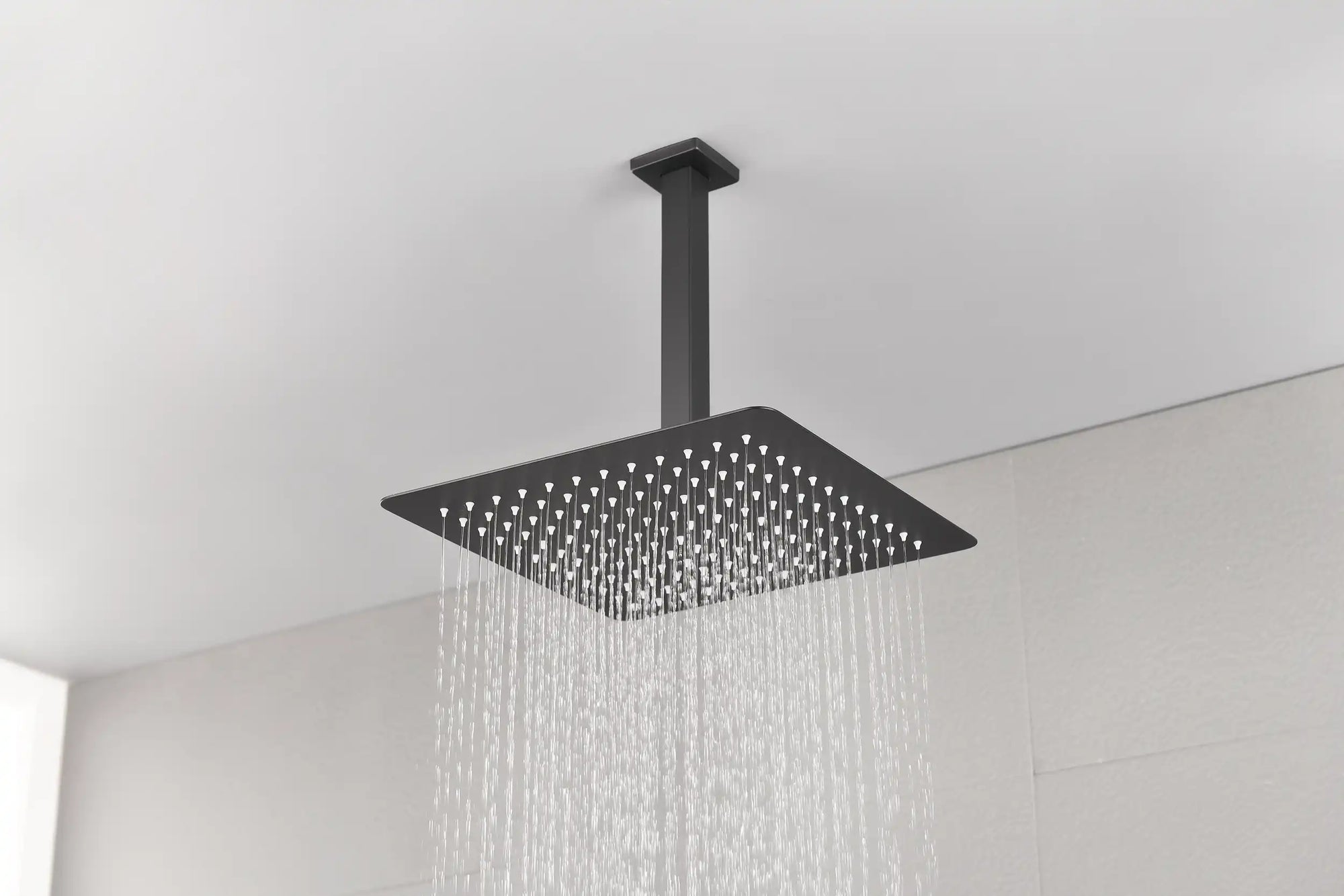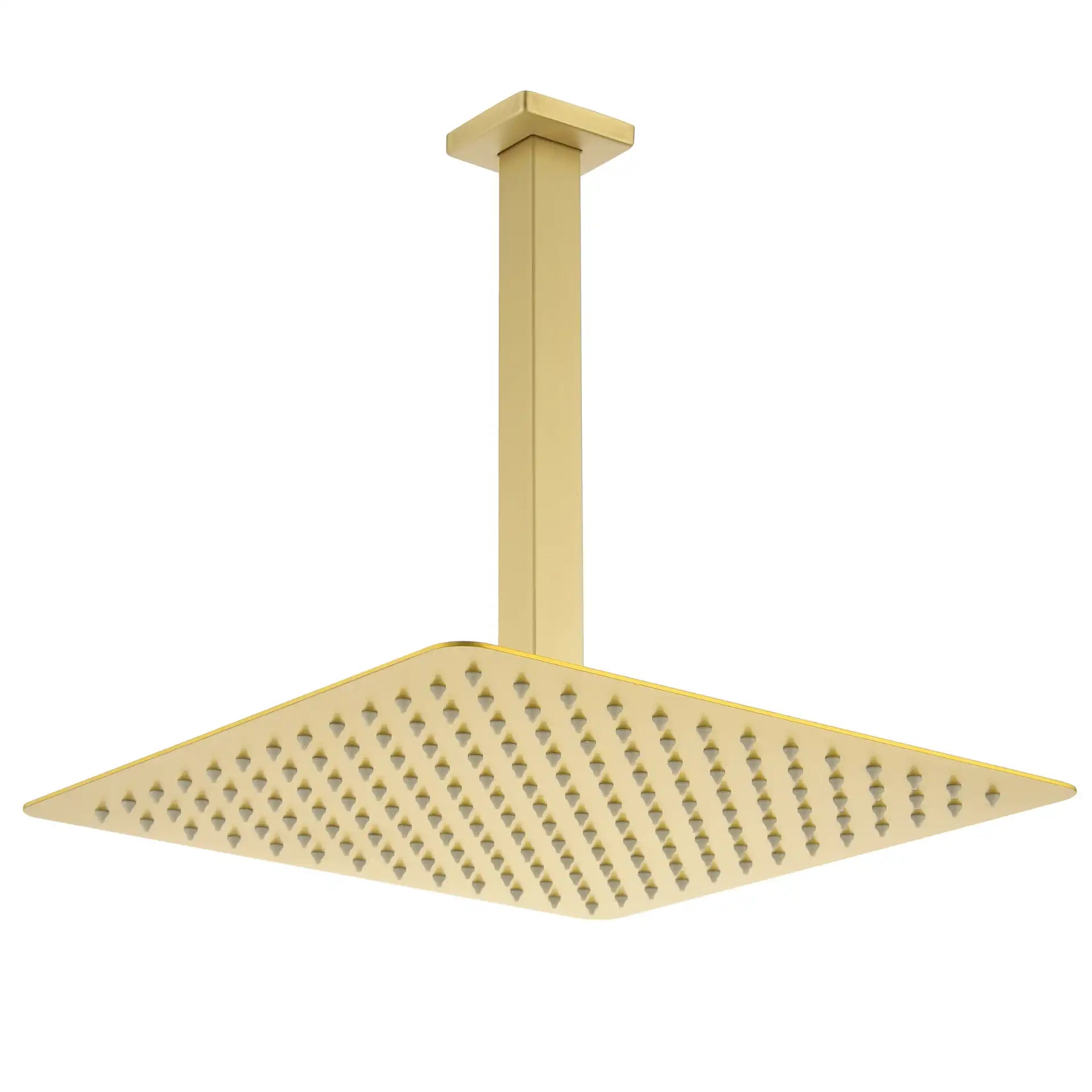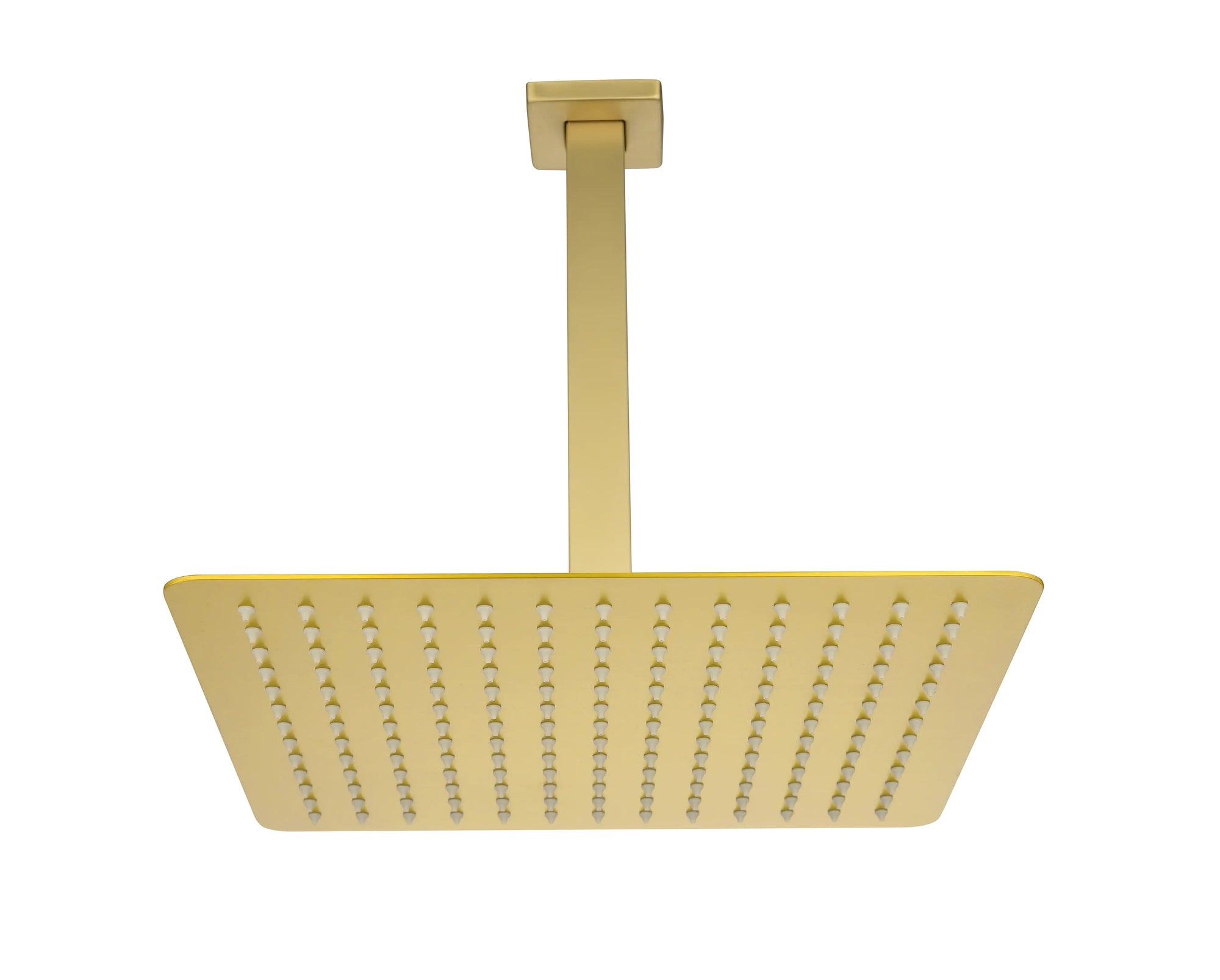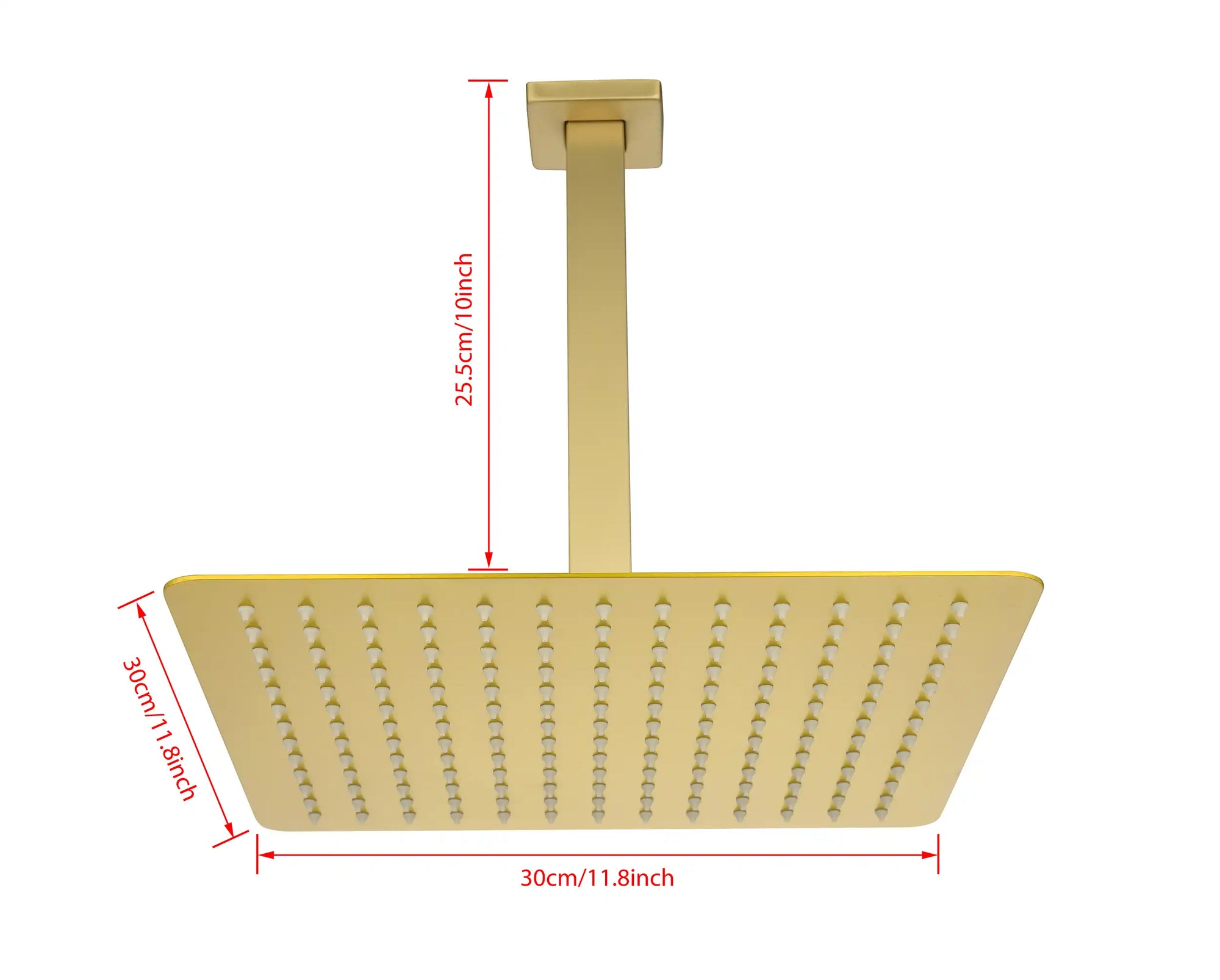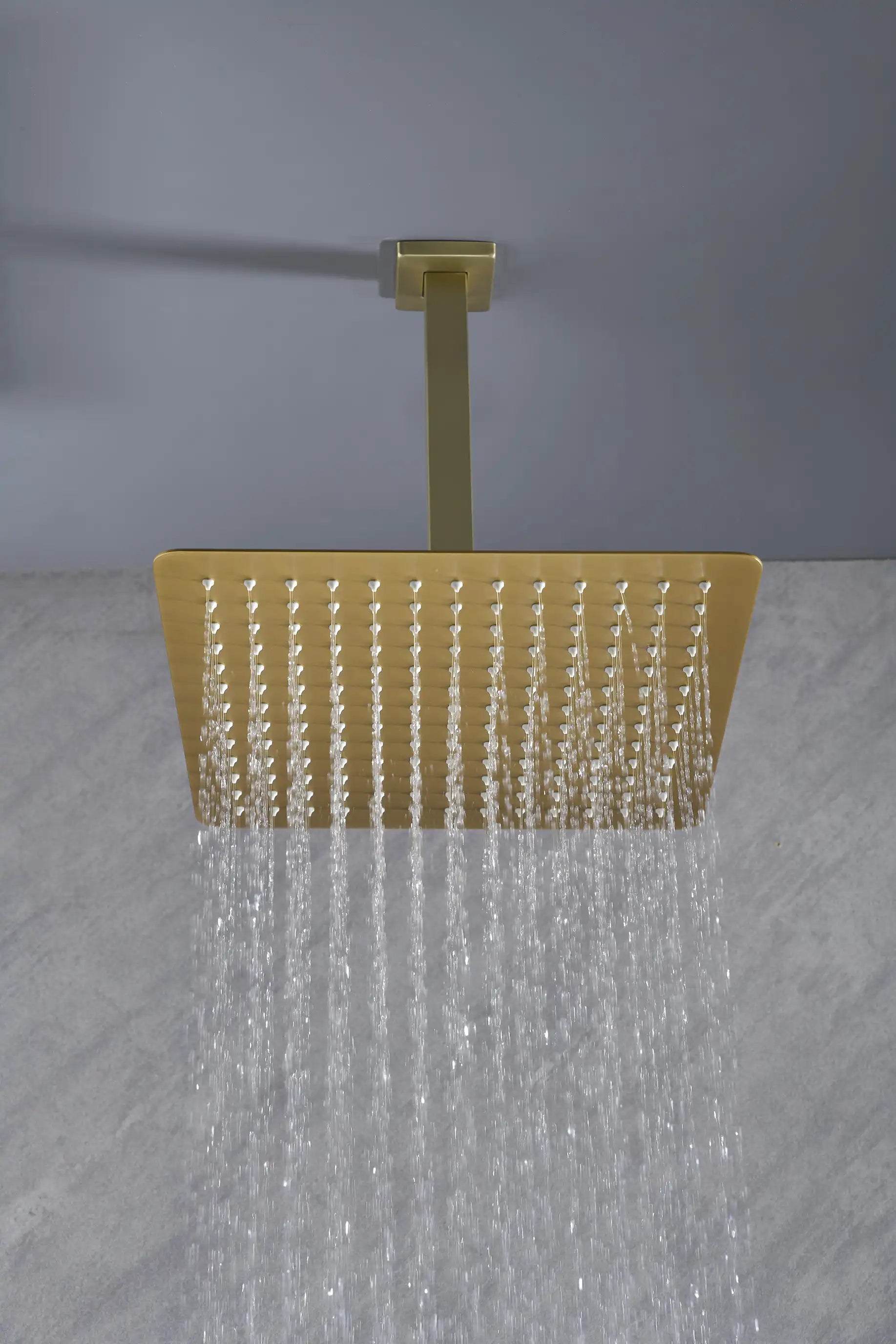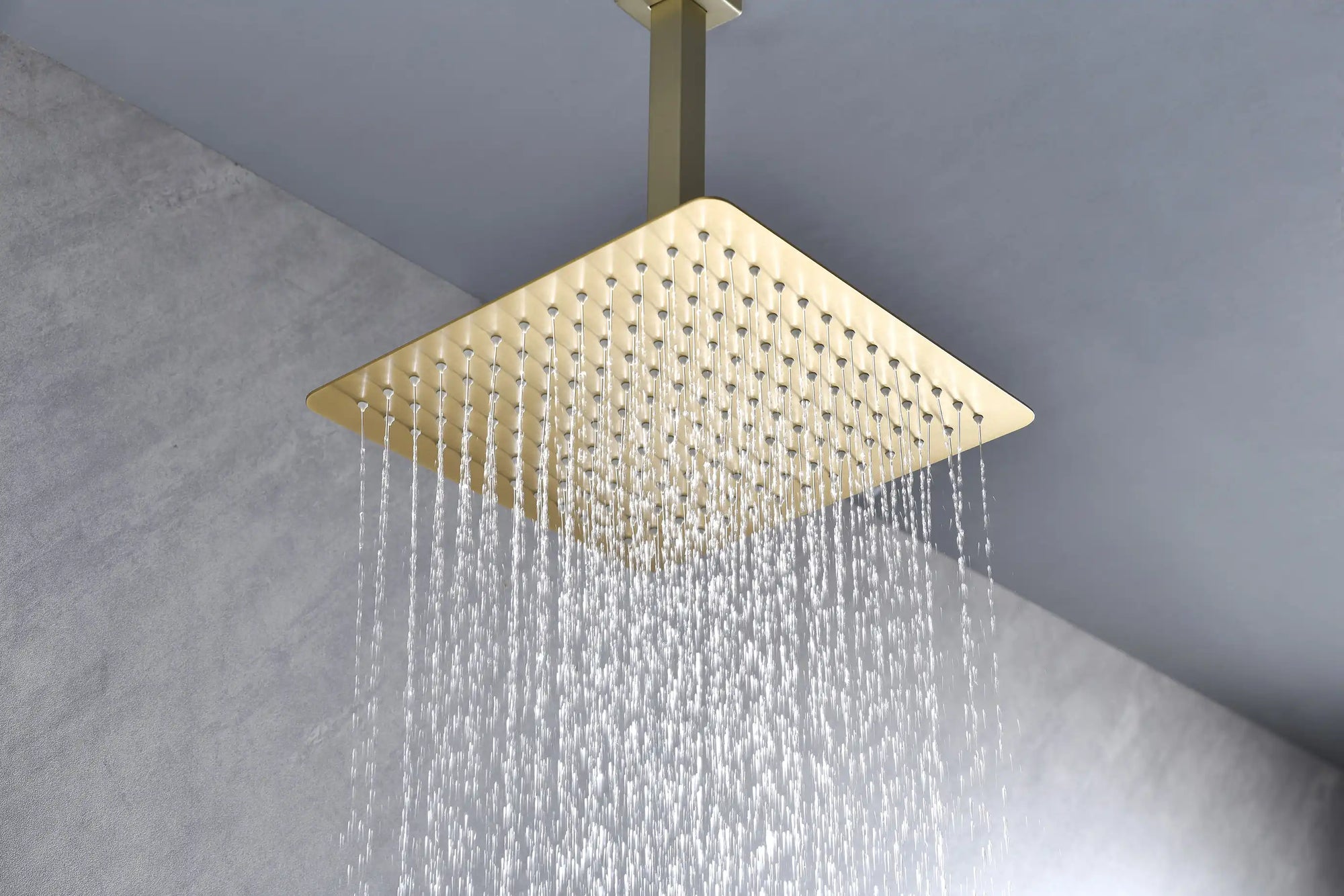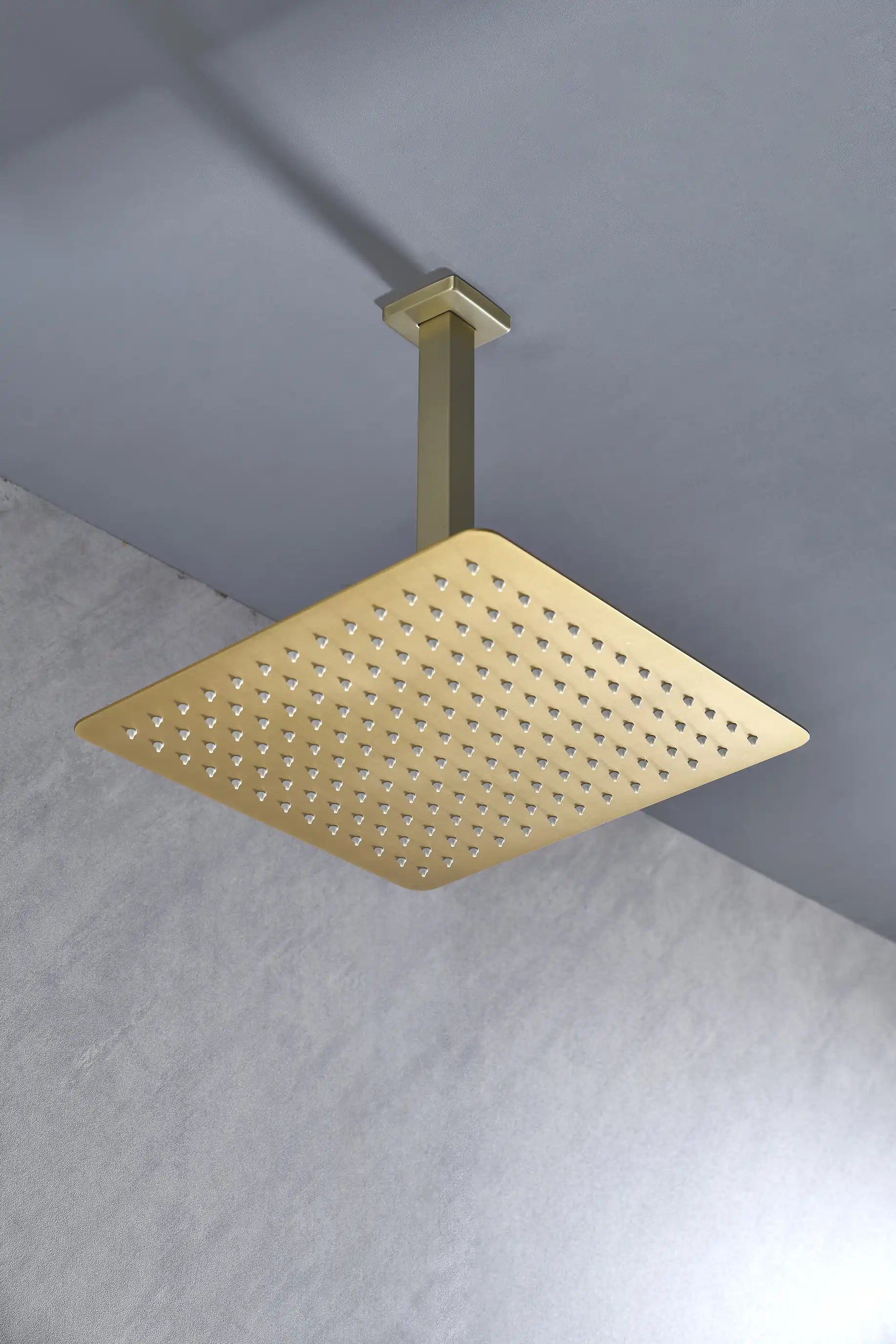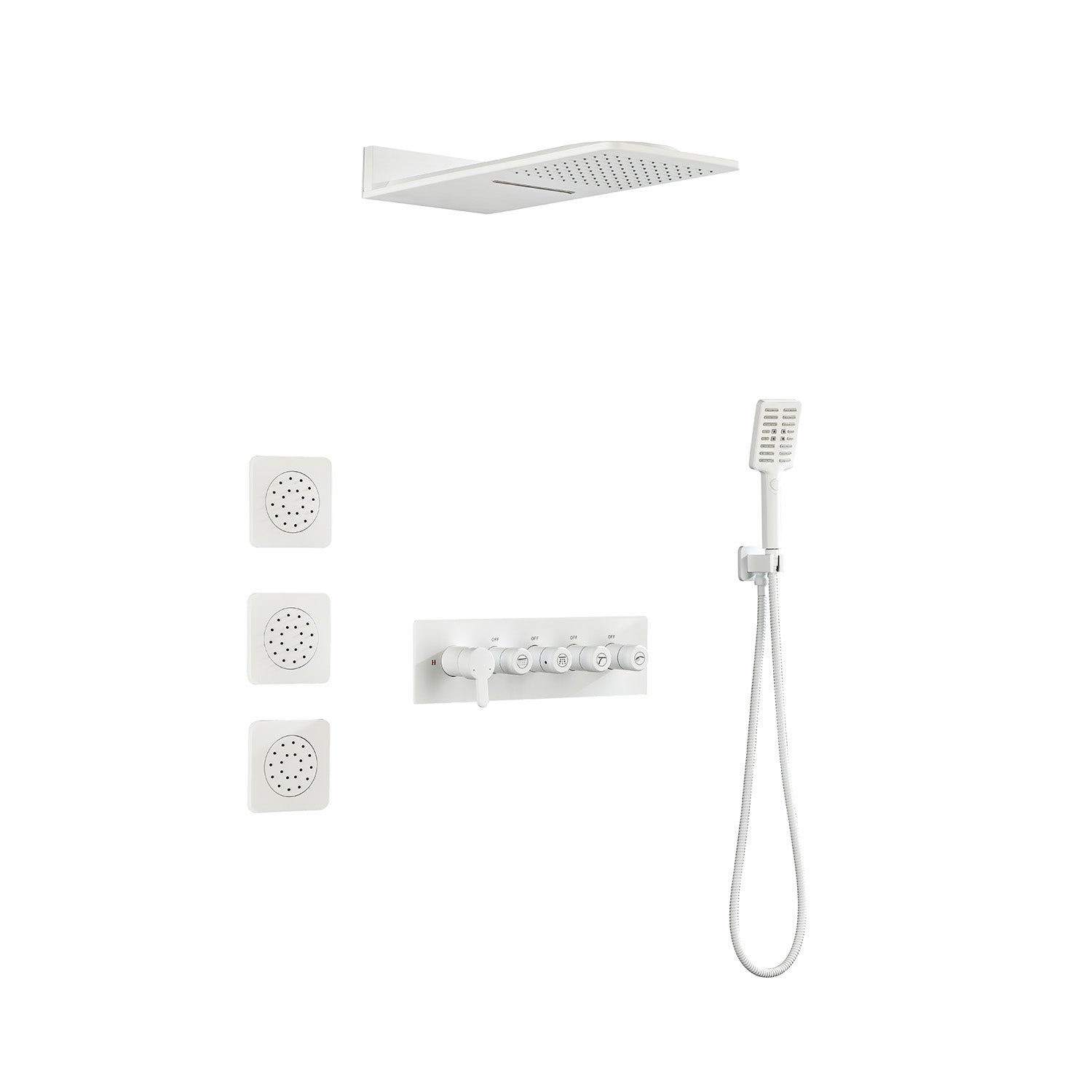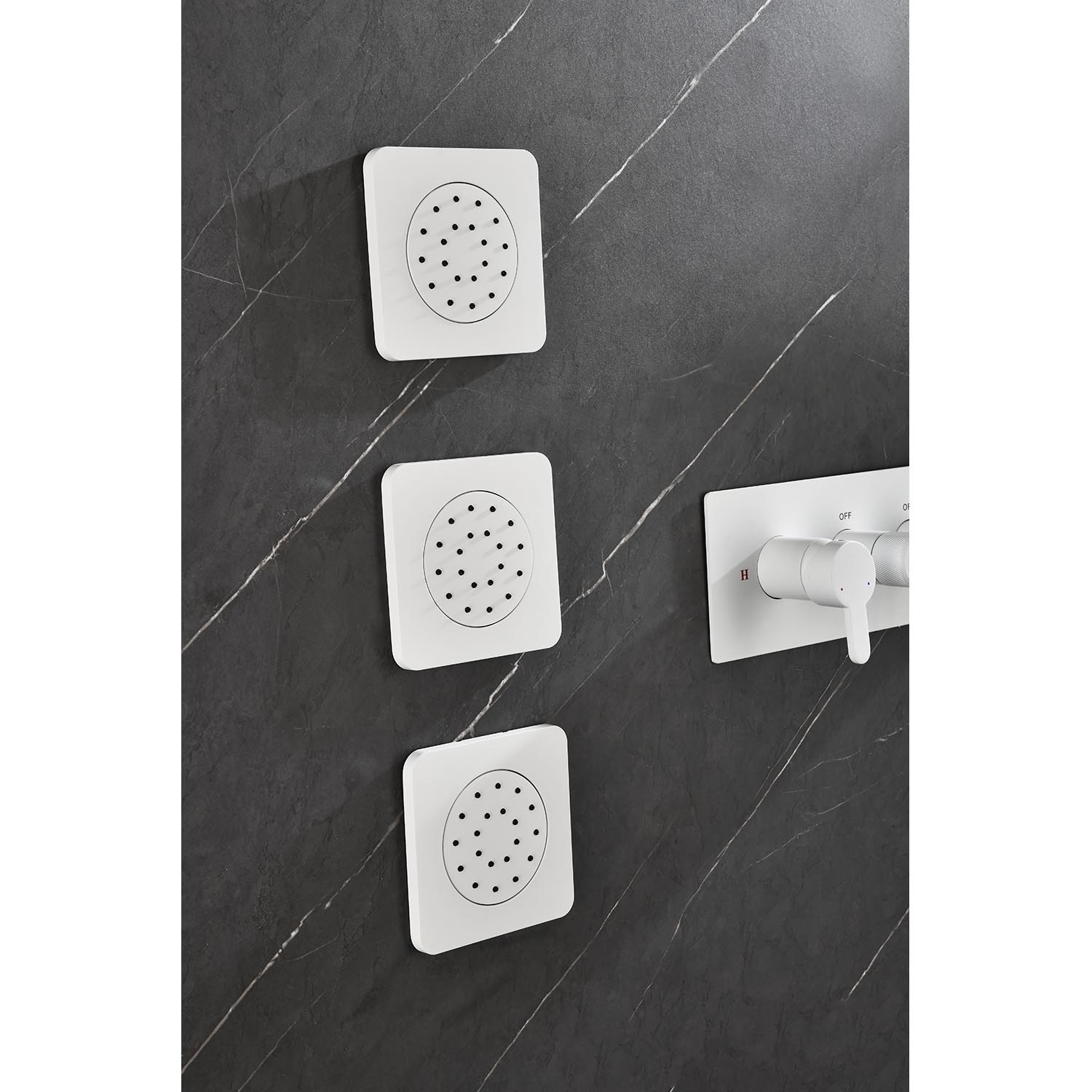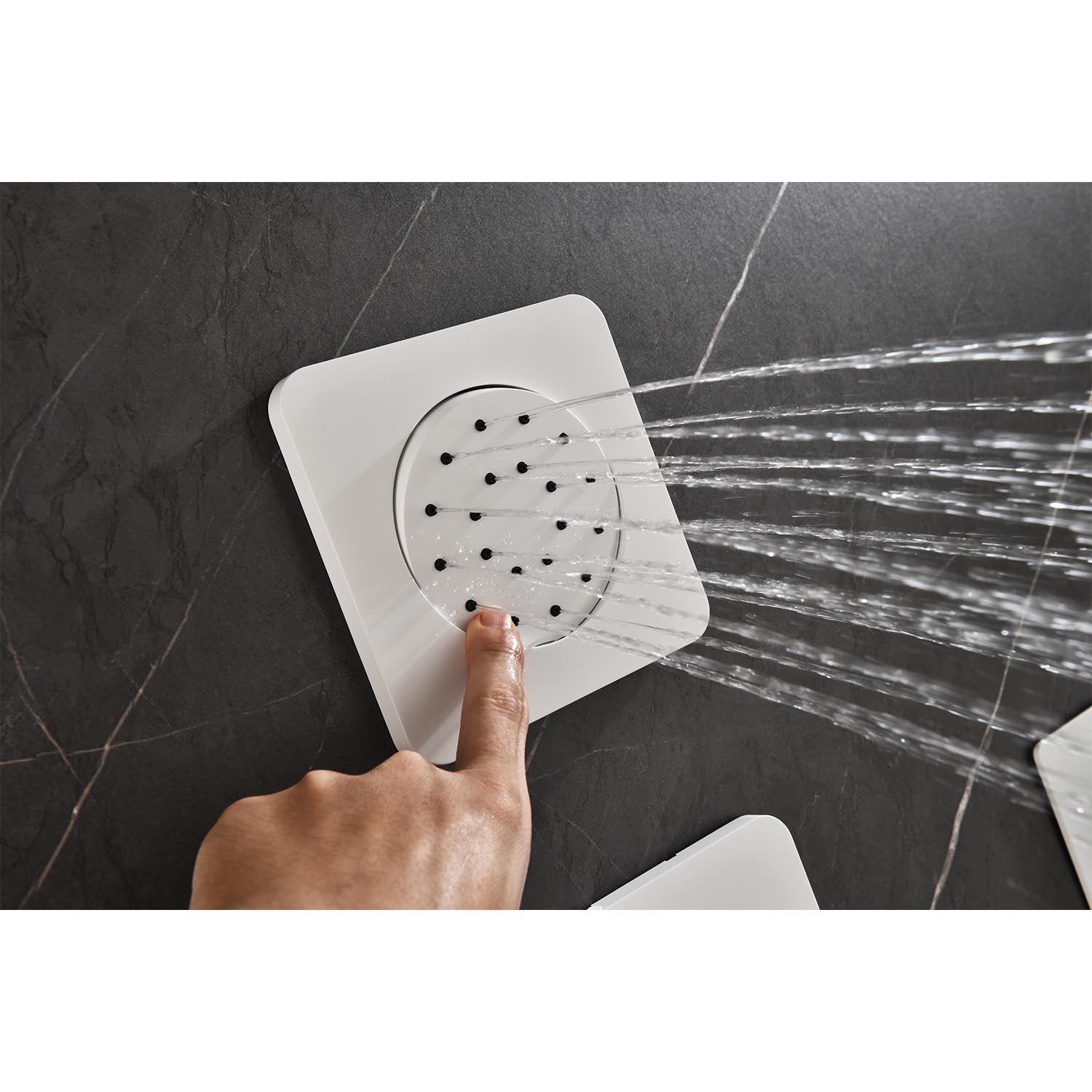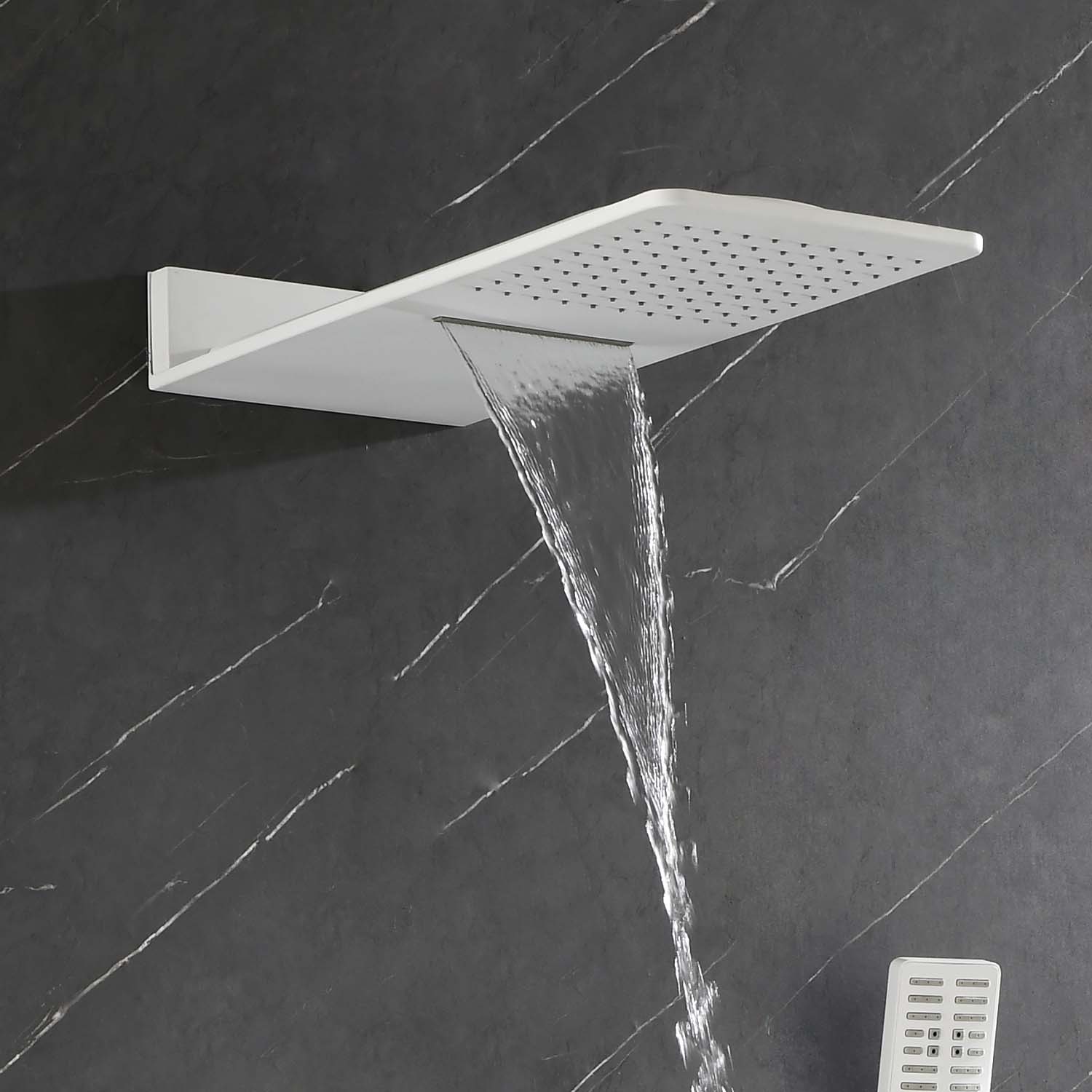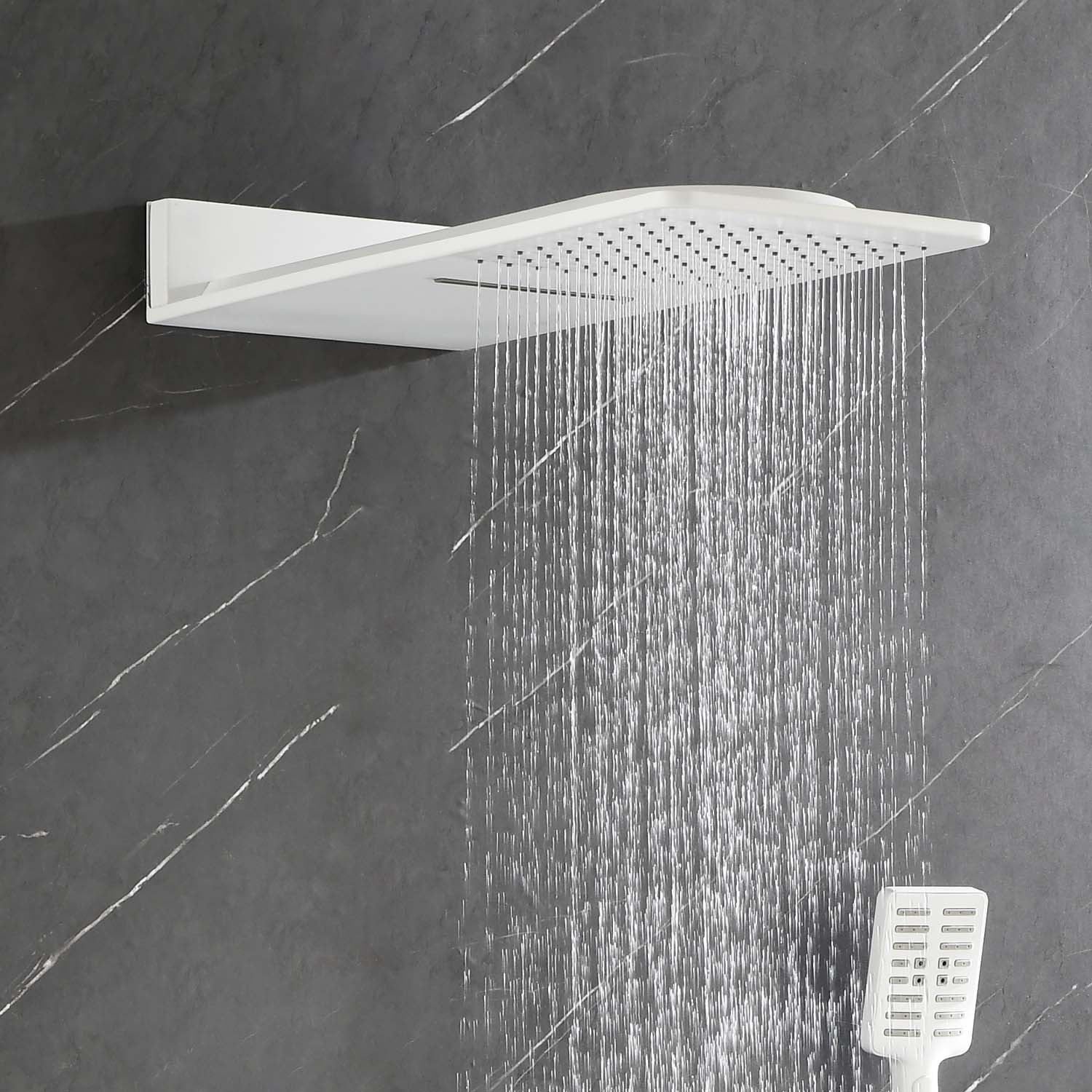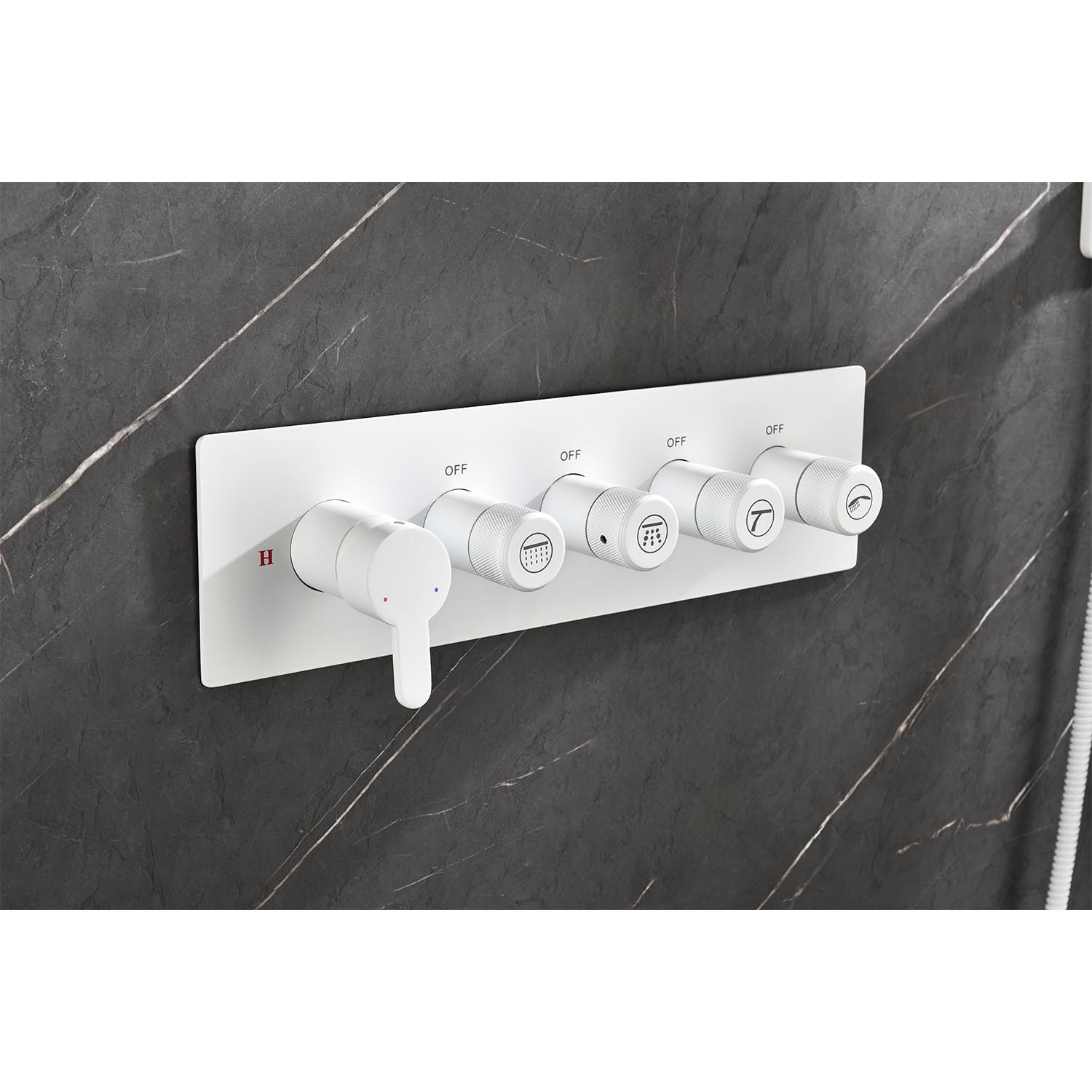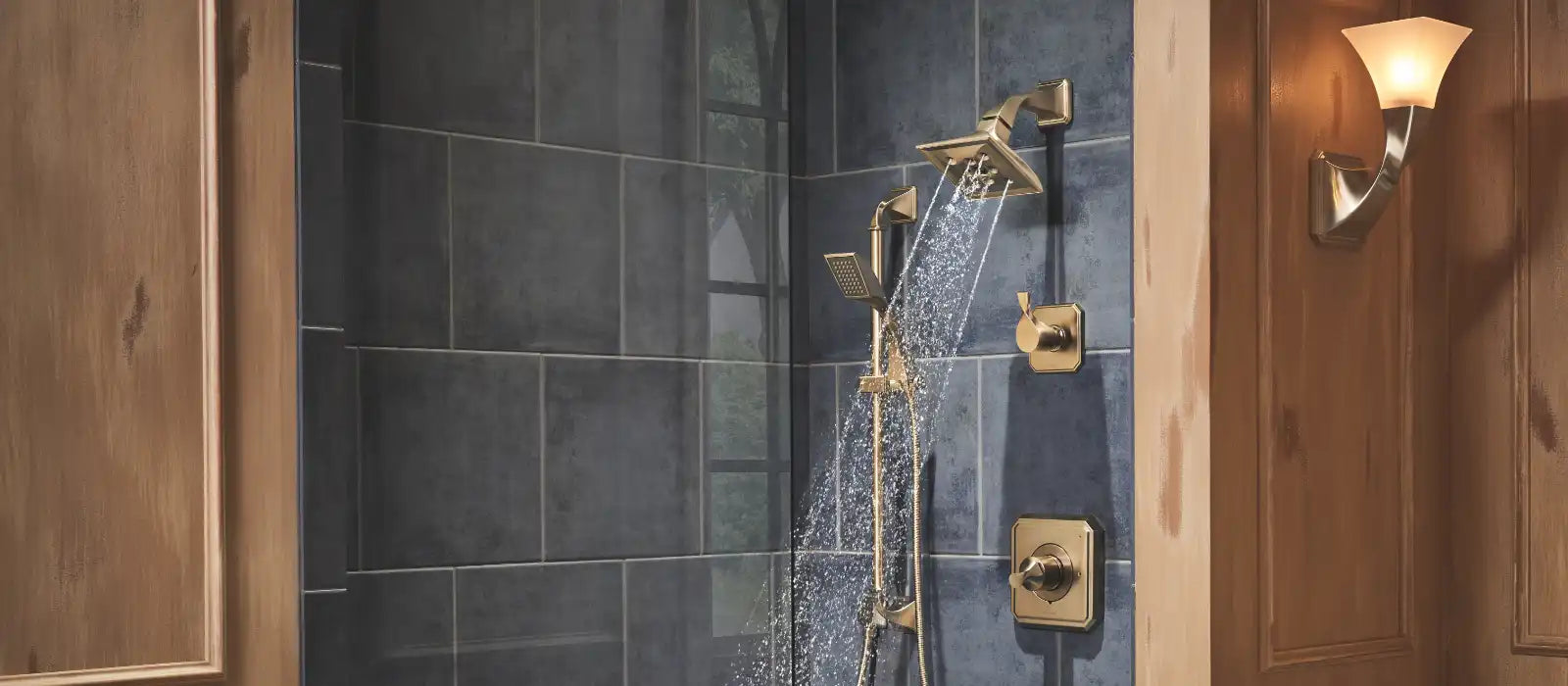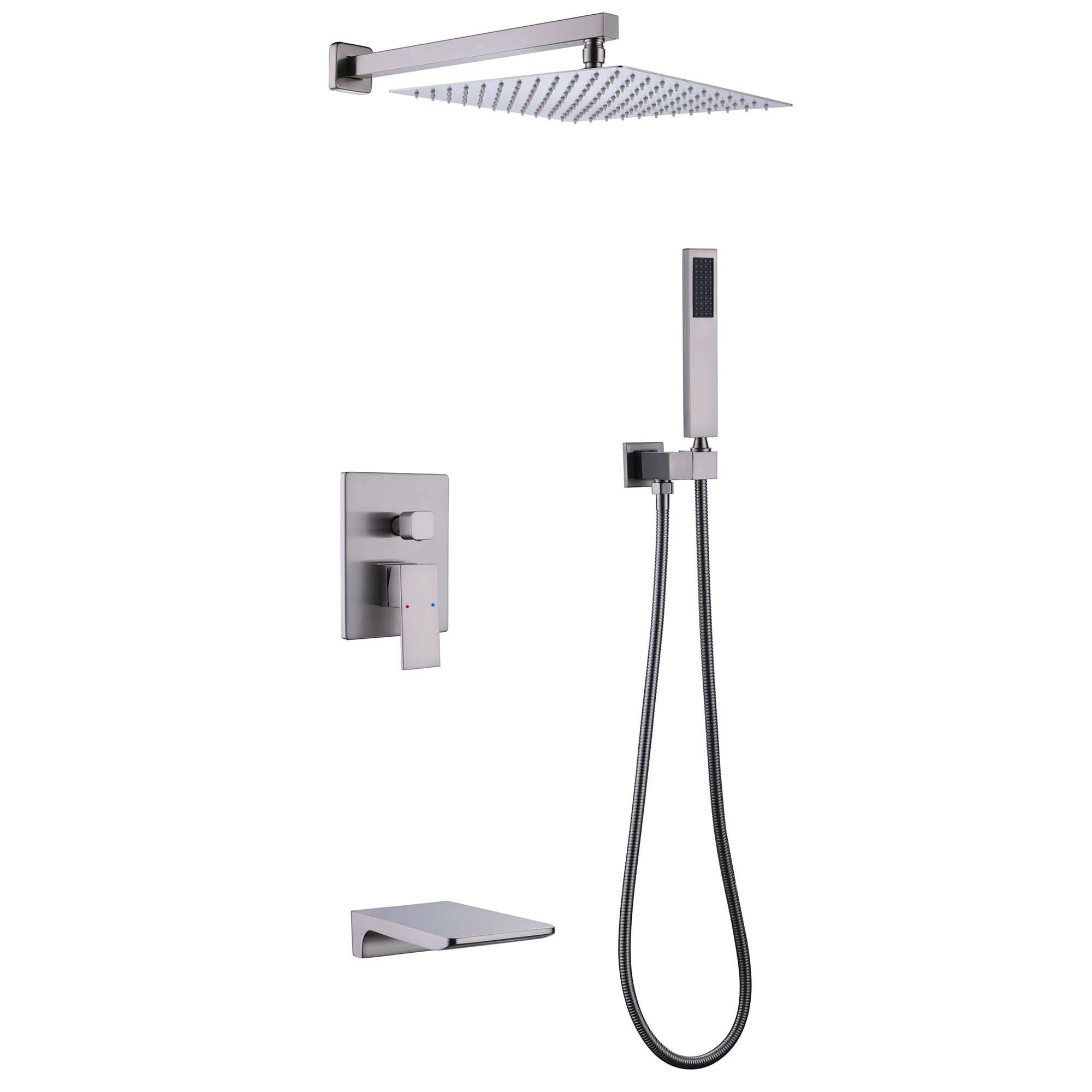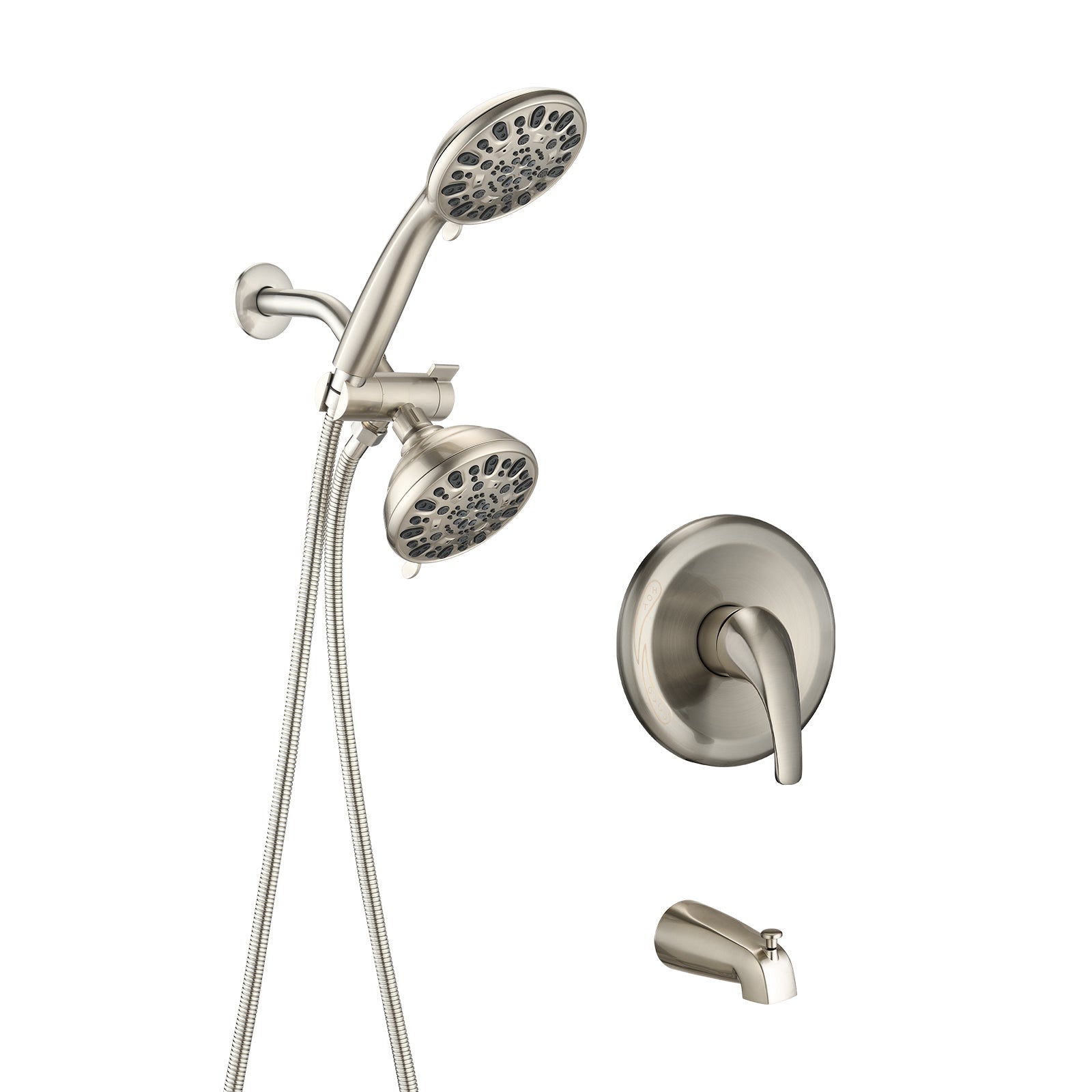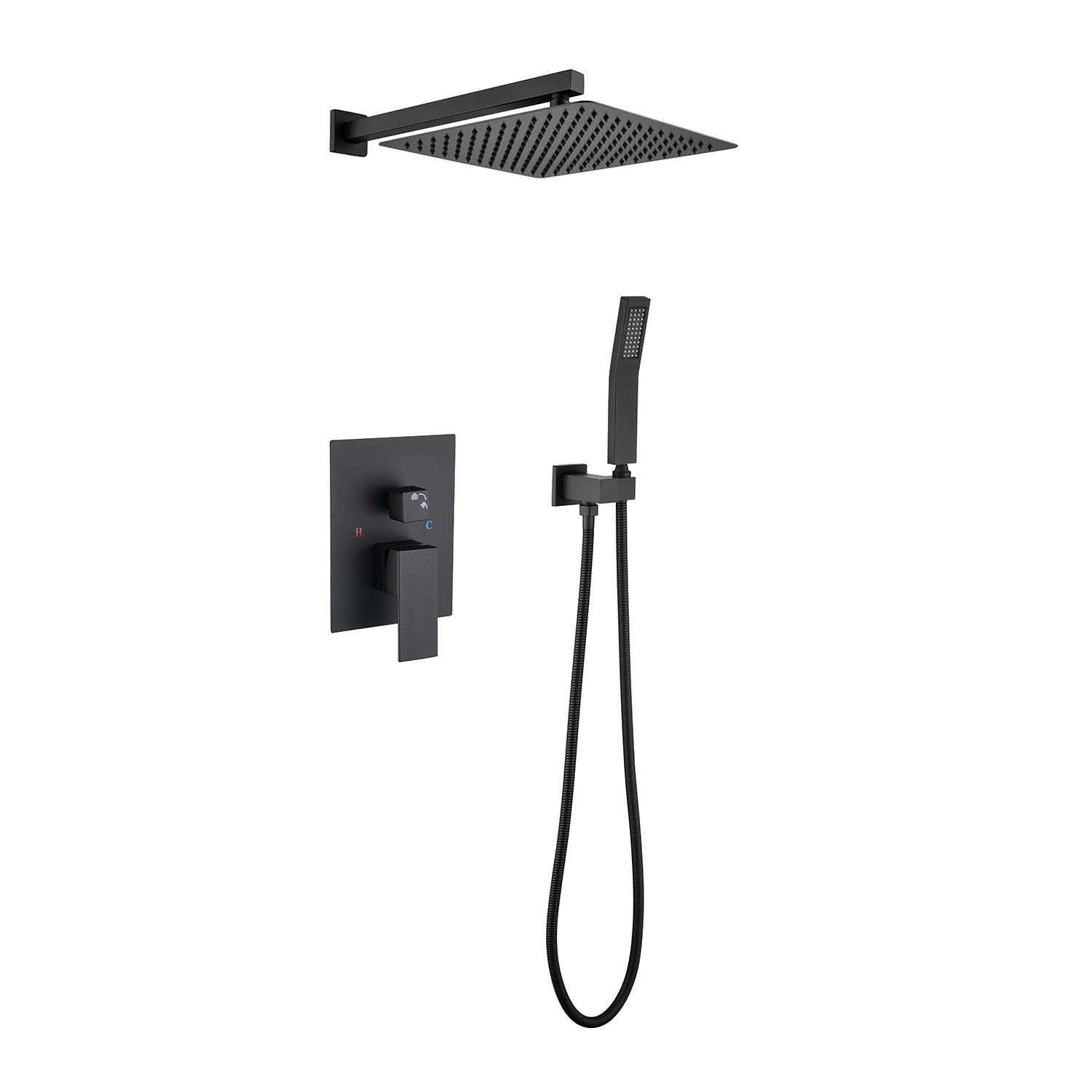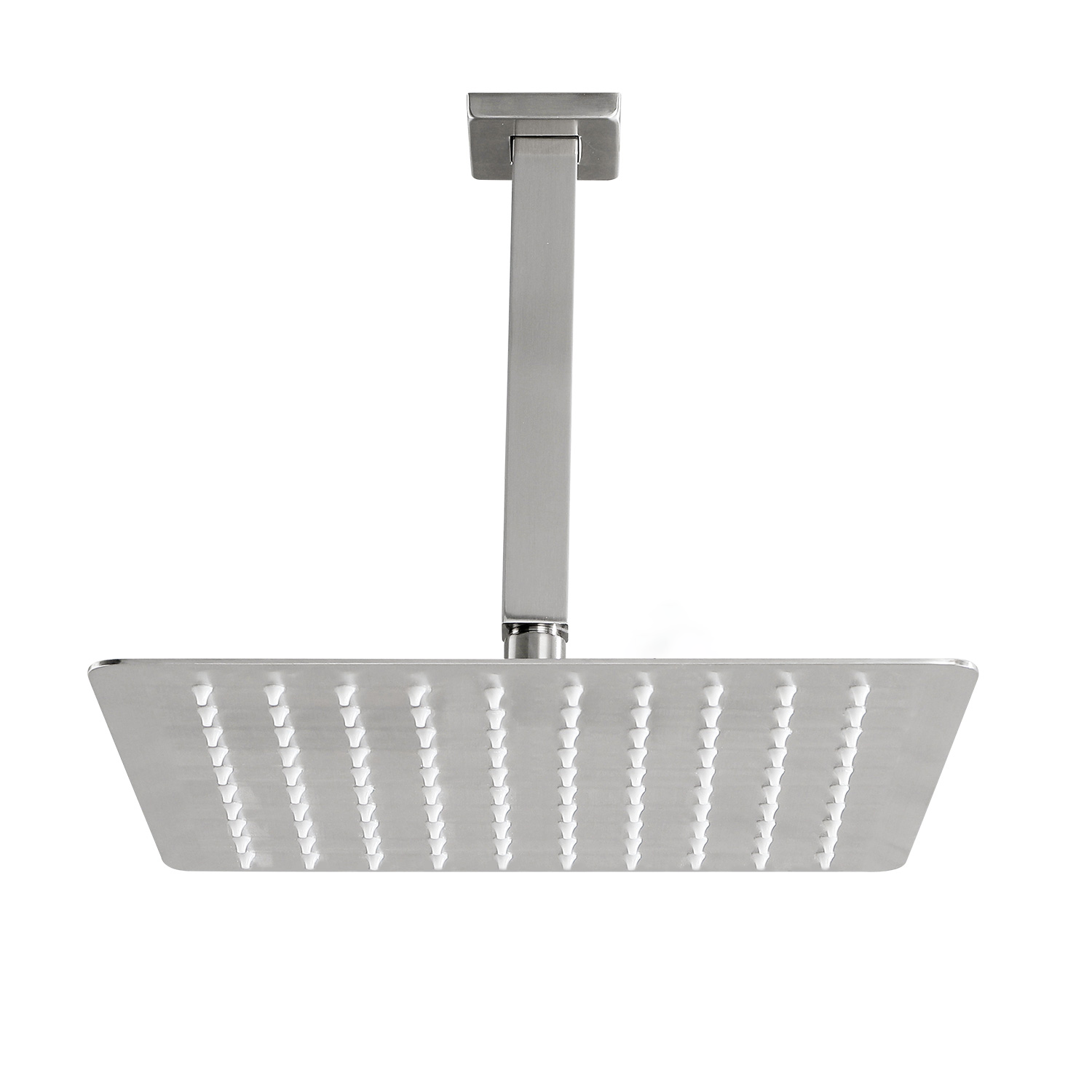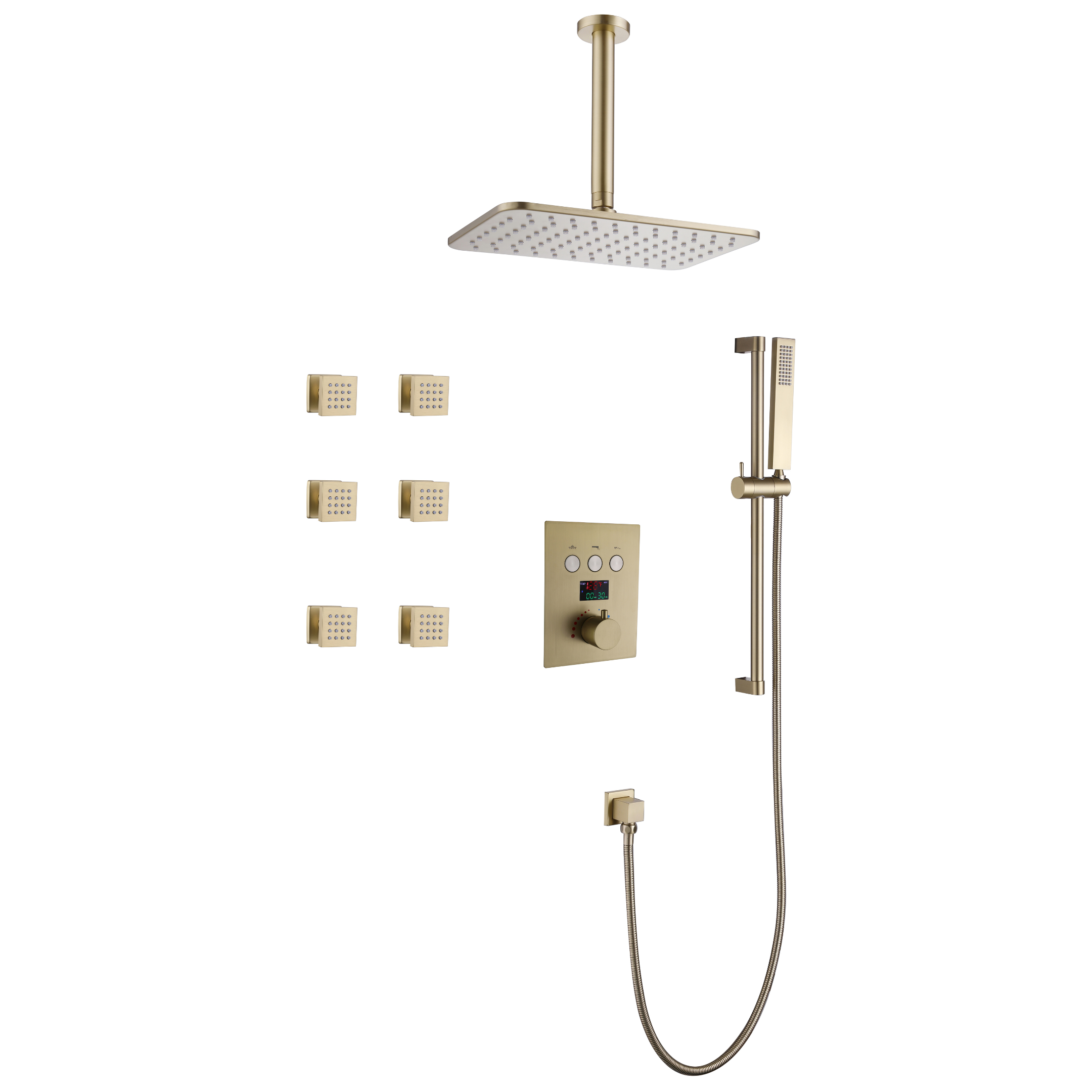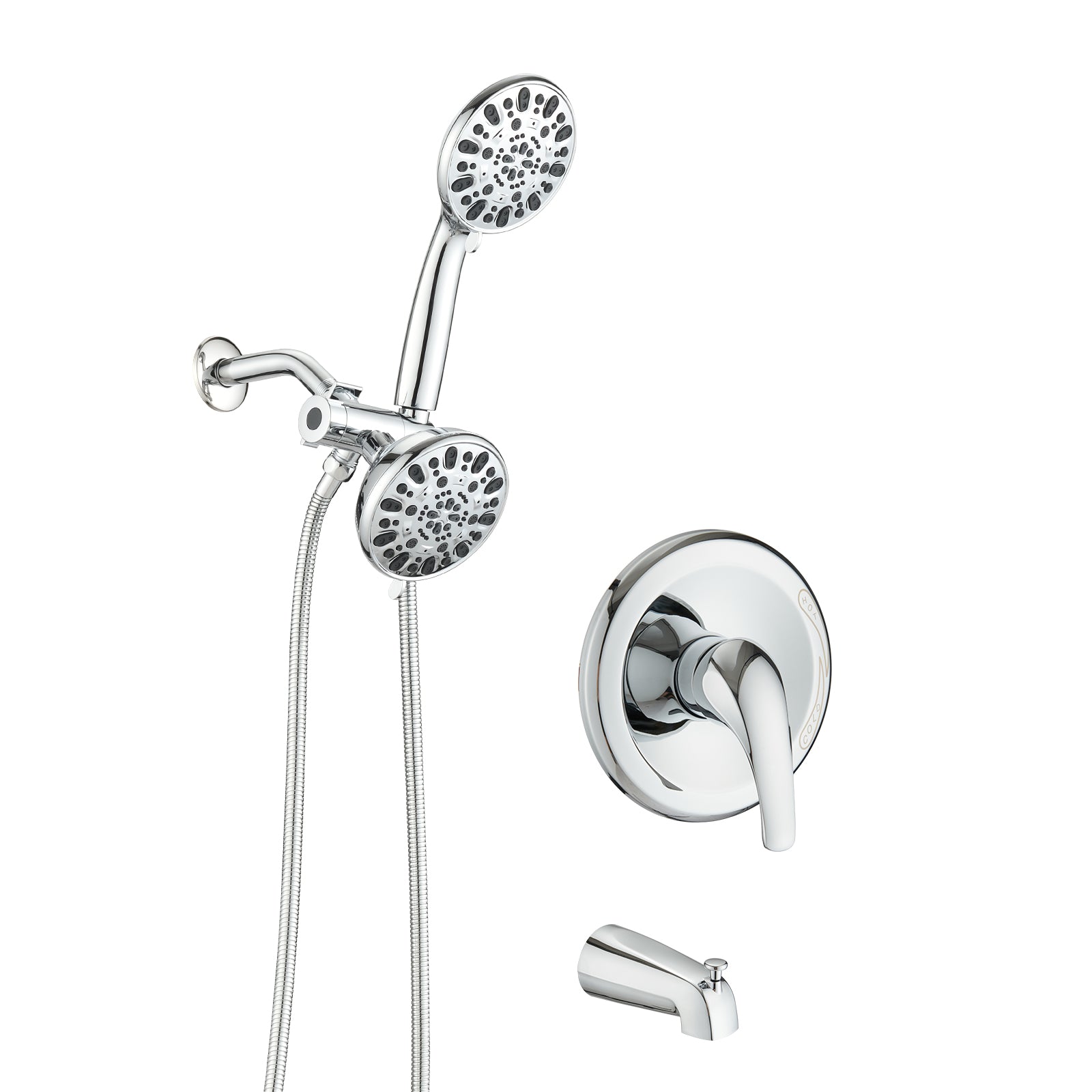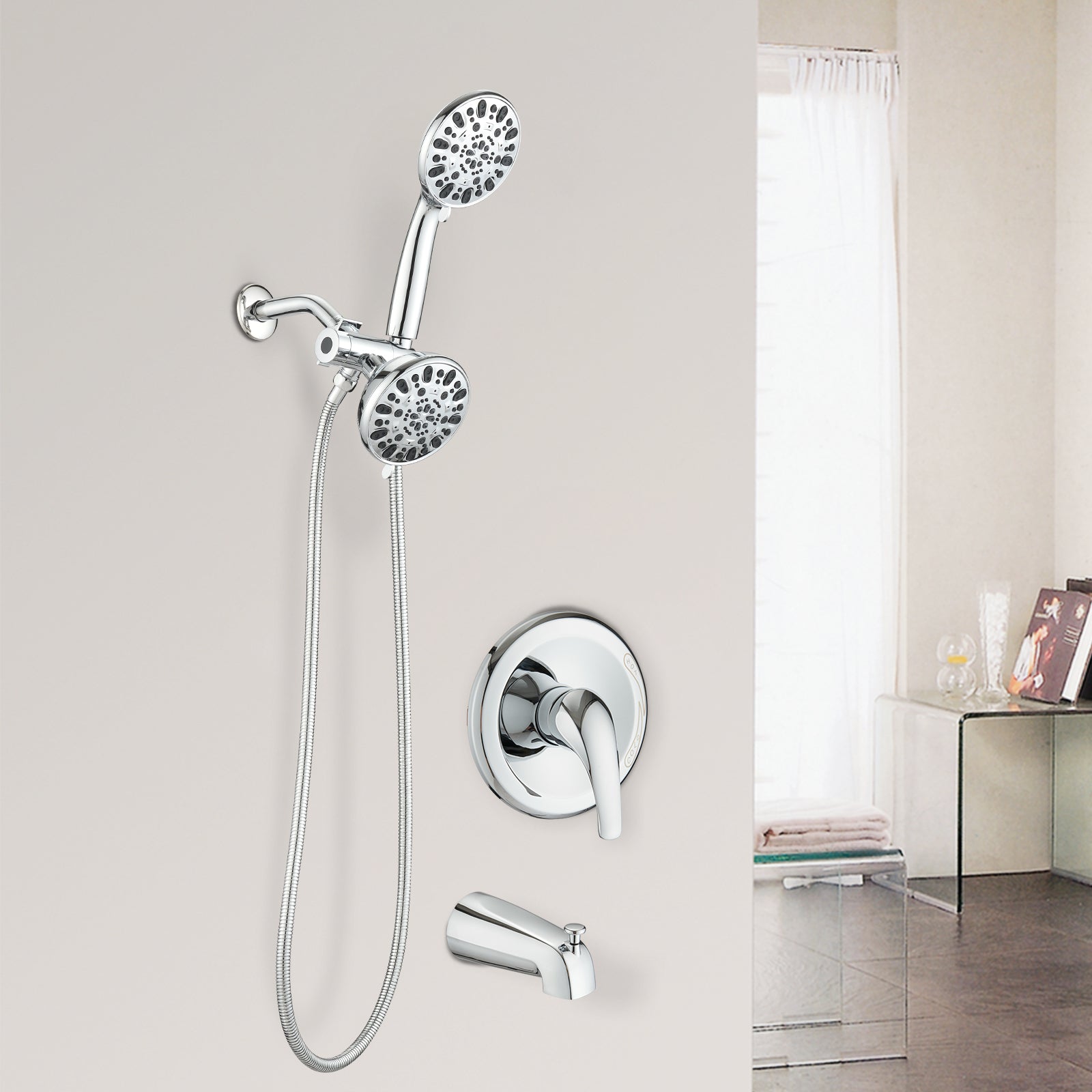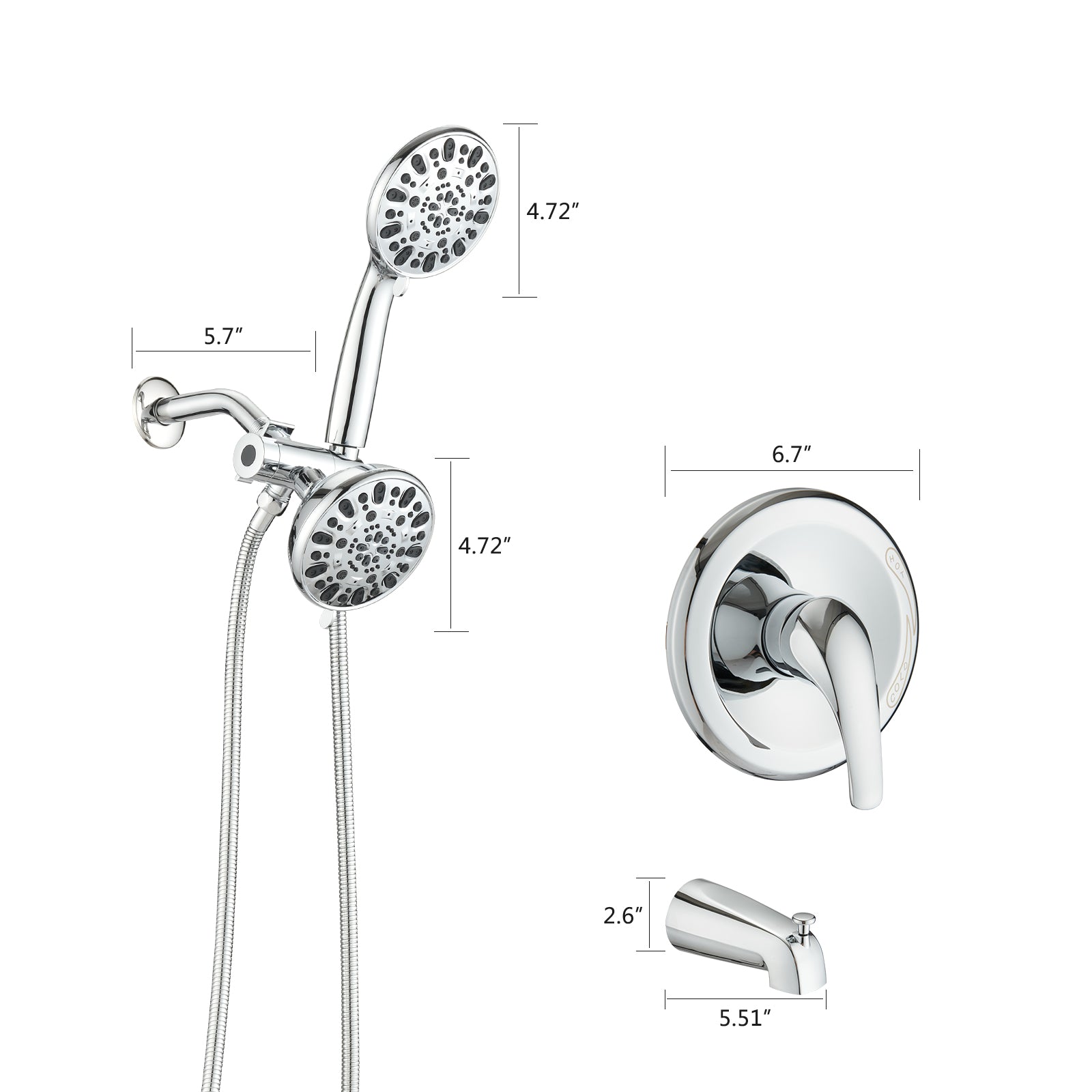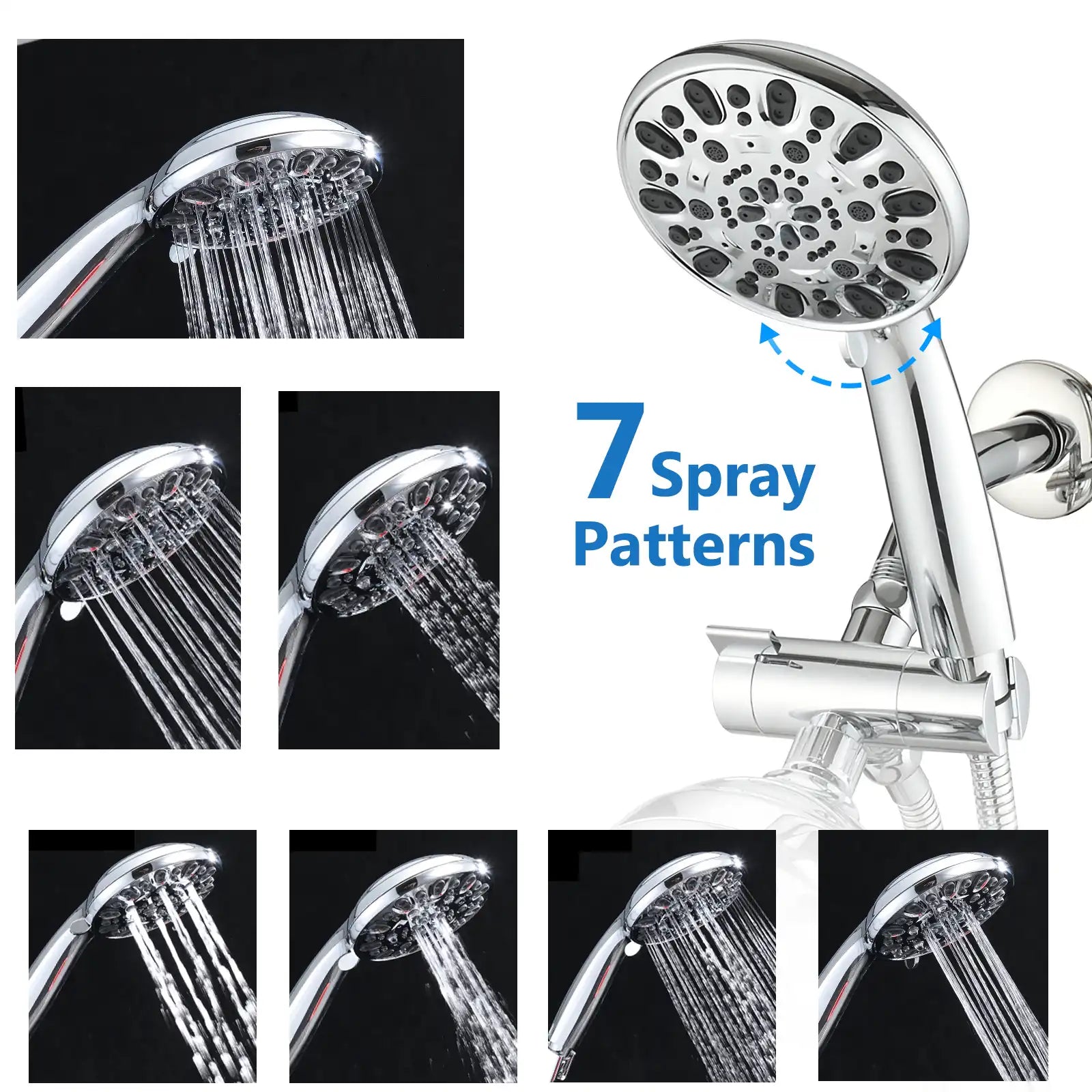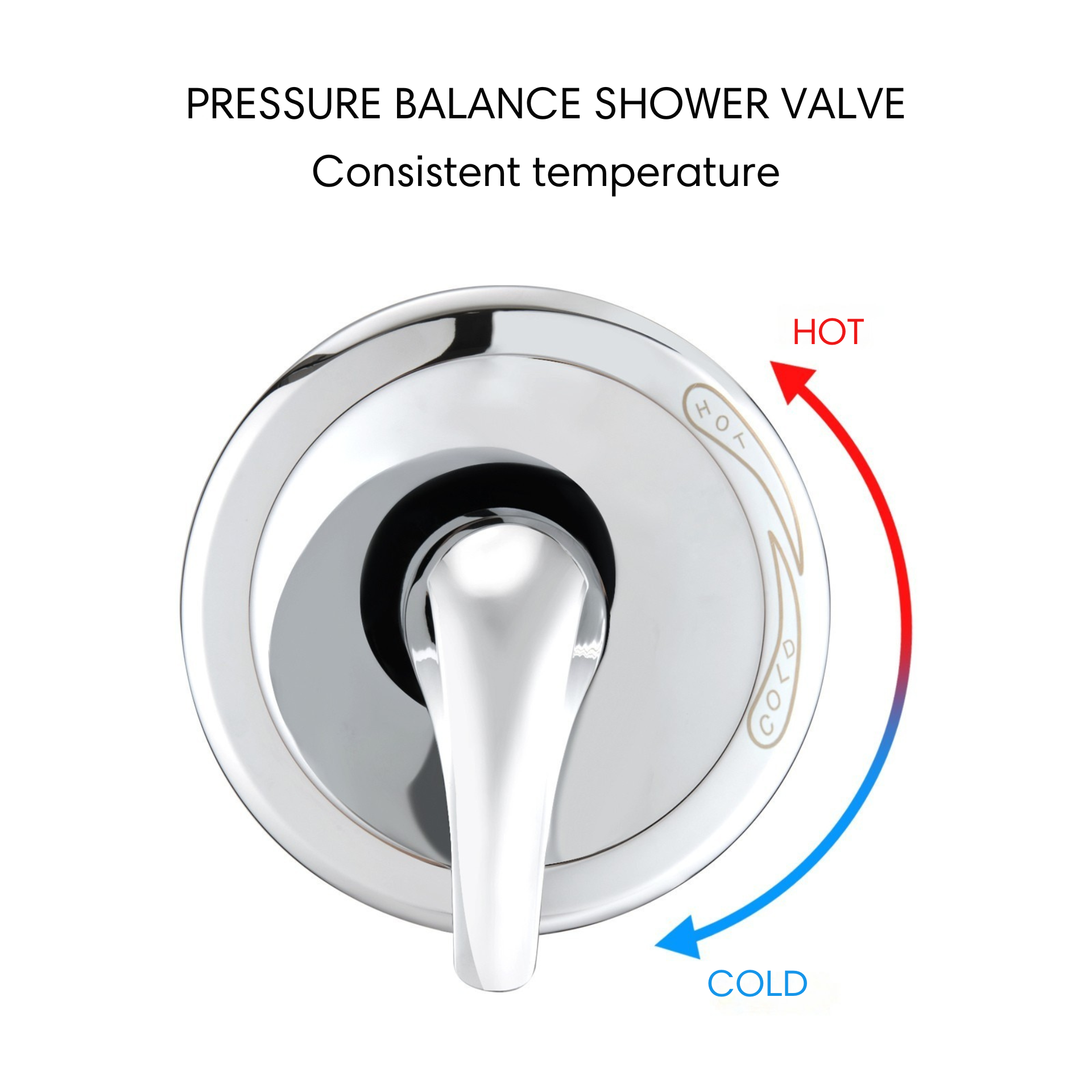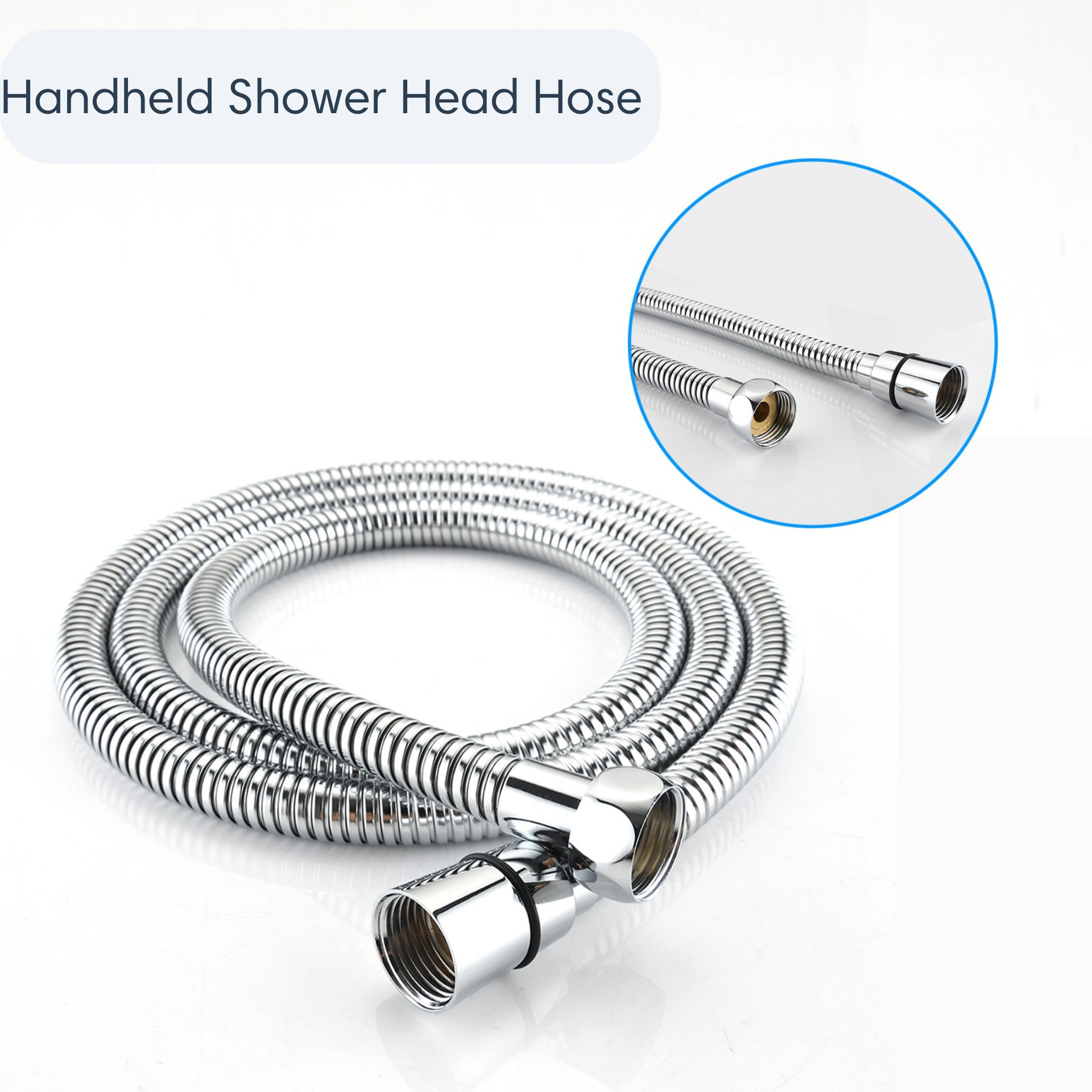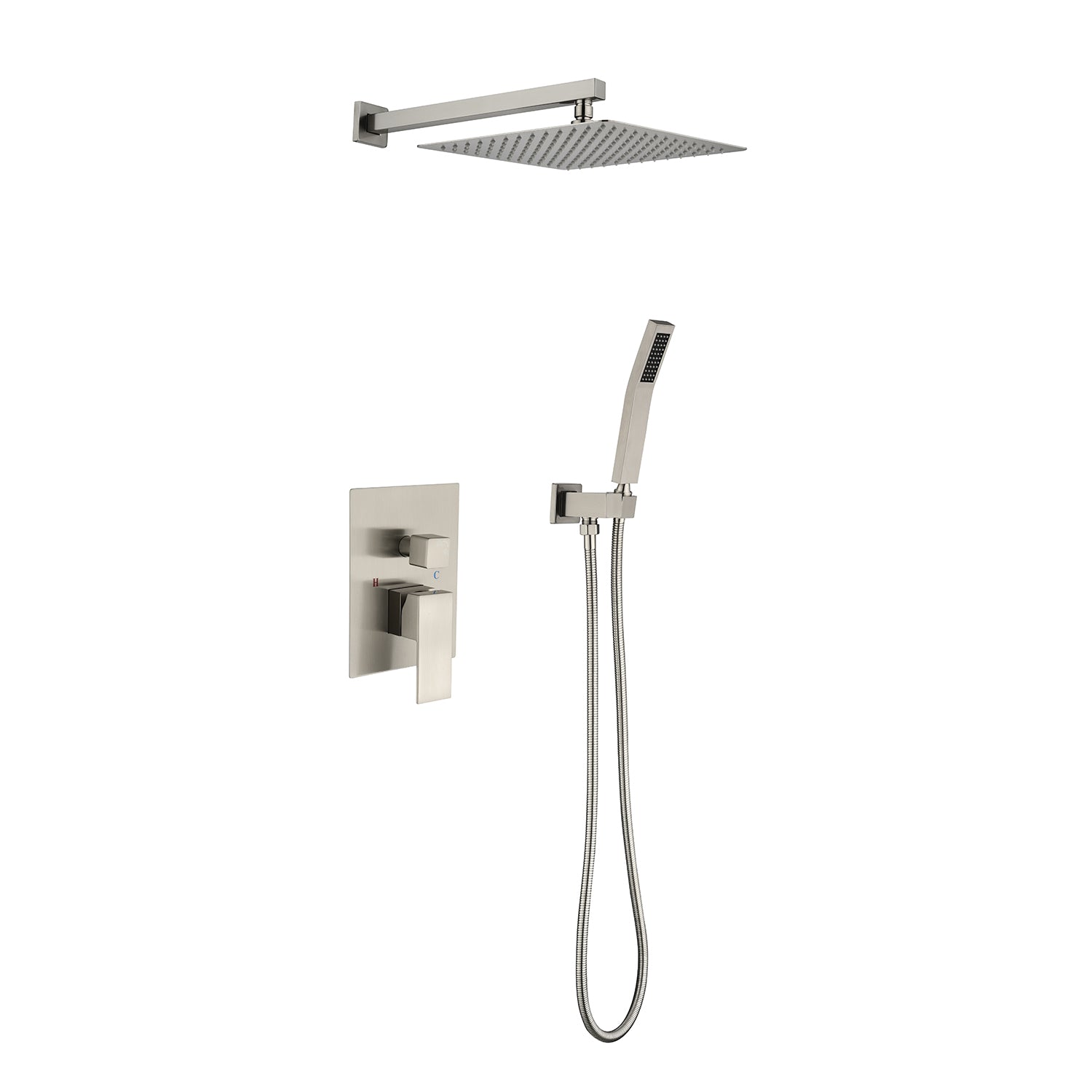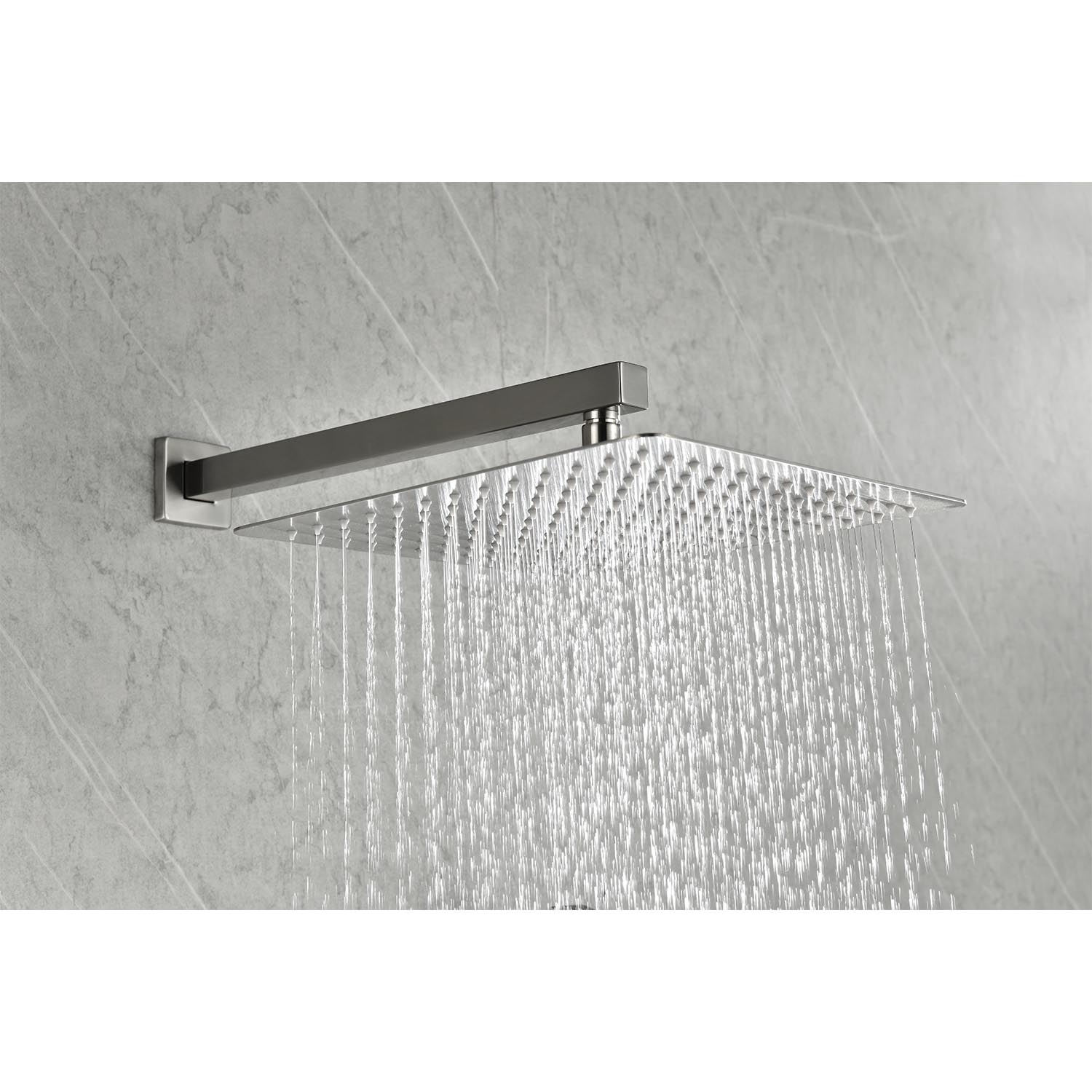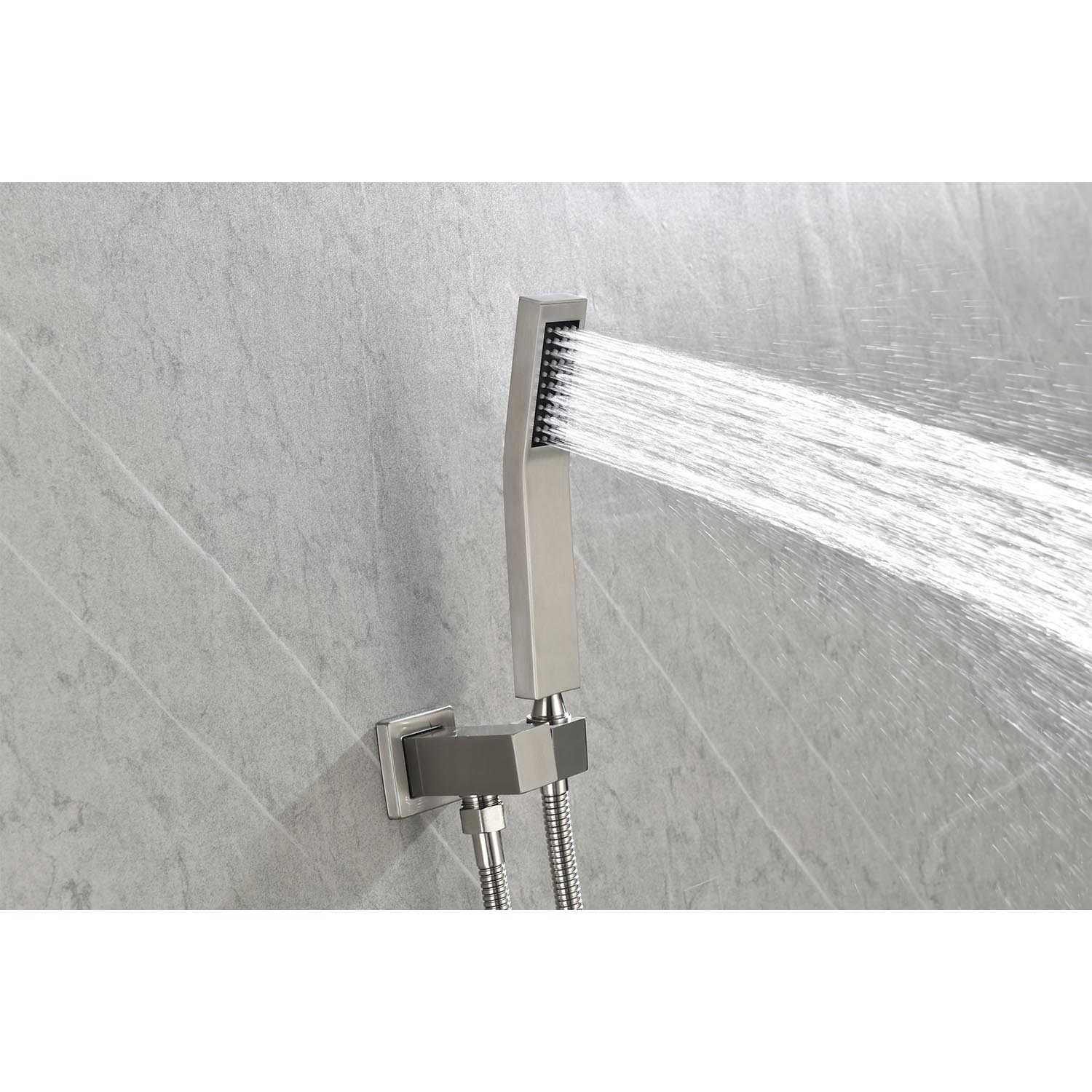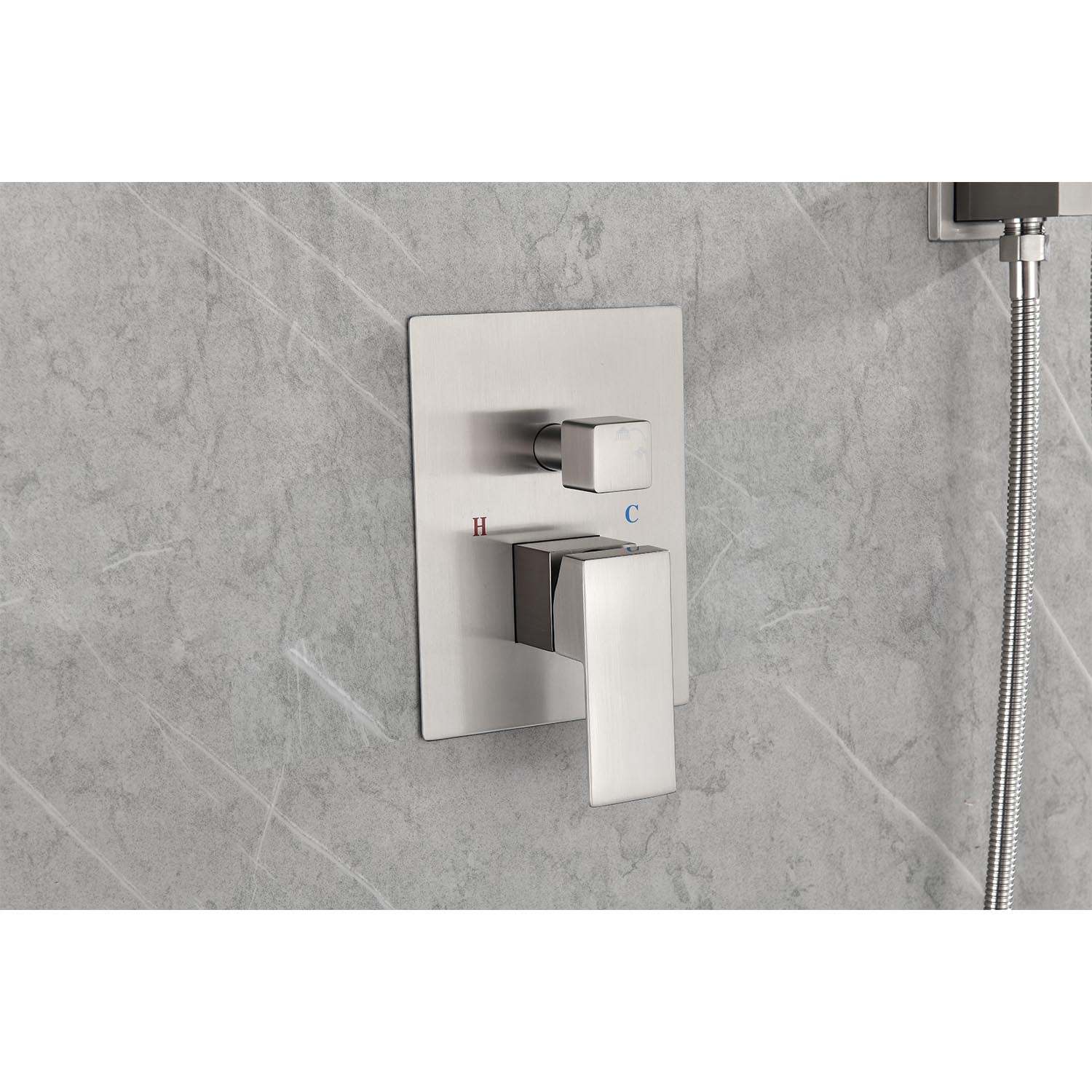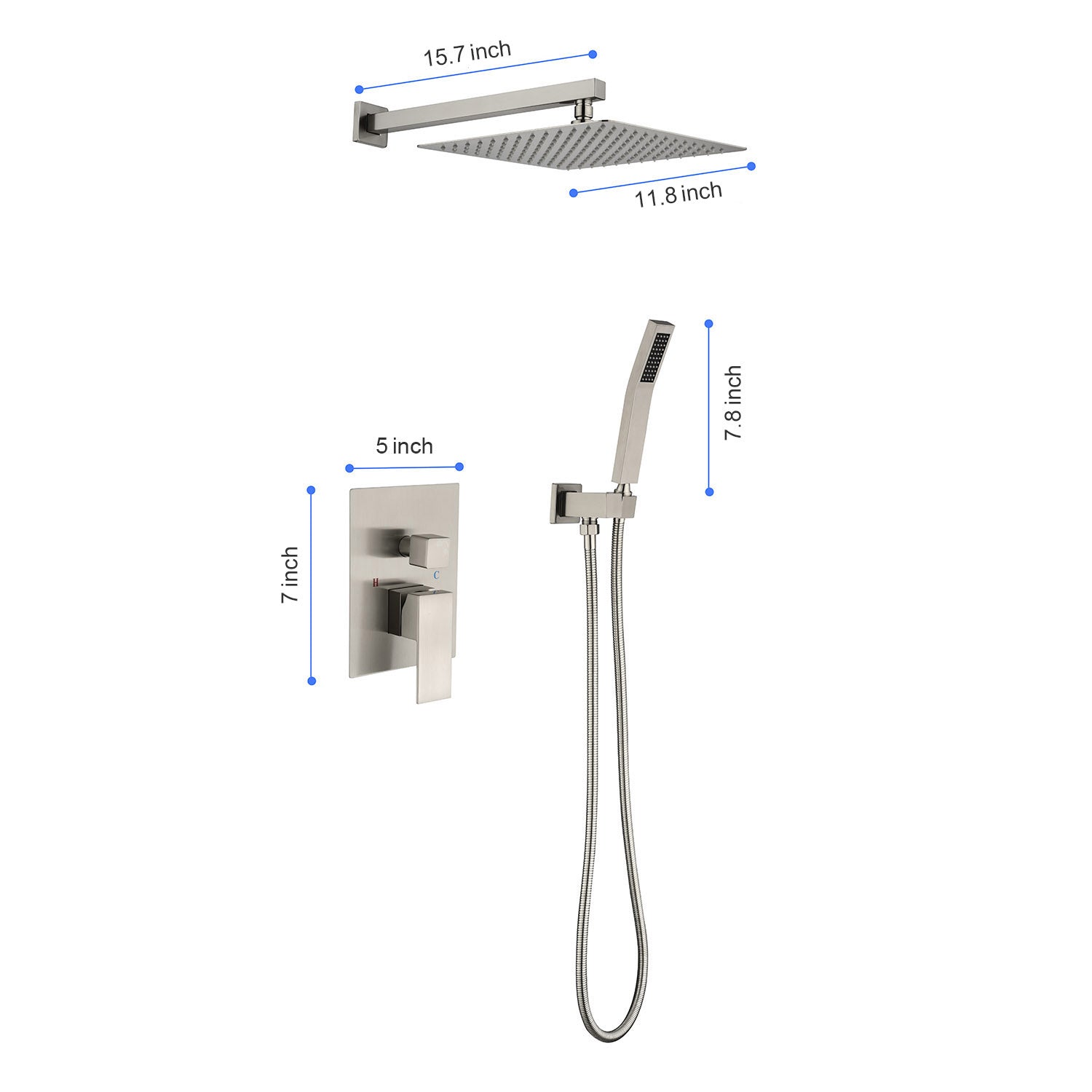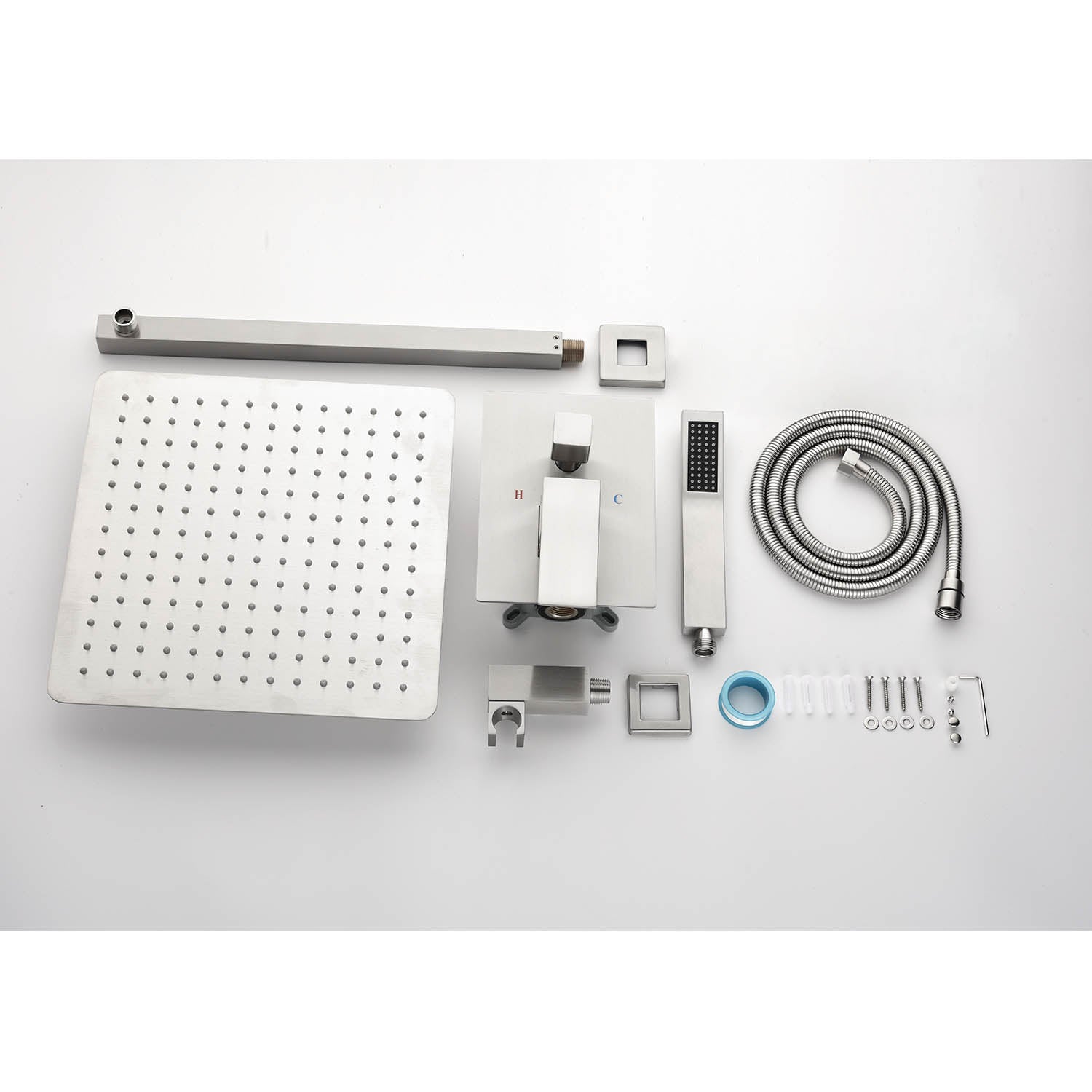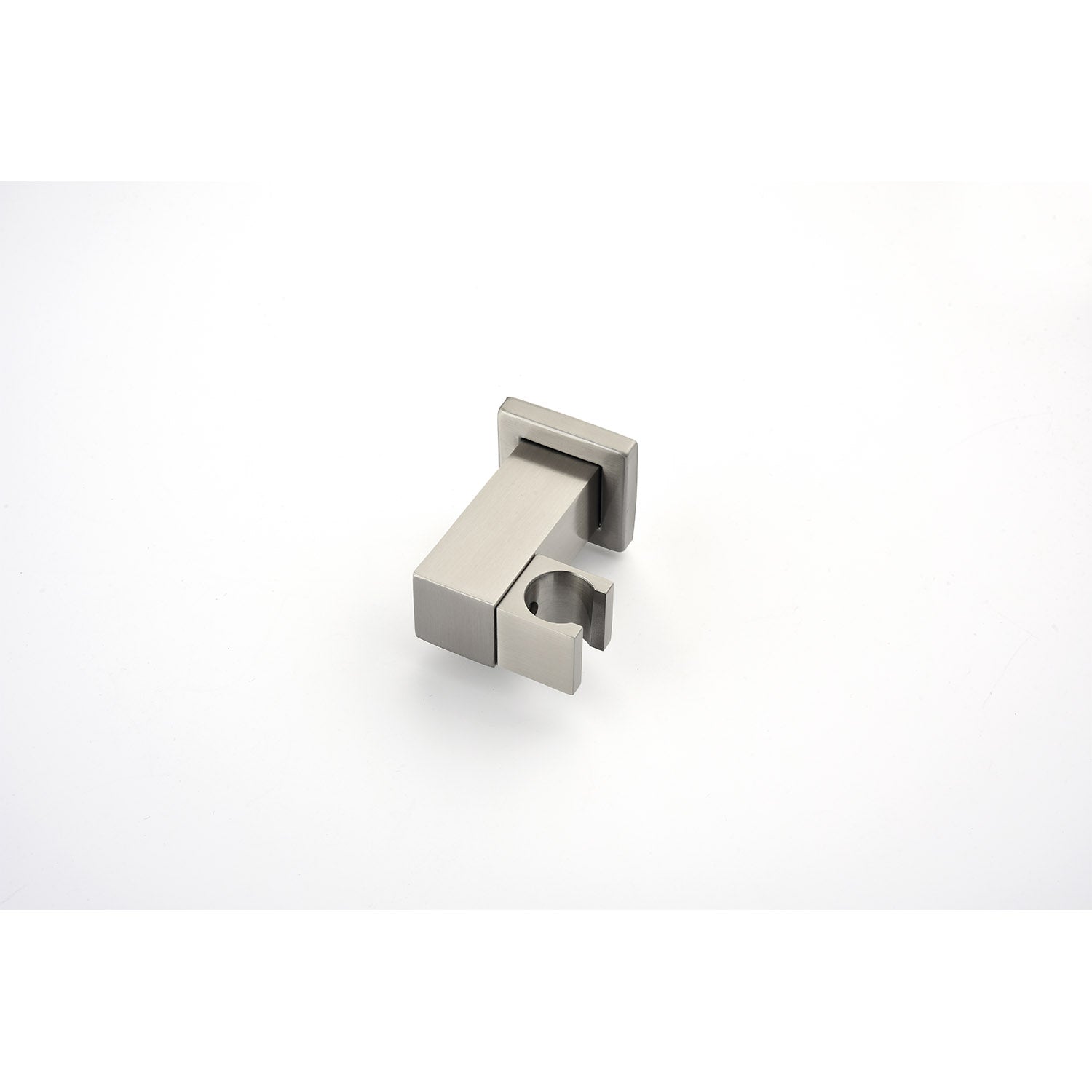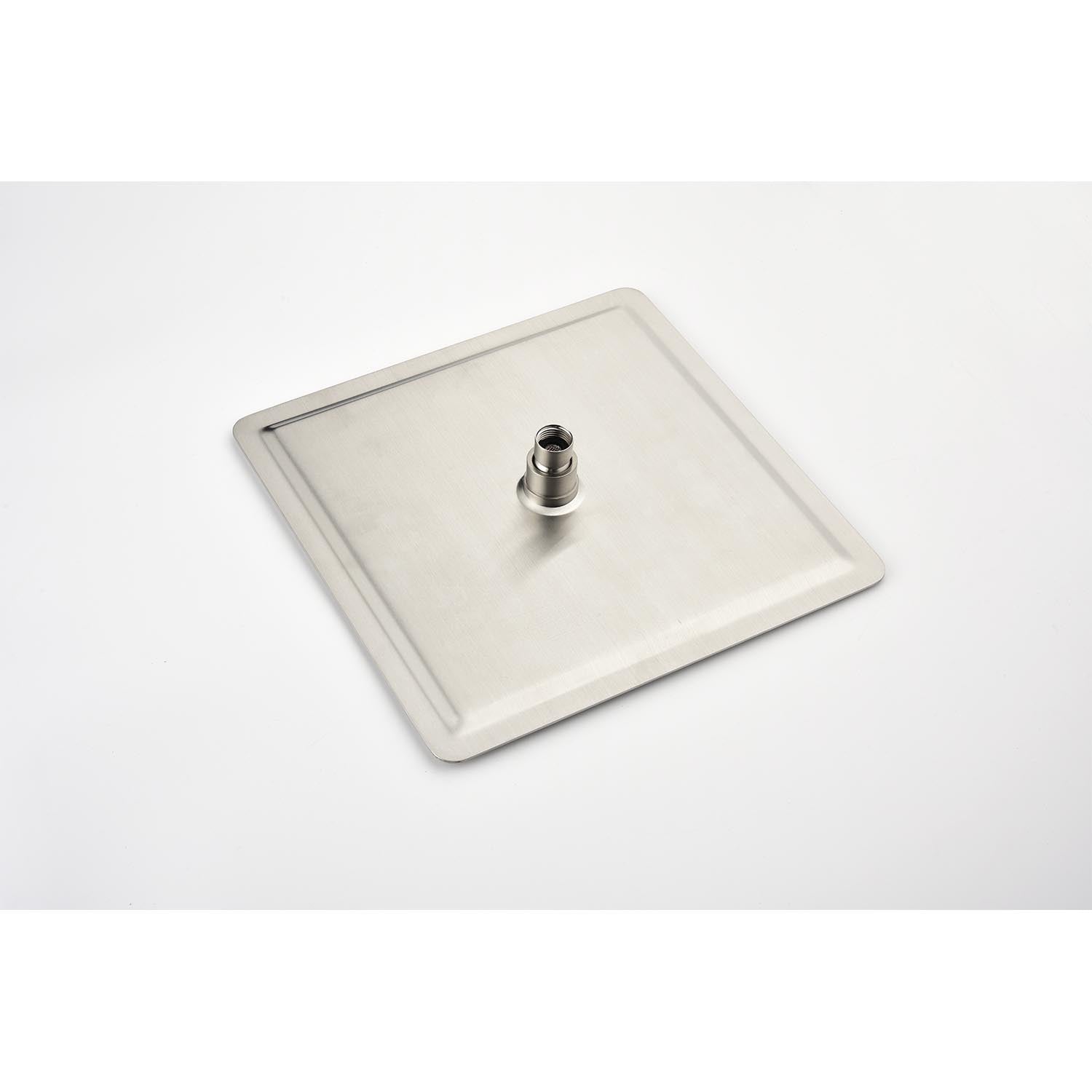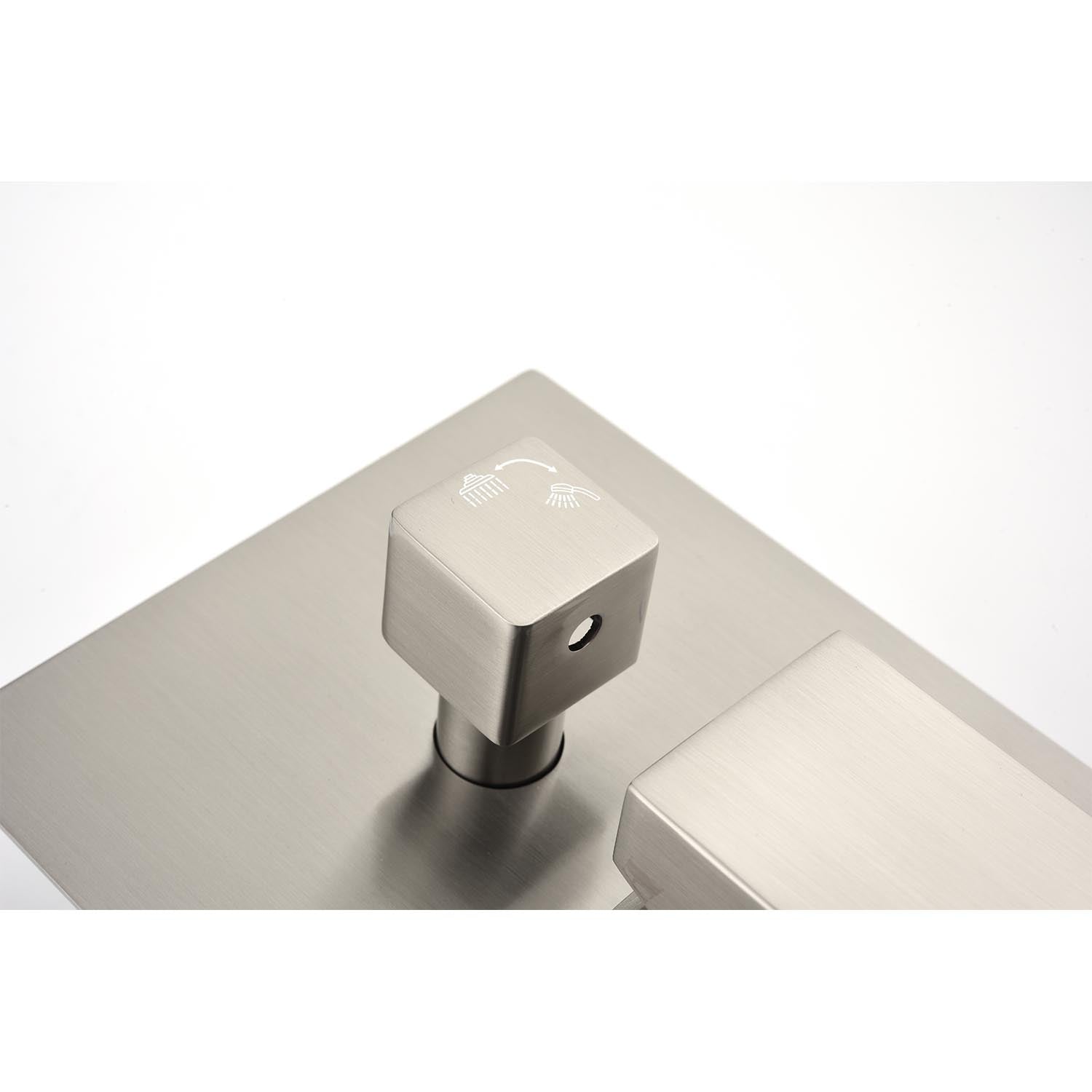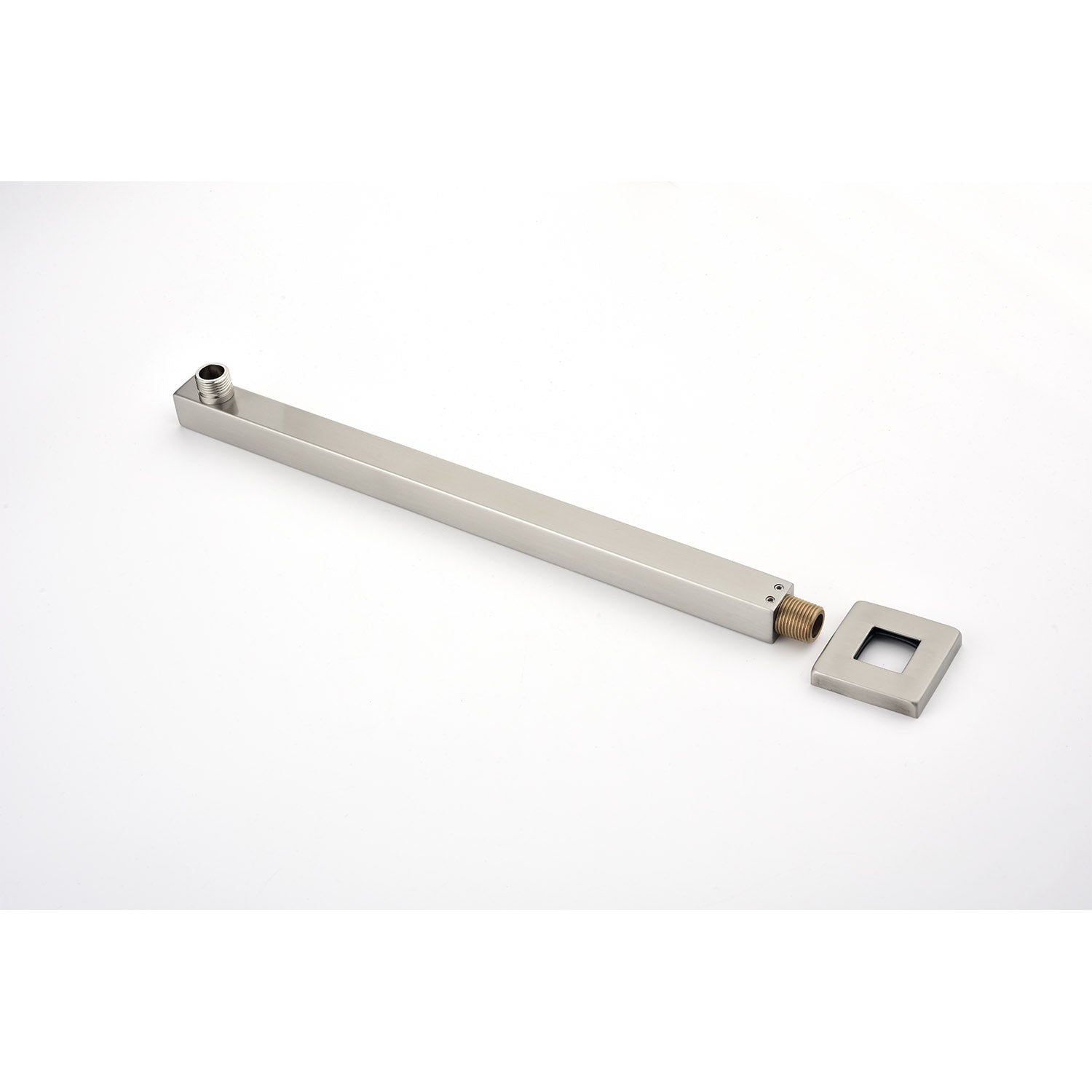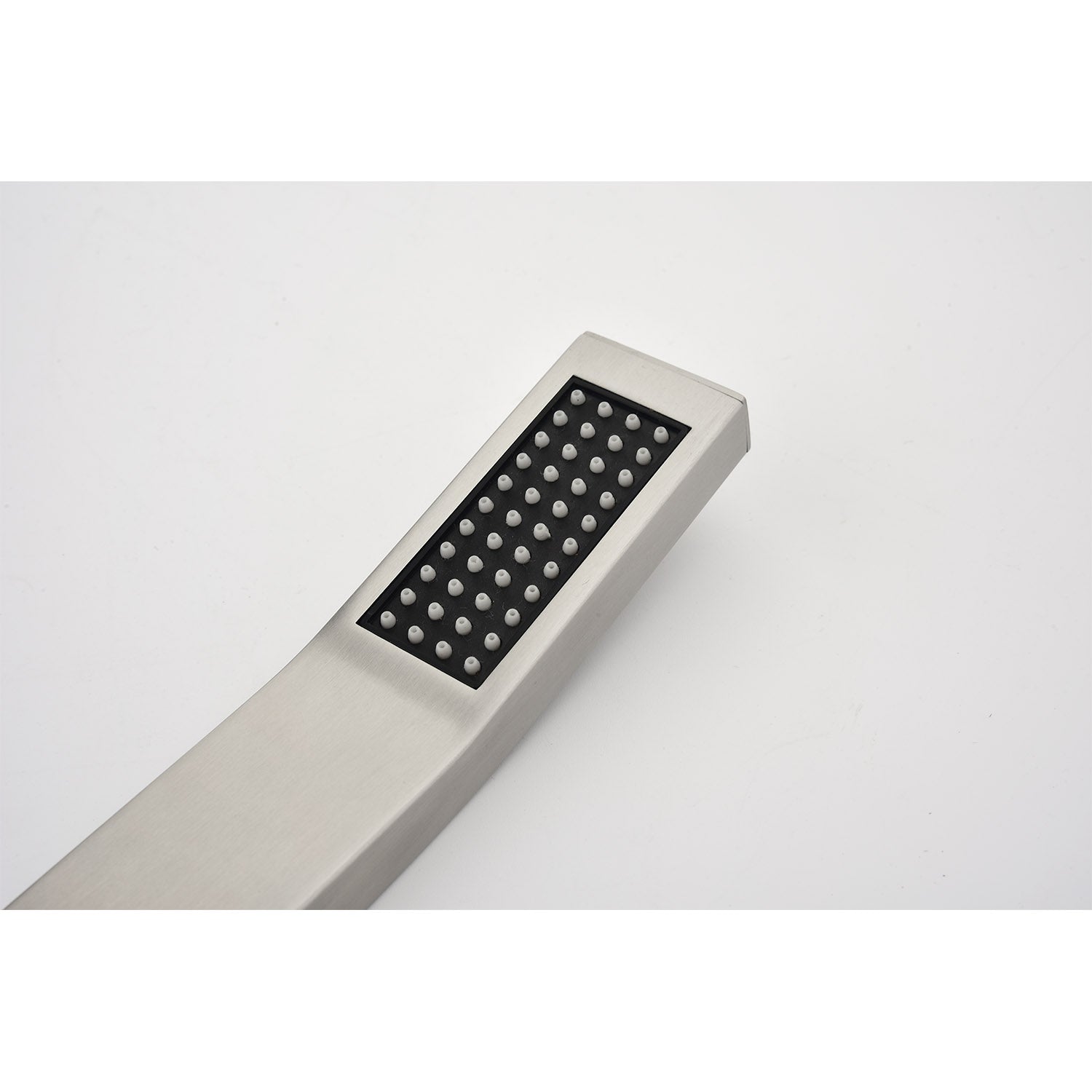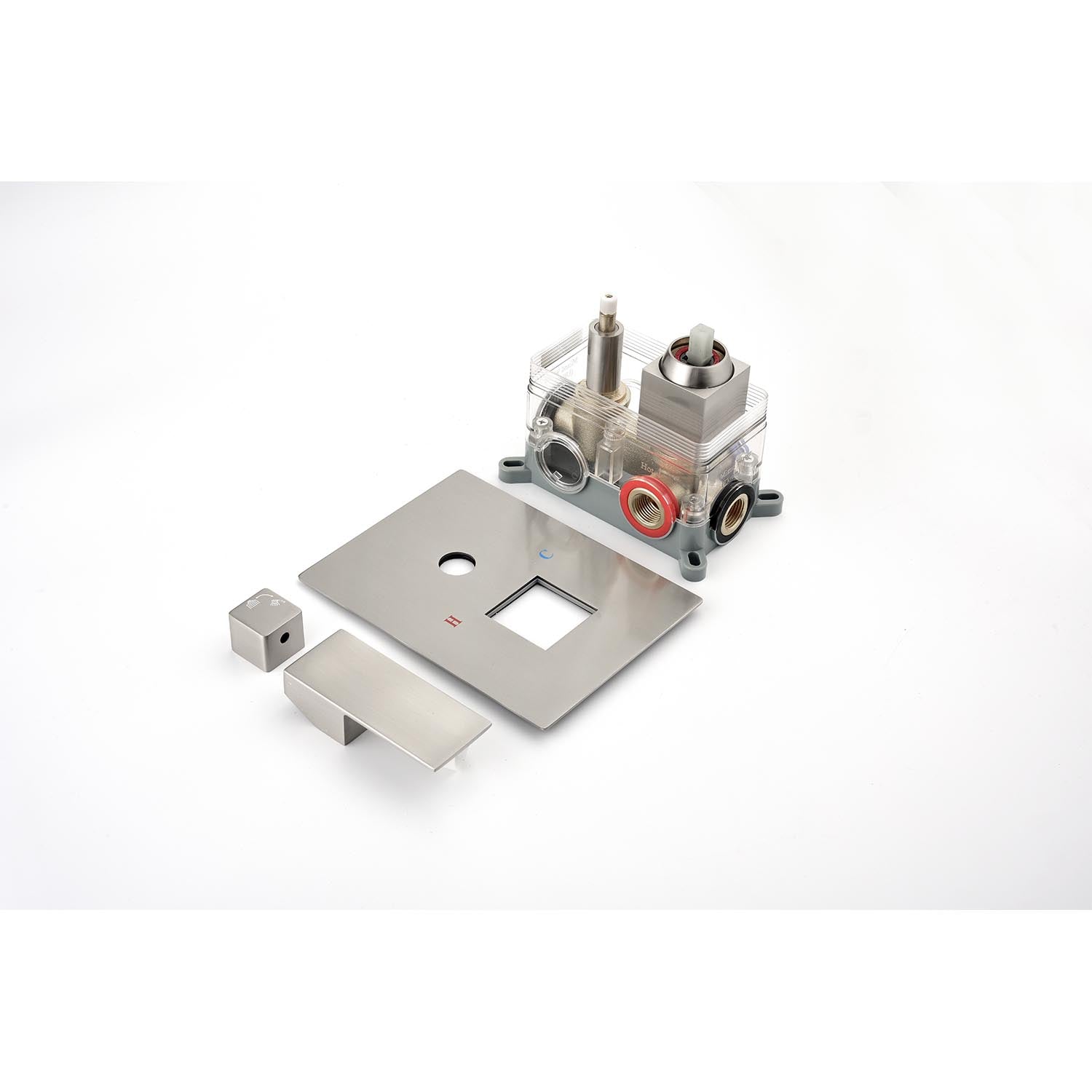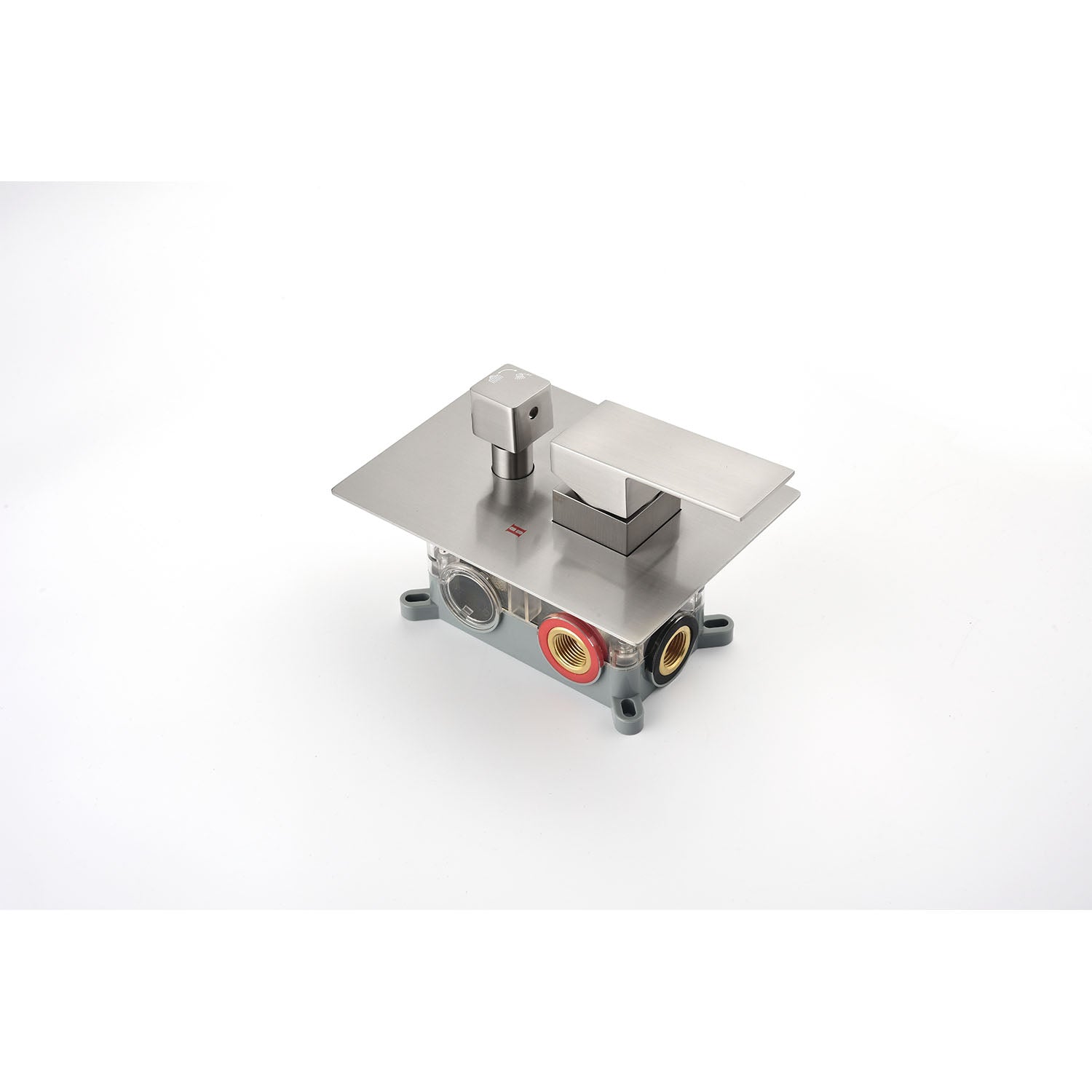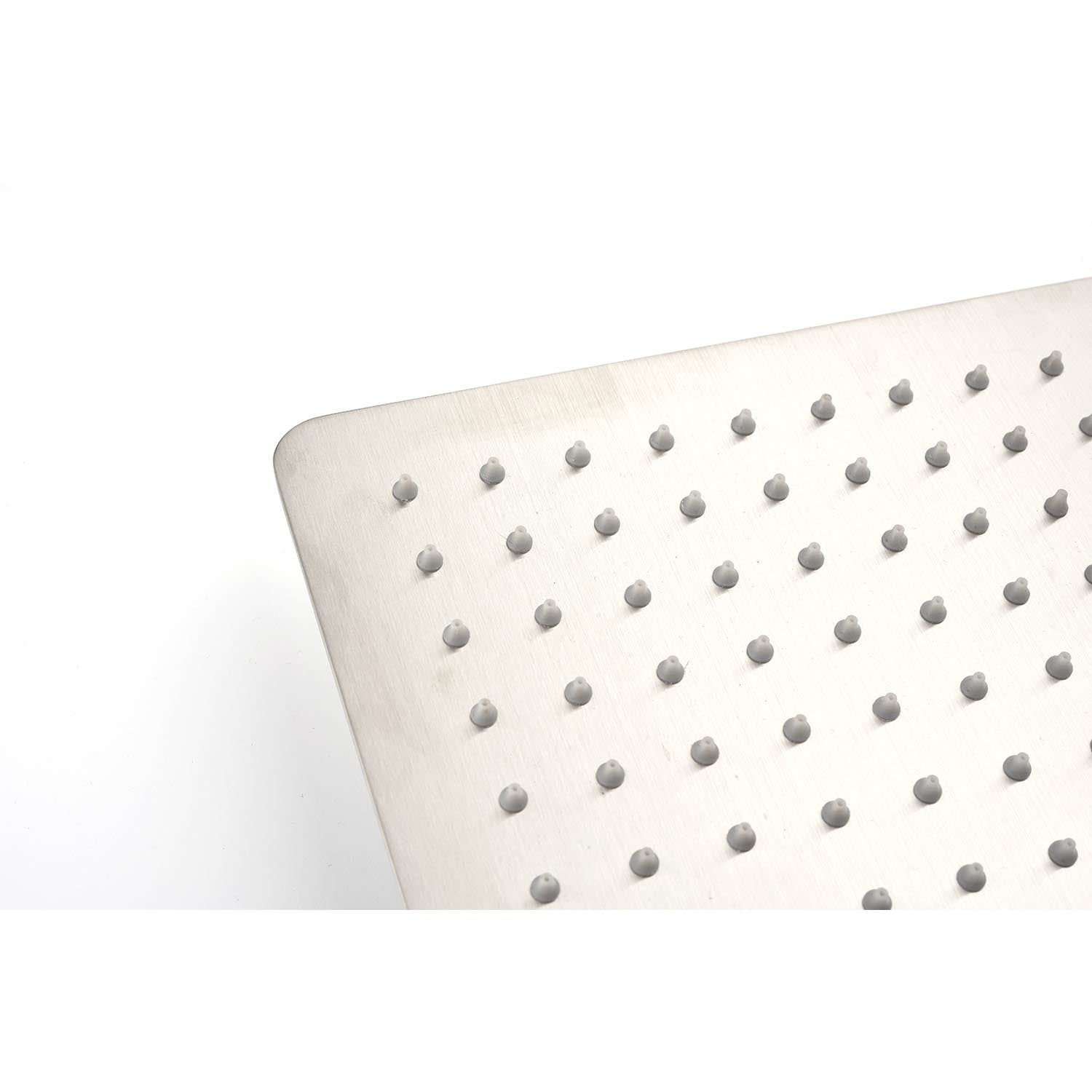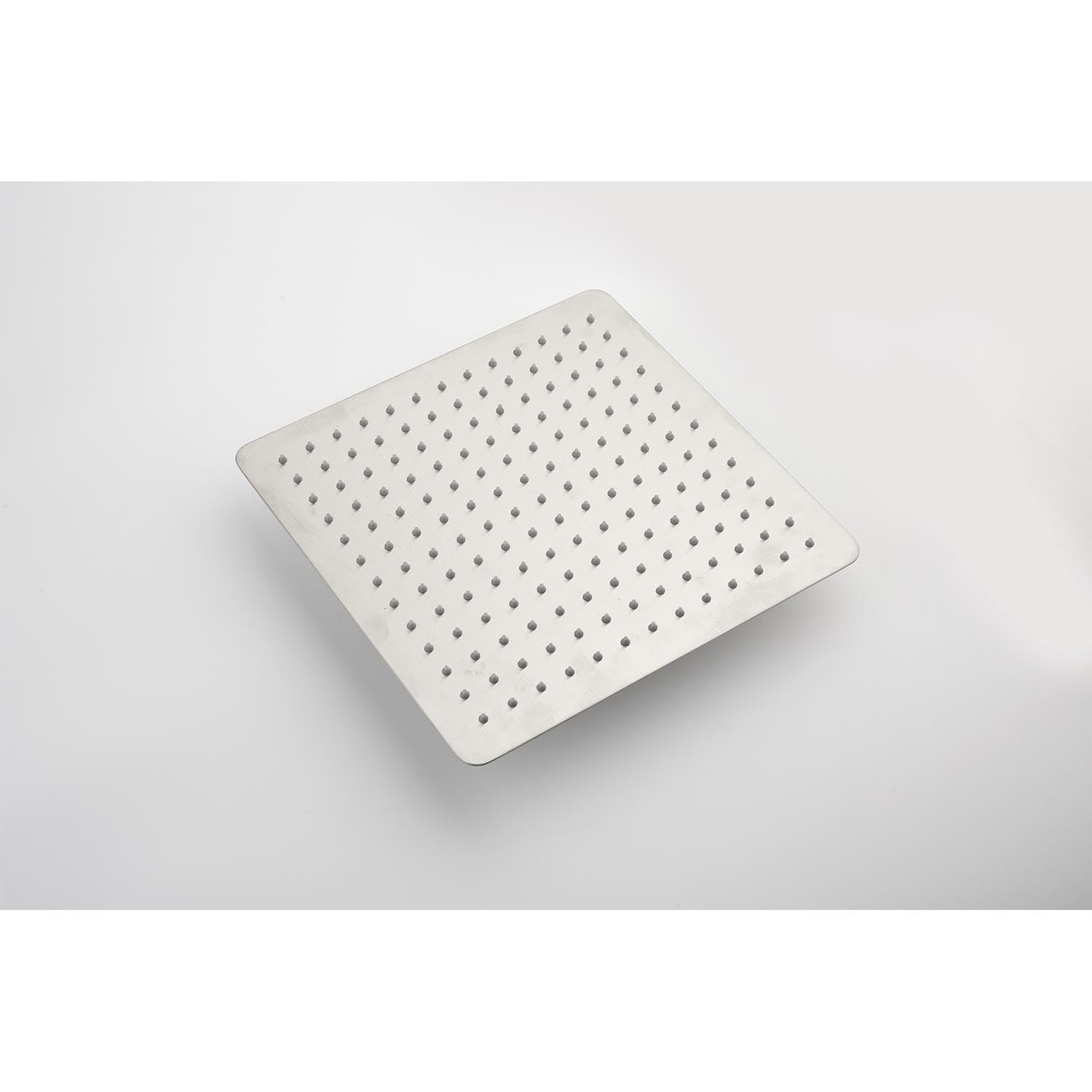Table of Contents
- 1. Ideal Range for Average Shower Temperature
- 2. How Temperature Affects Skin
- 3. Water Temperature and Hair Health
- 4. Family Needs and Shower Temperature
- 5. Bathroom Impact of Average Shower Temperature
- 6. Find Your Ideal Average Shower Temperature
- 7. Conclusion
- 8. FAQ
- 9. Related Articles
Introduction
You might not realize it, but a bad bath experience can ripple into the rest of your day. Water that's too hot can make your skin feel itchy and overly dry; water that's too cold can leave you shivering. The culprit? In many cases, it’s simply that your average shower temperature hasn’t been properly set.
In most home renovation plans, you’ll see fixtures like “tile texture” and “toilet brand” carefully selected. Yet few homeowners pay attention to an equally crucial comfort factor: average shower temperature. And that oversight comes at a cost. According to the U.S. Department of Energy (2022), improperly set shower temperatures can result in up to 17% higher energy consumption and contribute to premature wear of water heaters, glass fogging, and mold buildup on walls.
Let’s take a closer look at how understanding your average shower temperature can elevate your daily comfort, energy efficiency, and even family harmony.

1. Ideal Range for Average Shower Temperature
A comfortable and health-conscious shower starts with dialing in the right average shower temperature. Experts recommend keeping it between 98°F and 104°F (37°C - 40°C)—a sweet spot for maintaining comfort, protecting your skin, and minimizing energy waste.
The American Academy of Dermatology warns that water over 105°F can damage the skin’s natural barrier, leading to irritation and dryness. Conversely, temperatures below 95°F may make it hard for your body to regulate warmth, especially in colder climates.
Your body will let you know when the average shower temperature is just right: your skin stays relaxed, not flushed or tight, and you finish feeling refreshed, not overheated.
2. How Temperature Affects Skin
If your skin feels dry, tight, or itchy after a shower, the season might not be to blame—it could be your average shower temperature.
Dr. Laura Graf (Skin Health Today, 2022) found that even five minutes of exposure to water over 104°F significantly reduces the moisture content of the skin’s protective layer. The Dermatology Review (2023) further reports that applying moisturizer within three minutes of a shower set to a controlled average shower temperature can improve water retention by up to 43%.
Maintaining a consistent average shower temperature around 100°F not only preserves hydration but also reduces the risk of eczema flare-ups, redness, and seasonal irritation. Keeping bath linens clean, like regularly changing your washcloth, also protects your skin barrier.

3. Water Temperature and Hair Health
Your hair is just as sensitive to temperature as your skin. Industry research reveals that 72% of women overlook how average shower temperature affects hair texture and moisture.
Using excessively hot water causes hair cuticles to remain open too long, which strips away natural oils, increases frizz, and leads to brittle ends. Pairing this with the right shower head can further reduce damage. To protect your hair:
- Wash your scalp with warm water around 100°F to open the pores.
- Rinse with cooler water (around 85°F) to seal the cuticles.
- Keep your average shower temperature throughout the process no higher than 102°F.
Many digital showers now offer custom profiles, allowing you to create a preset “hair-care mode” that automatically adjusts the average shower temperature in steps for optimal results.
4. Family Needs and Shower Temperature
In every household, there's usually at least one person who loves steaming showers and another who can’t tolerate the heat. Balancing everyone's preference is a common challenge—and a key reason why flexible average shower temperature settings matter.
Consider the example of a Chicago family of five. After the mother experienced frequent dizziness post-shower, they discovered the water temperature regularly hit 108°F. Once they installed a digital thermostat system, each person could save their ideal average shower temperature, leading to improved comfort and 18% lower water usage (Moen, 2023).
Products like Ace Decor Smart Shower or KOHLER DTV Prompt allow for multiple user profiles—such as “Kid Mode” at 98°F or “Evening Relaxation” at 102°F—giving everyone a personalized bathing experience.
5. Bathroom Impact of Average Shower Temperature
Your average shower temperature doesn’t just impact how you feel—it affects your bathroom infrastructure, too. Overly hot water used consistently can cause:
- Tile grout to crack due to frequent expansion and contraction.
- Persistent fogging on mirrors, reducing long-term visibility.
- Exhaust fans and dehumidifiers to overwork, shortening their lifespan.
Material choices, like metal vs. modern shower pans, also affect durability.
The 2023 North American Bathroom Maintenance Report showed that homes with smart temperature controls had 19% lower maintenance costs over a 2-year period. That’s a compelling reason to factor digital average shower temperature control into your renovation budget.
6. Find Your Ideal Average Shower Temperature
Many people guess their ideal water temperature, but the difference between 100°F and 104°F can feel dramatic. A good method to discover your preferred average shower temperature is the “7-Day Test”:
- Days 1-2: Try 98°F and note your comfort.
- Days 3-4: Raise to 100°F, observe how your skin reacts.
- Days 5-6: Test 102°F and evaluate post-shower relaxation.
- Day 7: Try 104°F to see if it affects sleep quality or causes any discomfort.
Document your skin feel, energy level, and sleep after each setting. Once you identify your sweet spot, program it as your default average shower temperature in your digital shower system for consistent, stress-free baths.
This approach also helps reduce water waste and eliminates the need to adjust knobs every time.
Conclusion
While it's tempting to focus on aesthetics—like tile finishes or vanity styles—true bathroom luxury lies in consistent, customized comfort. And that starts with setting the right average shower temperature.
Water temperature directly influences skin health, hair condition, energy use, and even household relationships. The good news is, modern technology lets you personalize and automate your ideal temperature settings so you never have to compromise.
Next step?
Discover how our intelligent temperature control showers can bring lasting comfort and efficiency into your daily routine. The right average shower temperature isn’t just a number—it’s a choice that elevates your lifestyle.
FAQ
Q1: Do elderly family members have specific needs for average shower temperature?
Yes. For older adults, 95°F to 98°F is typically safest. Using a digital shower with an auto-limit feature ensures they won’t accidentally turn the heat too high.
Q2: How can I stop children from changing the average shower temperature themselves?
Use systems with parental lock or temperature caps. Grohe SmartControl, for example, lets you set upper limits for average shower temperature.
Q3: Is a smart thermostat worth installing in rental properties like Airbnb?
Absolutely. You can pre-set the average shower temperature to 102°F and prevent guests from overheating water—protecting both your property and guests.
Q4: Should I adjust my average shower temperature in colder or high-altitude areas?
Yes. You can increase the setting by 1–2°F to maintain comfort, but still keep it under 104°F for safety.
Q5: How do I know if my water heater supports precise average shower temperature control?
Check your user manual for digital interface compatibility, or contact the manufacturer to confirm it can work with third-party smart systems.
Related Articles:
How to Install a Shower Conversion Kit for Any Bathtub: Step-by-Step Guide
How Often Should You Change Your Washcloth? A Practical Guide to Bathroom Hygiene
